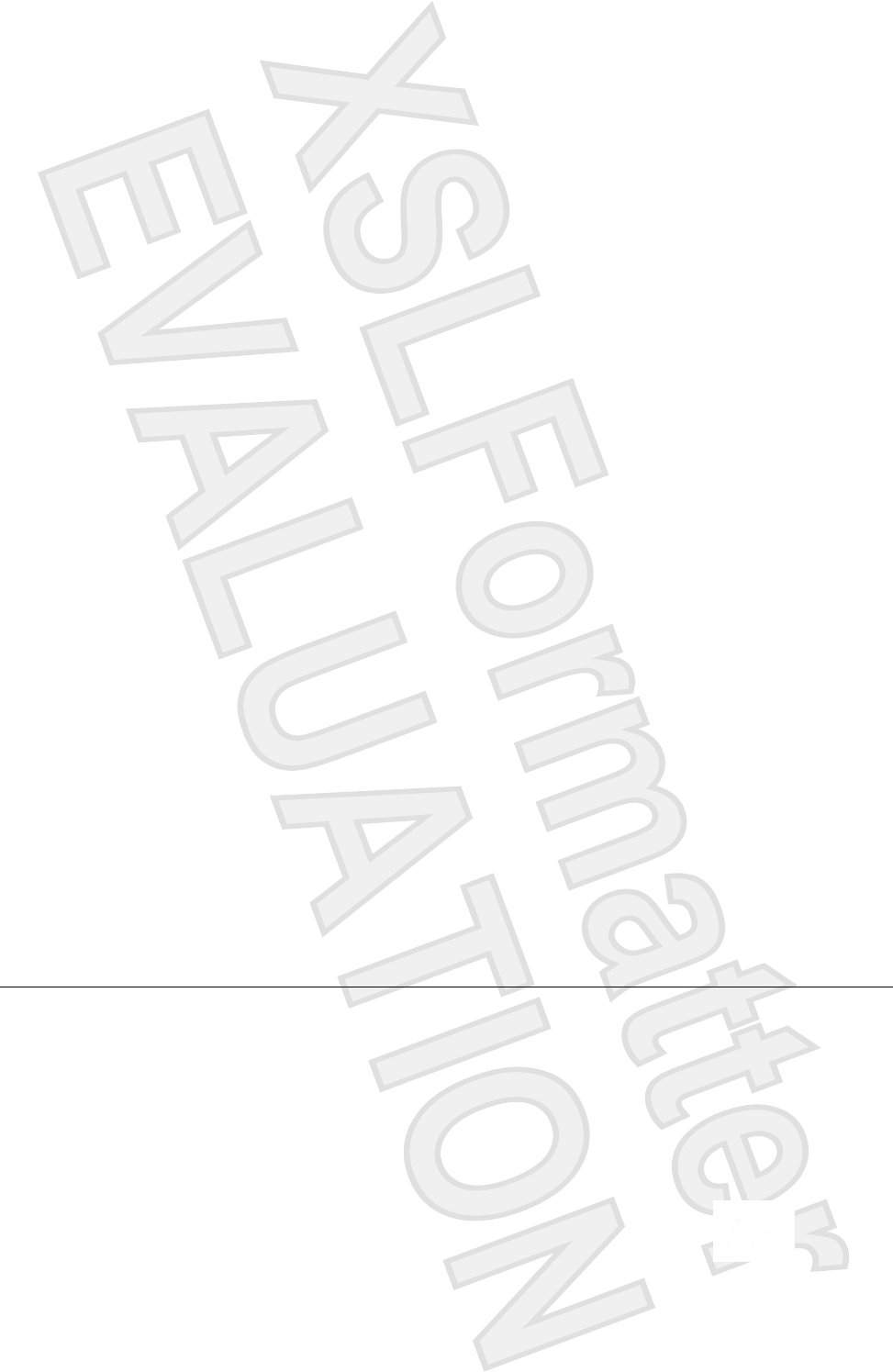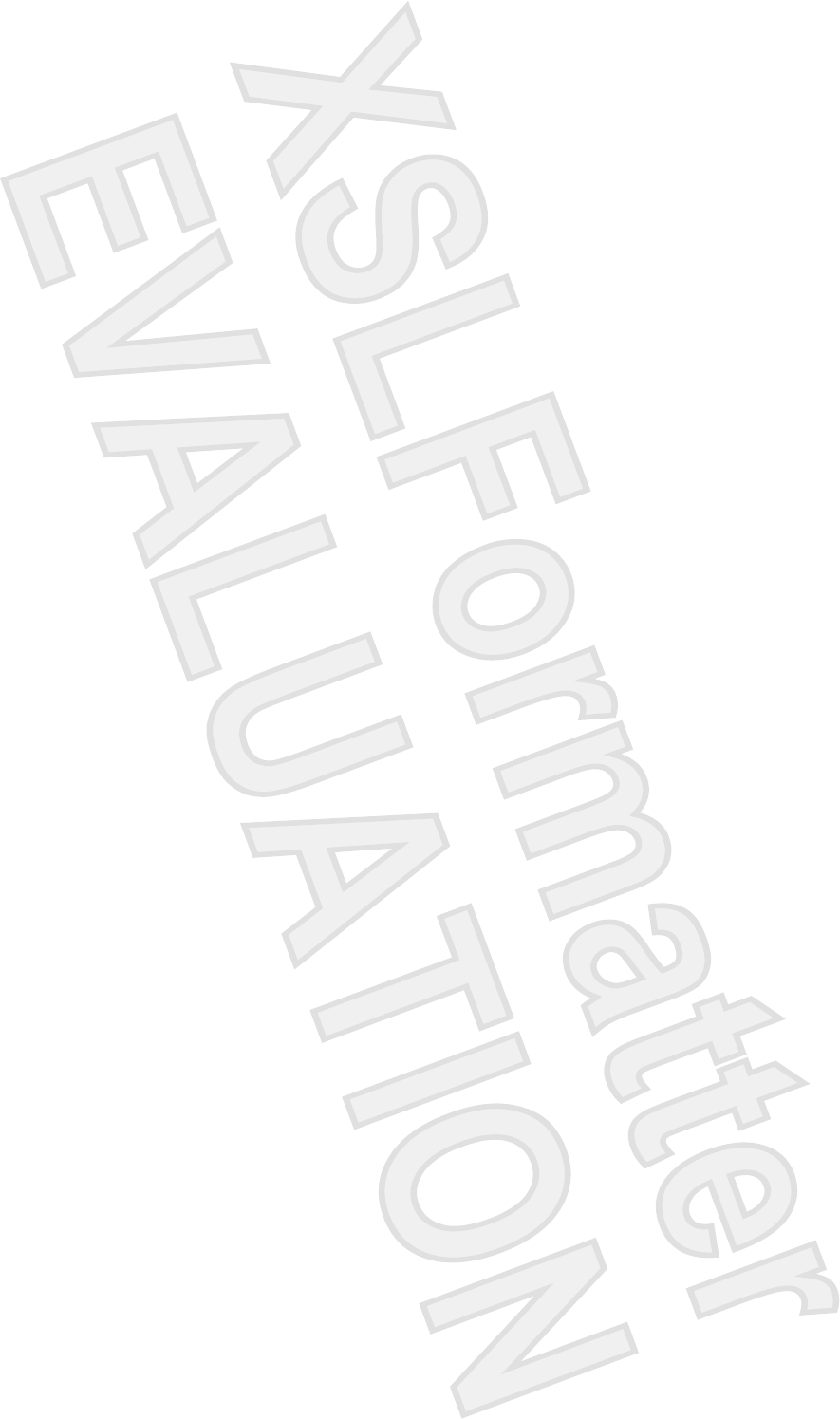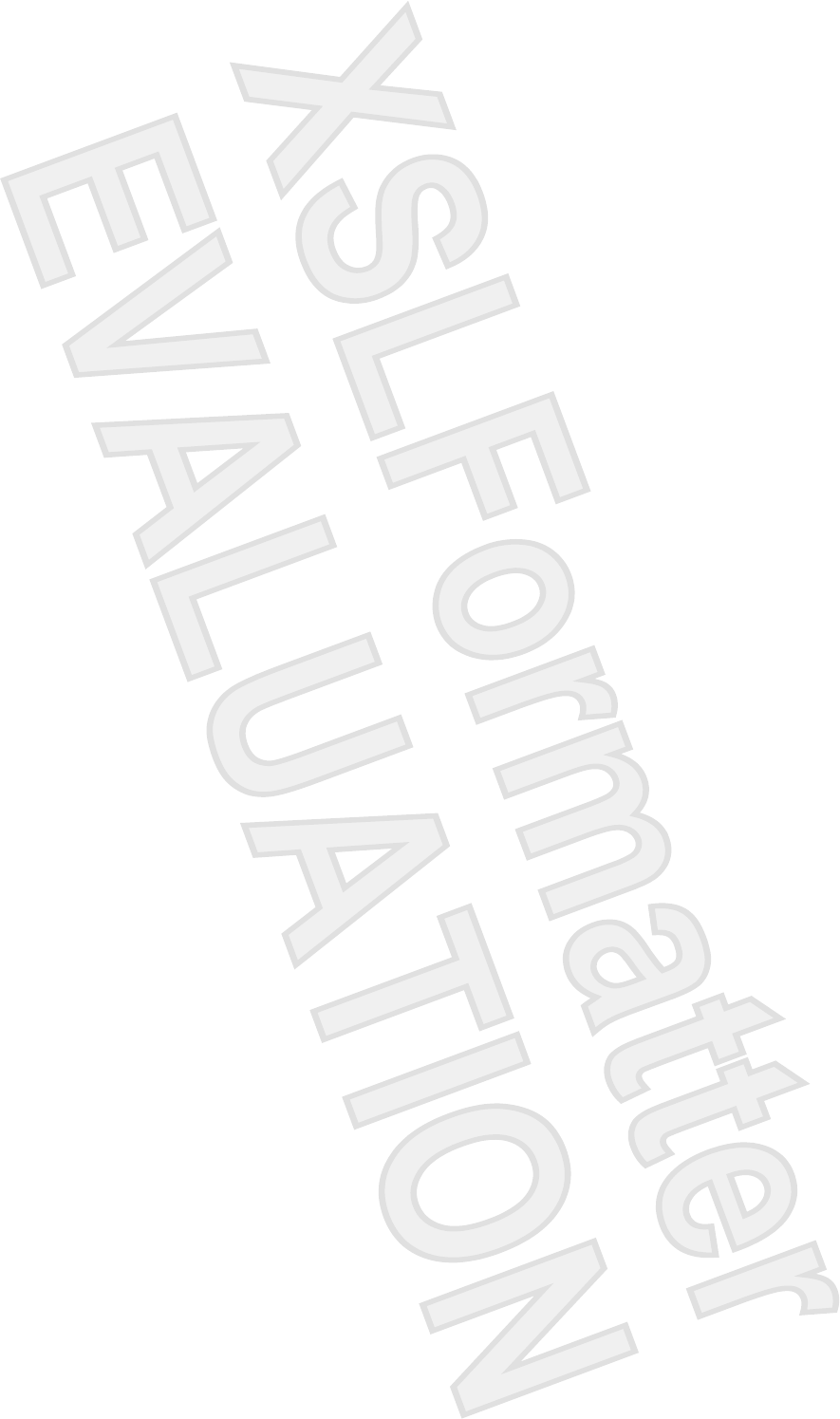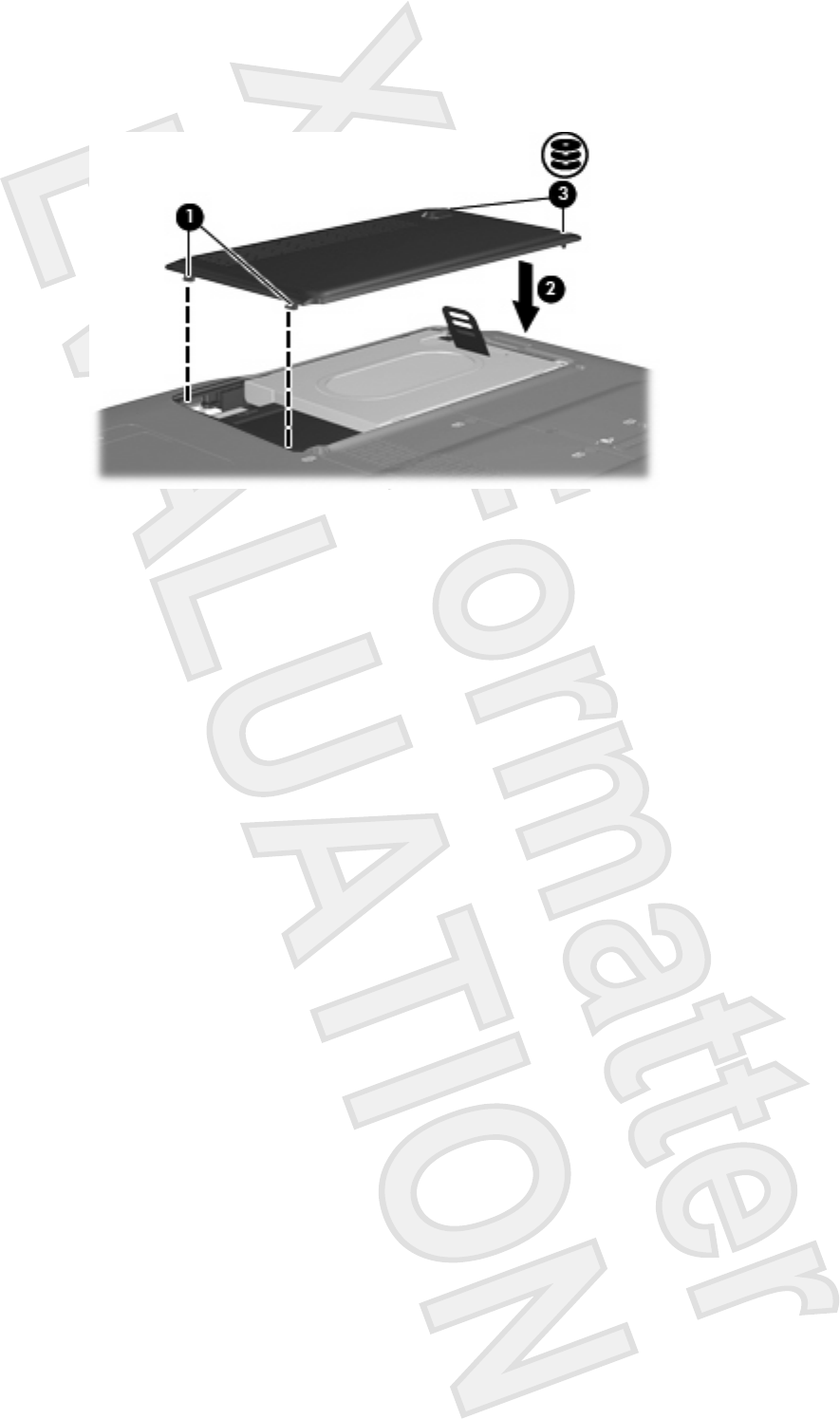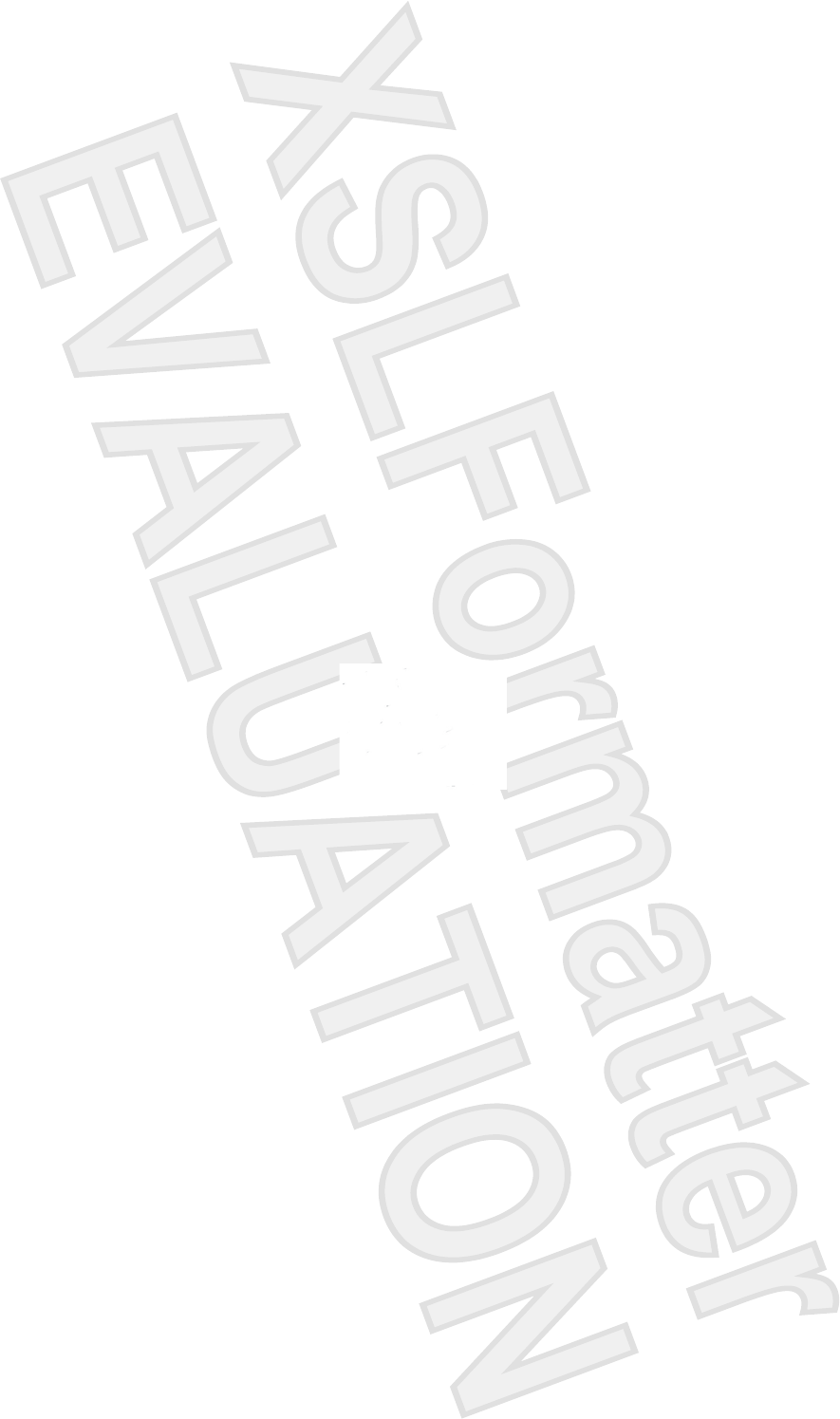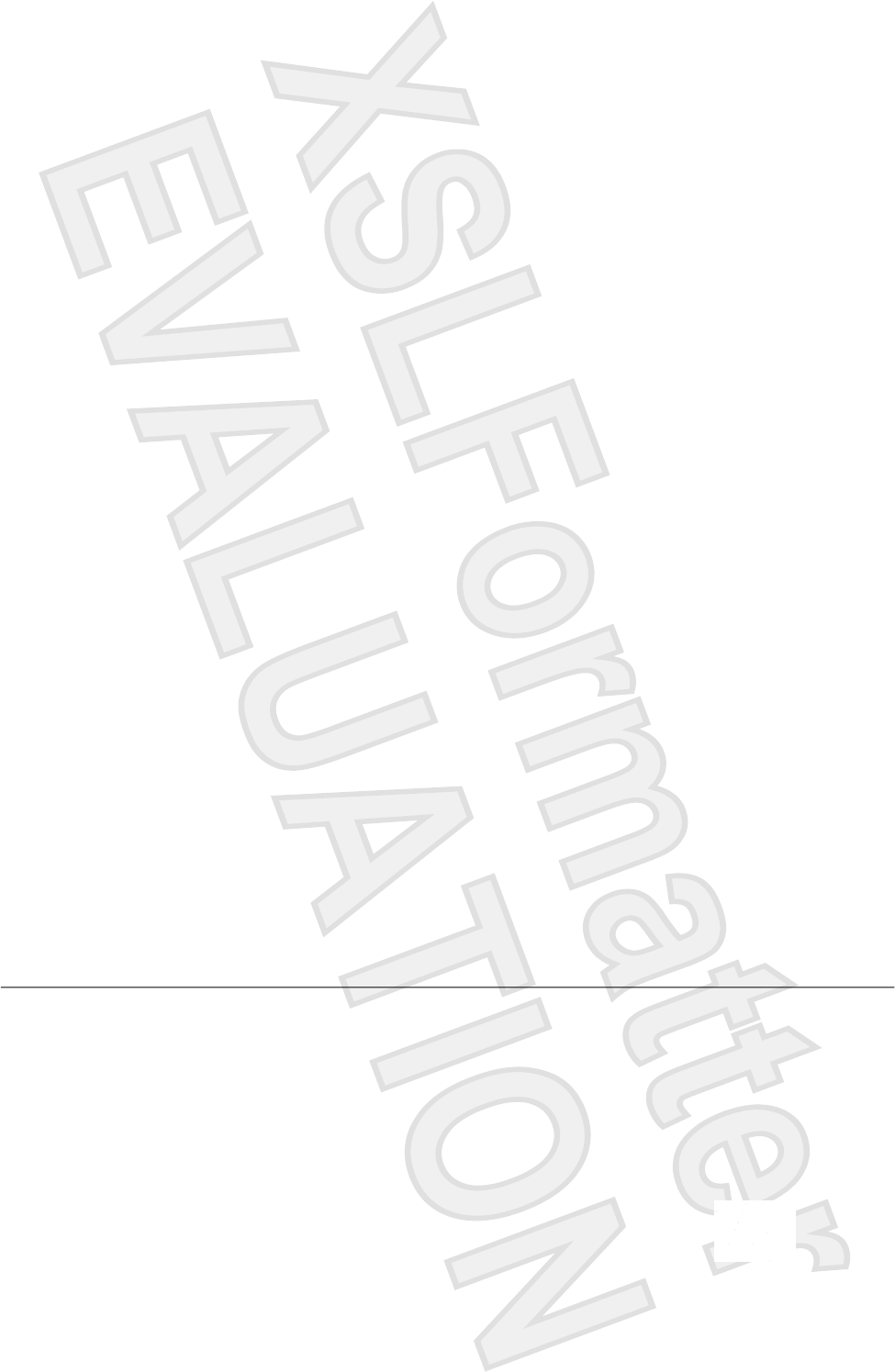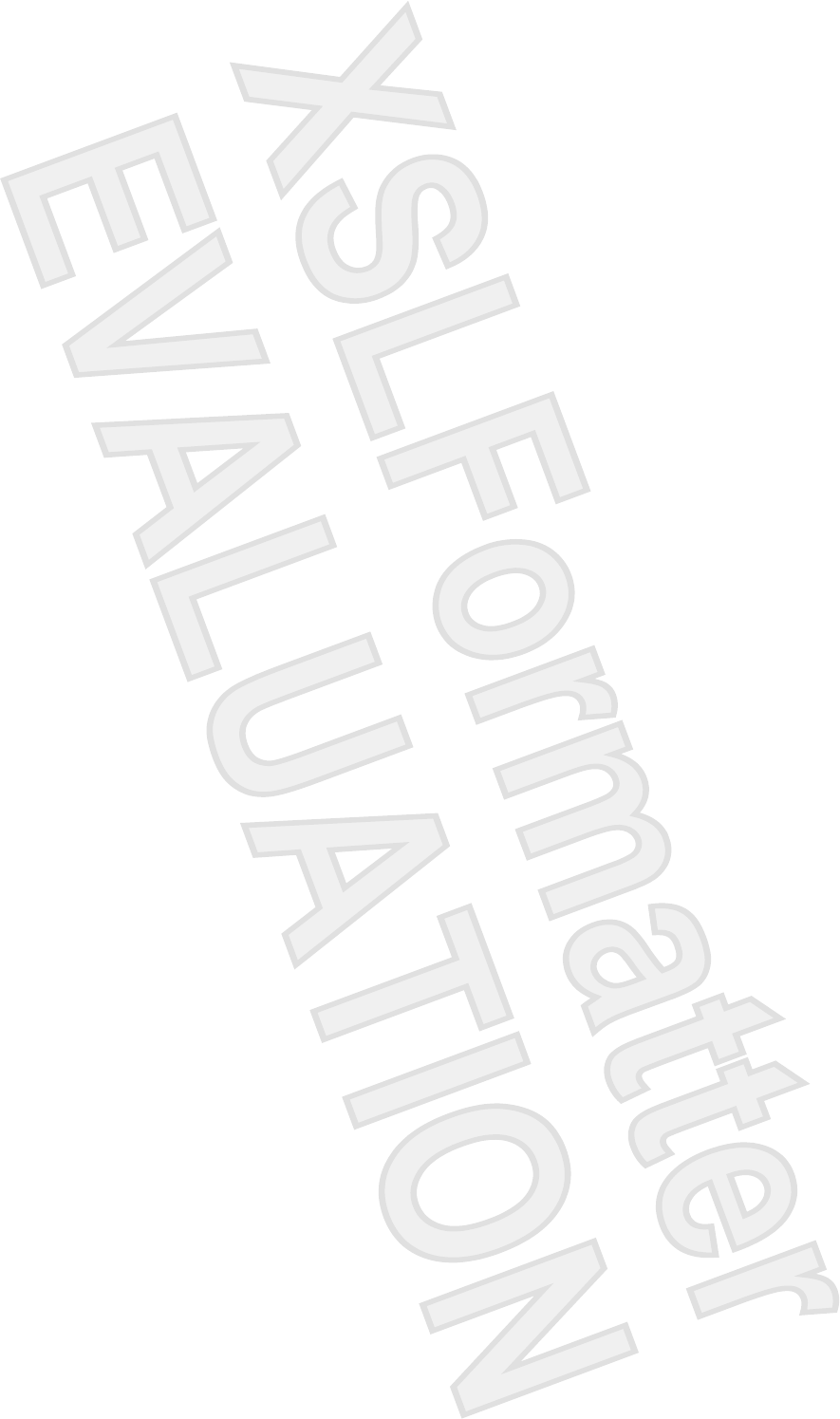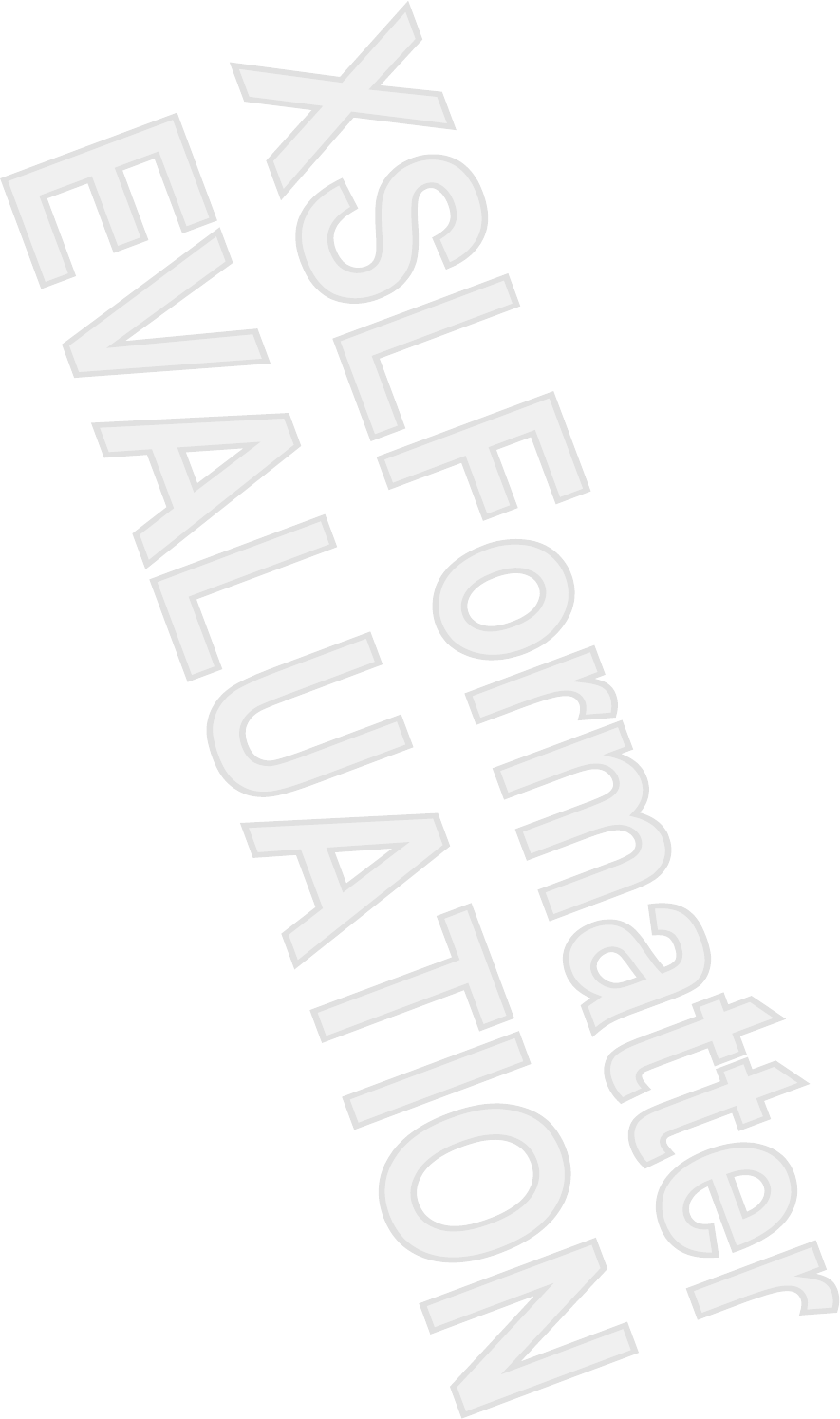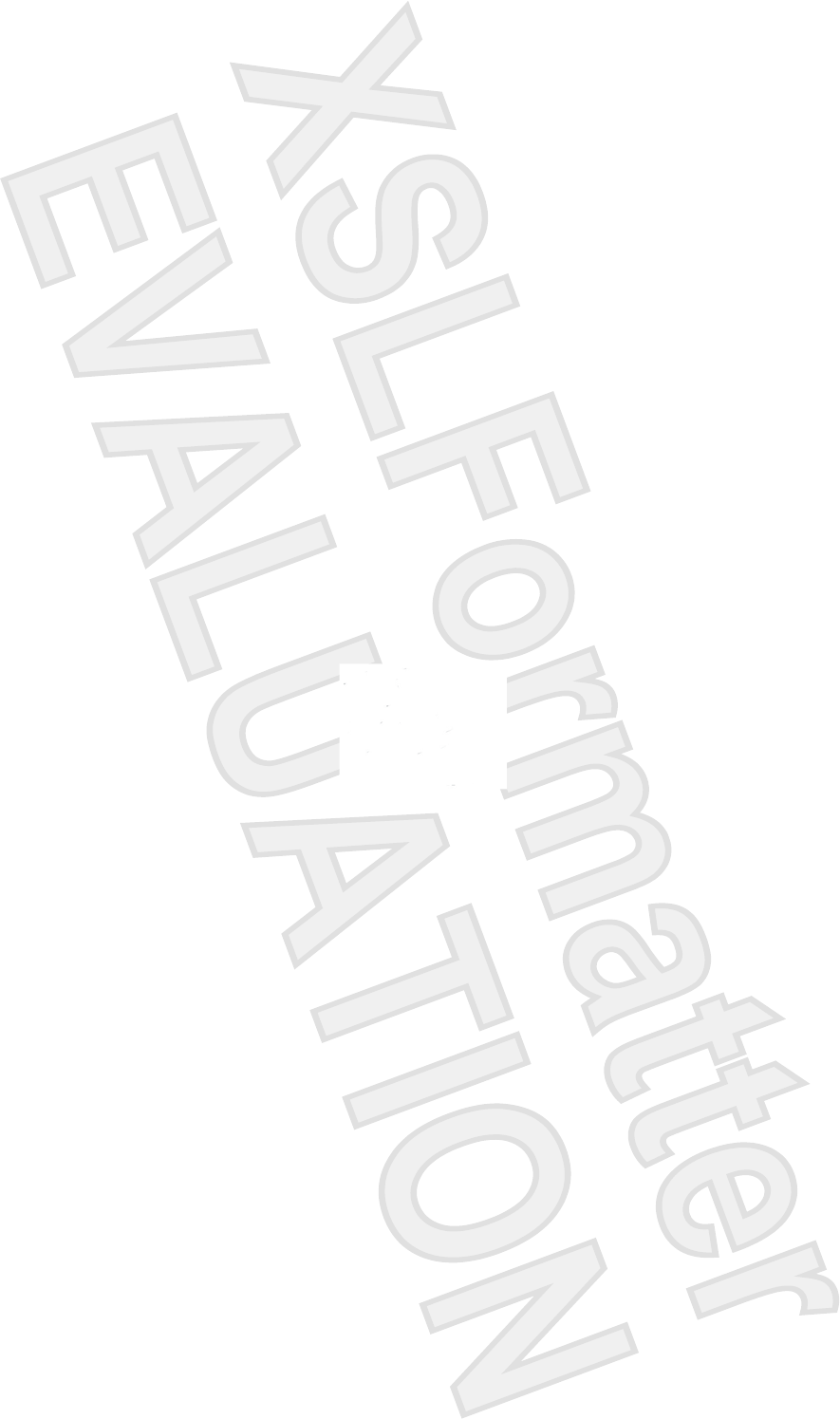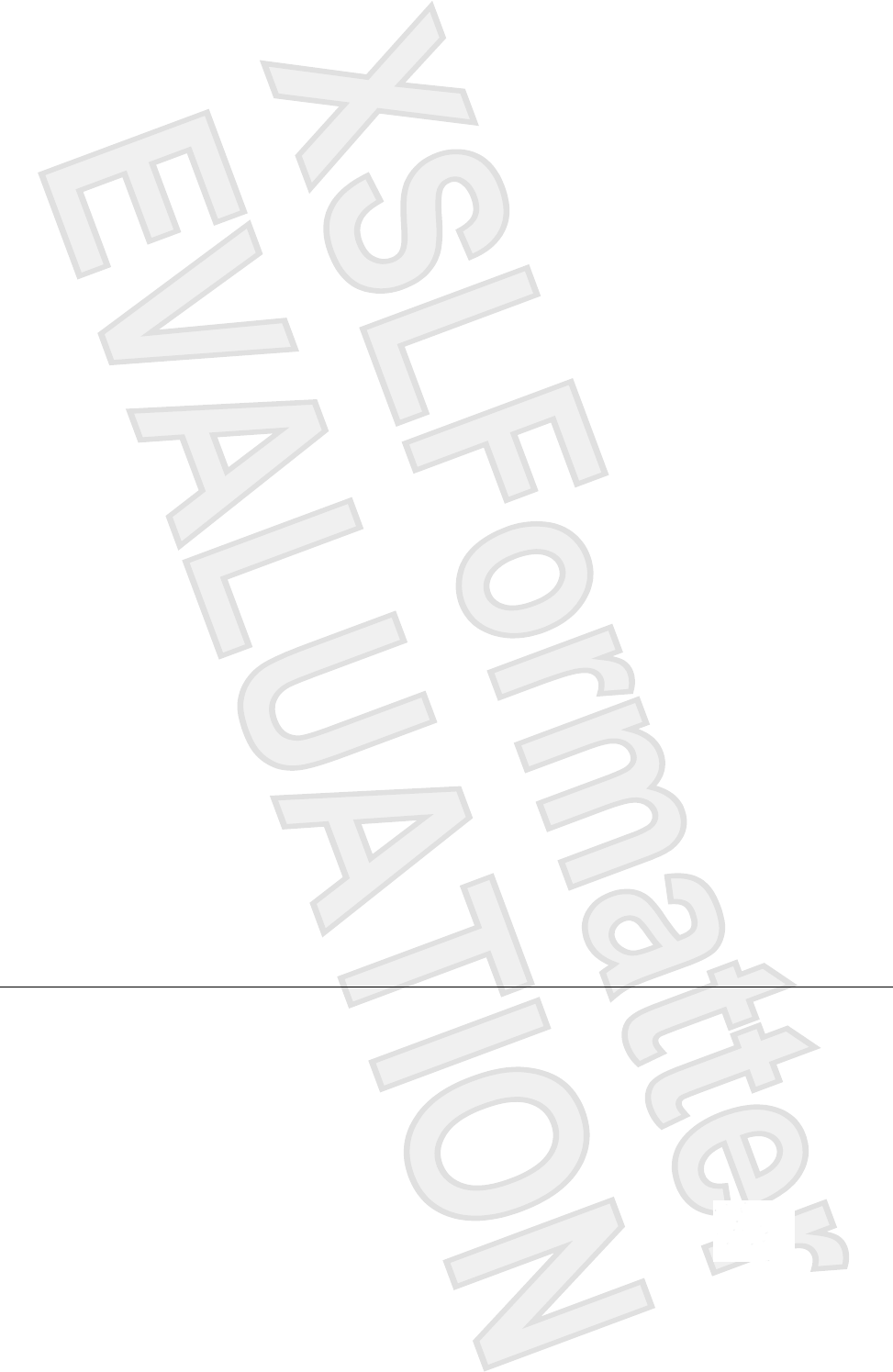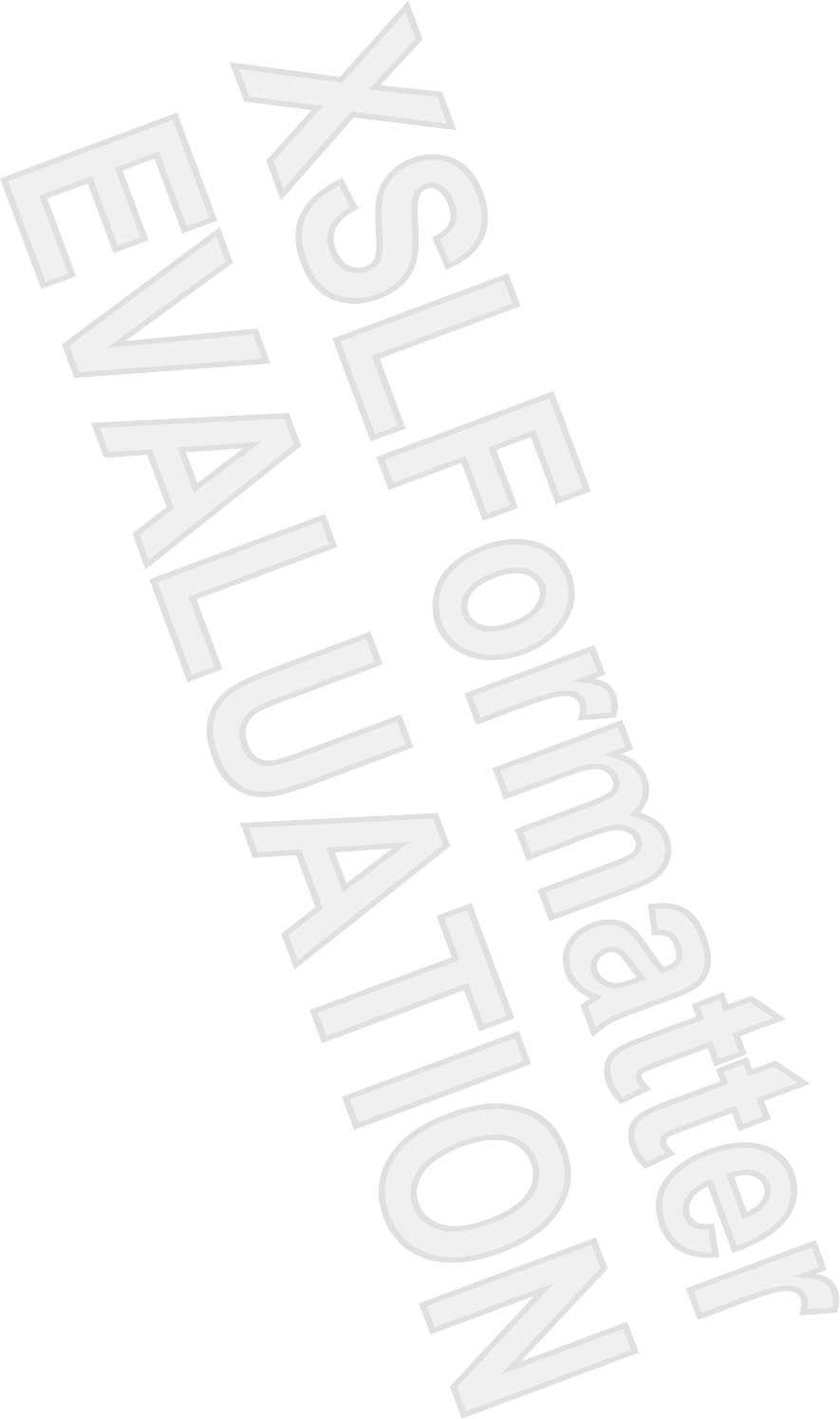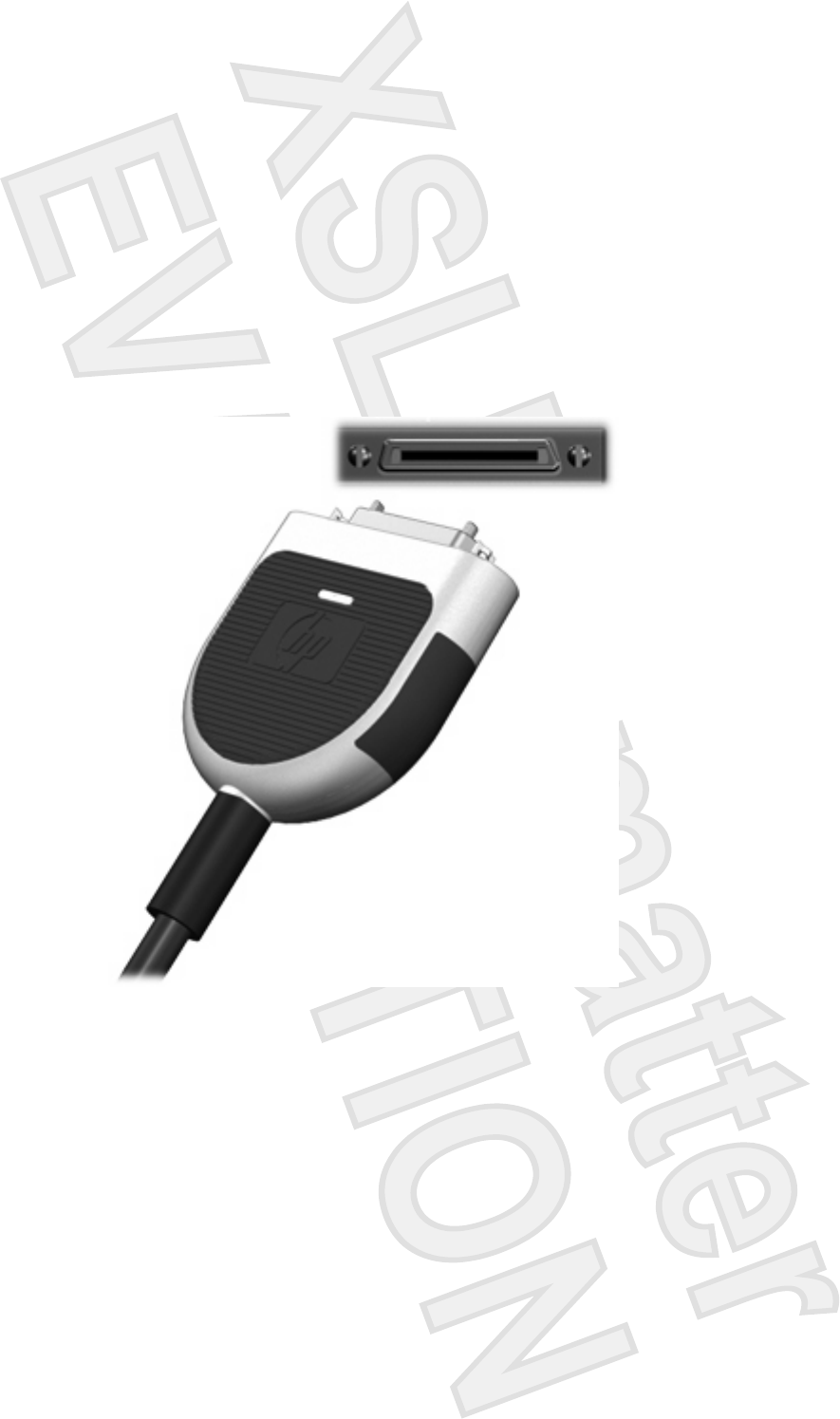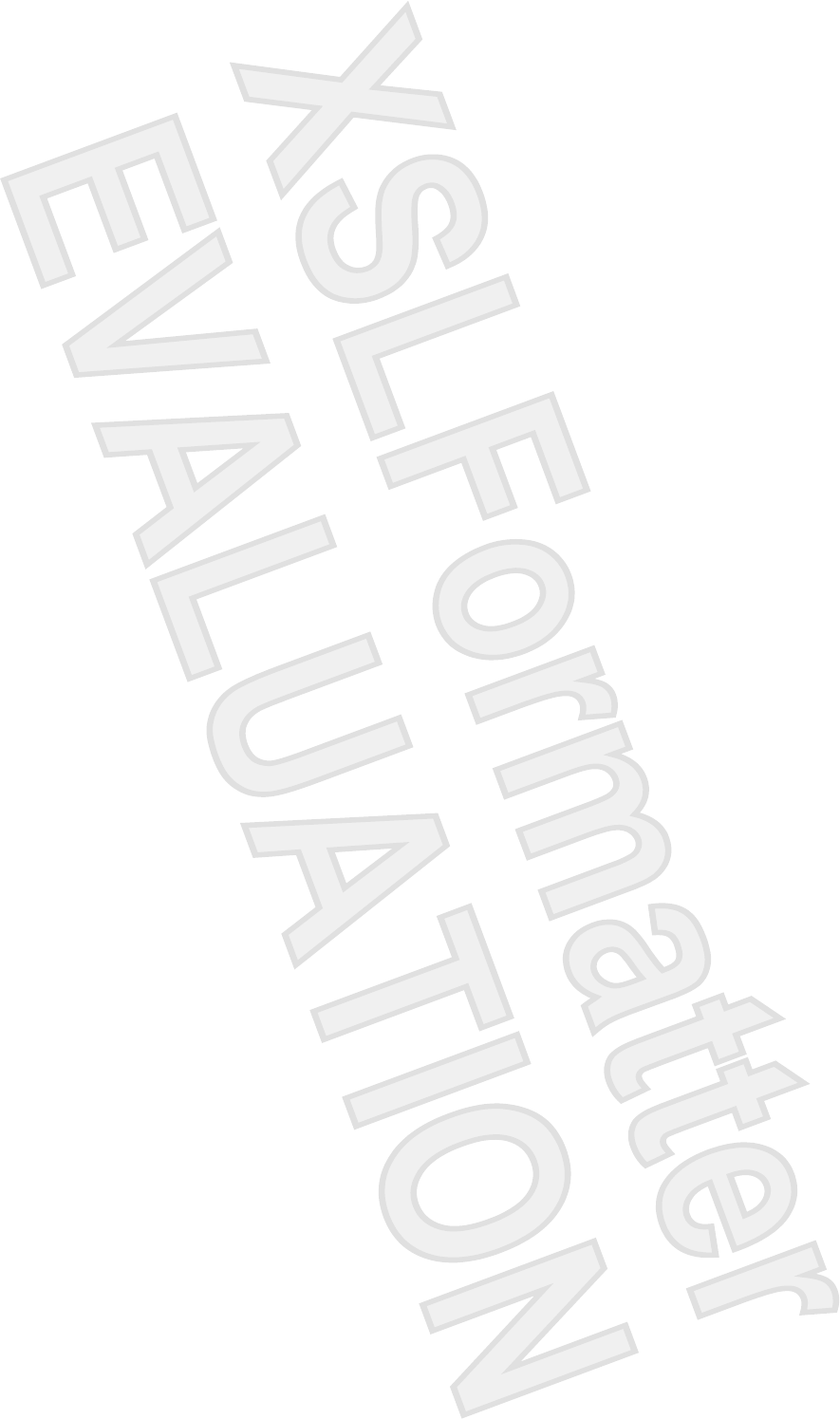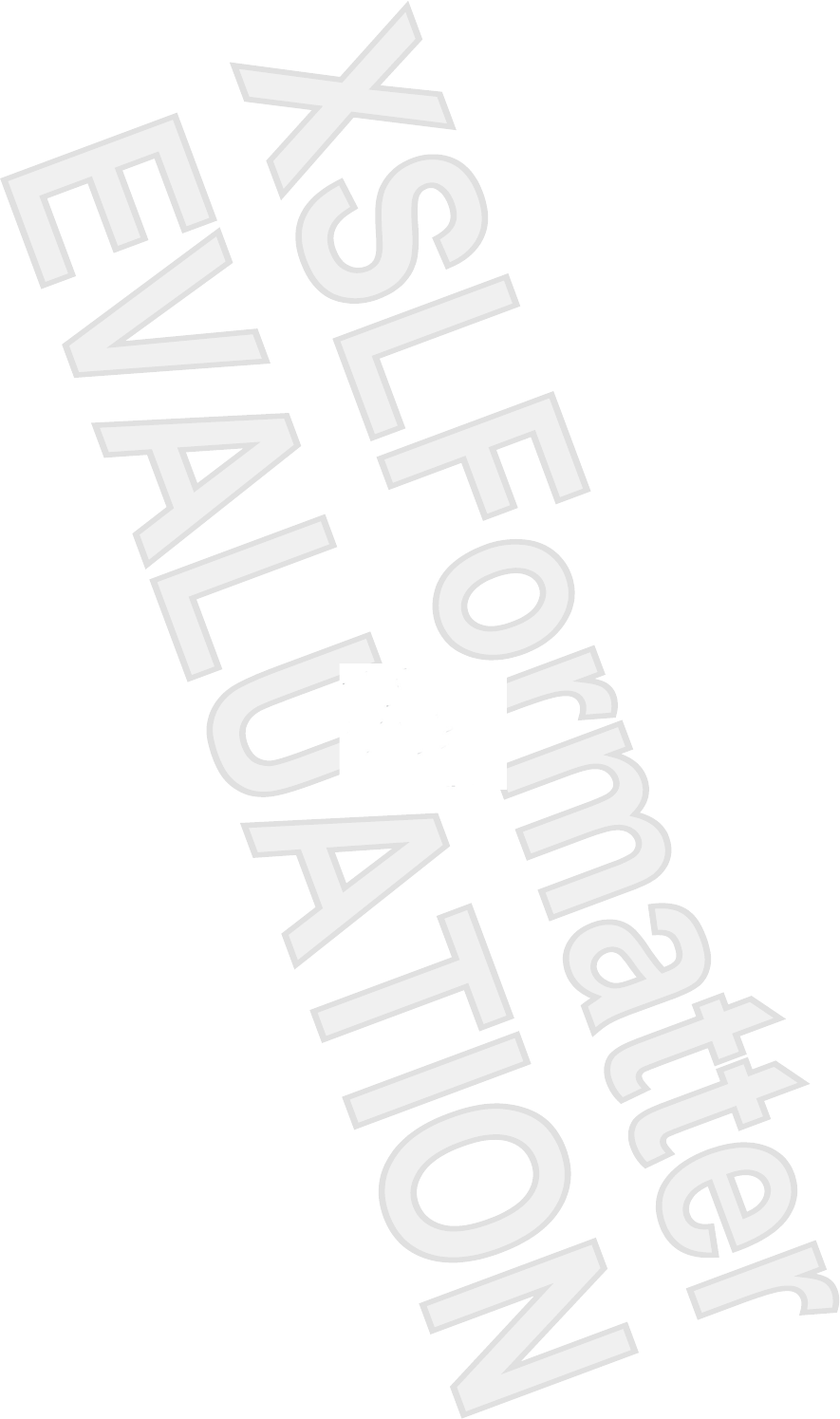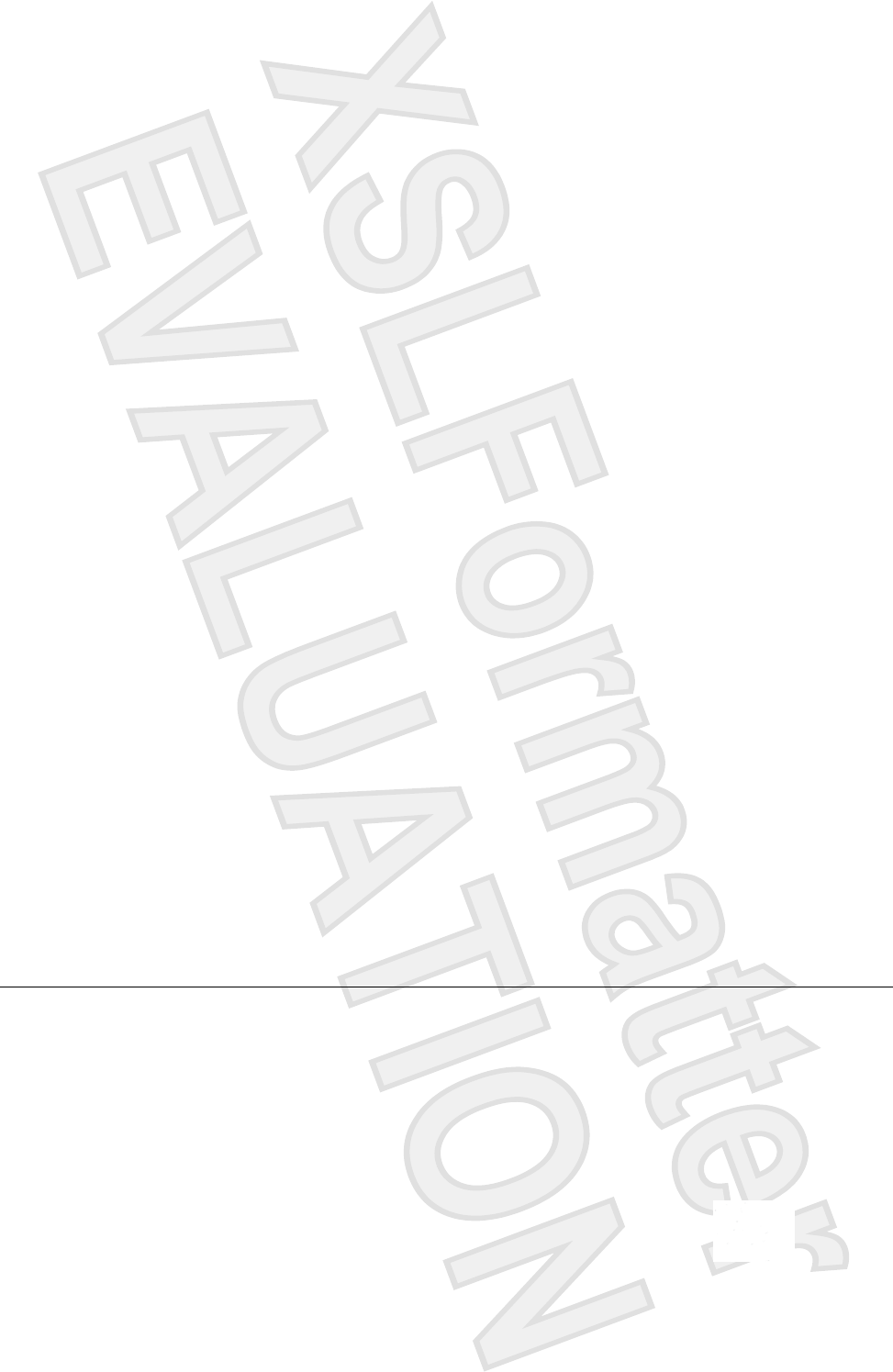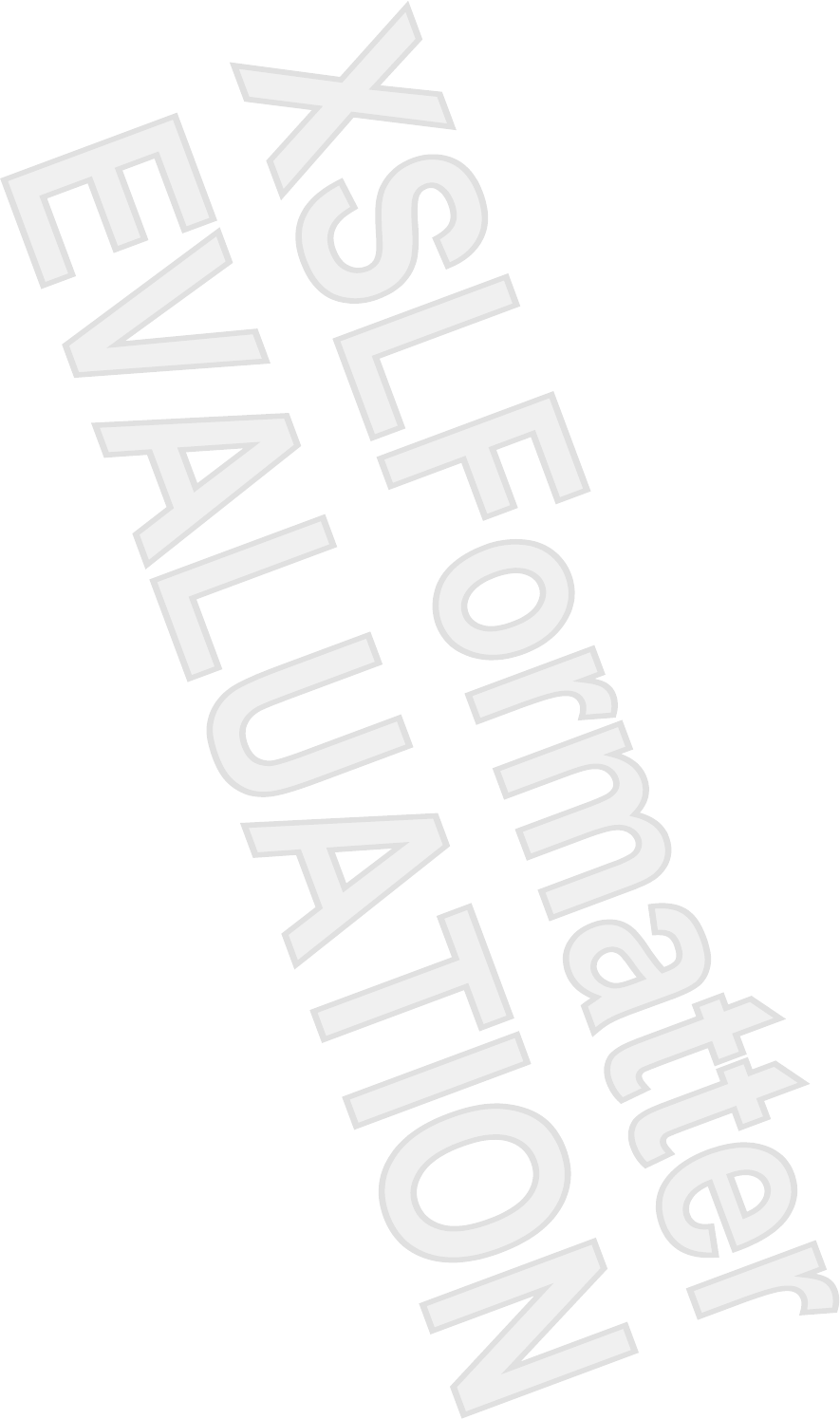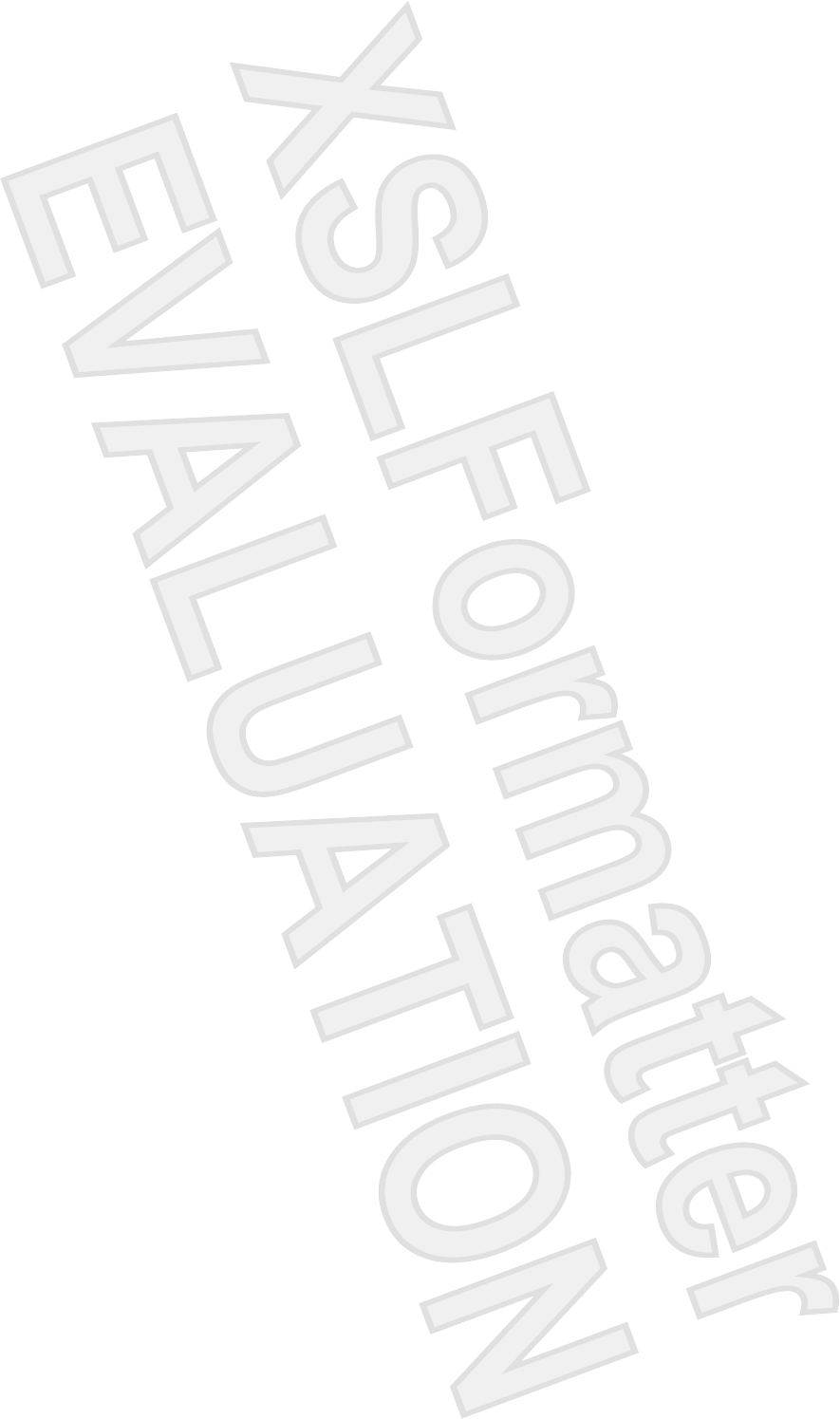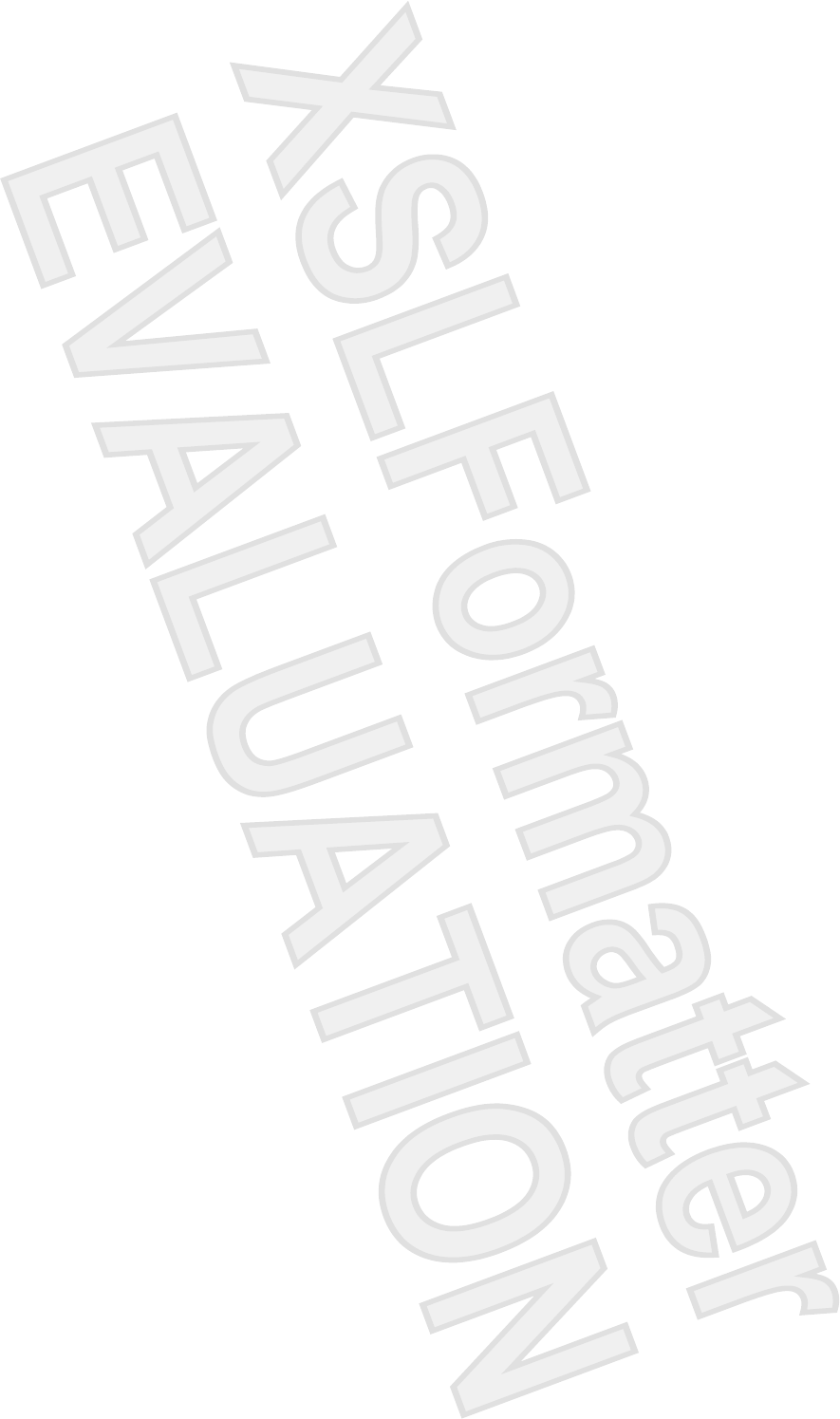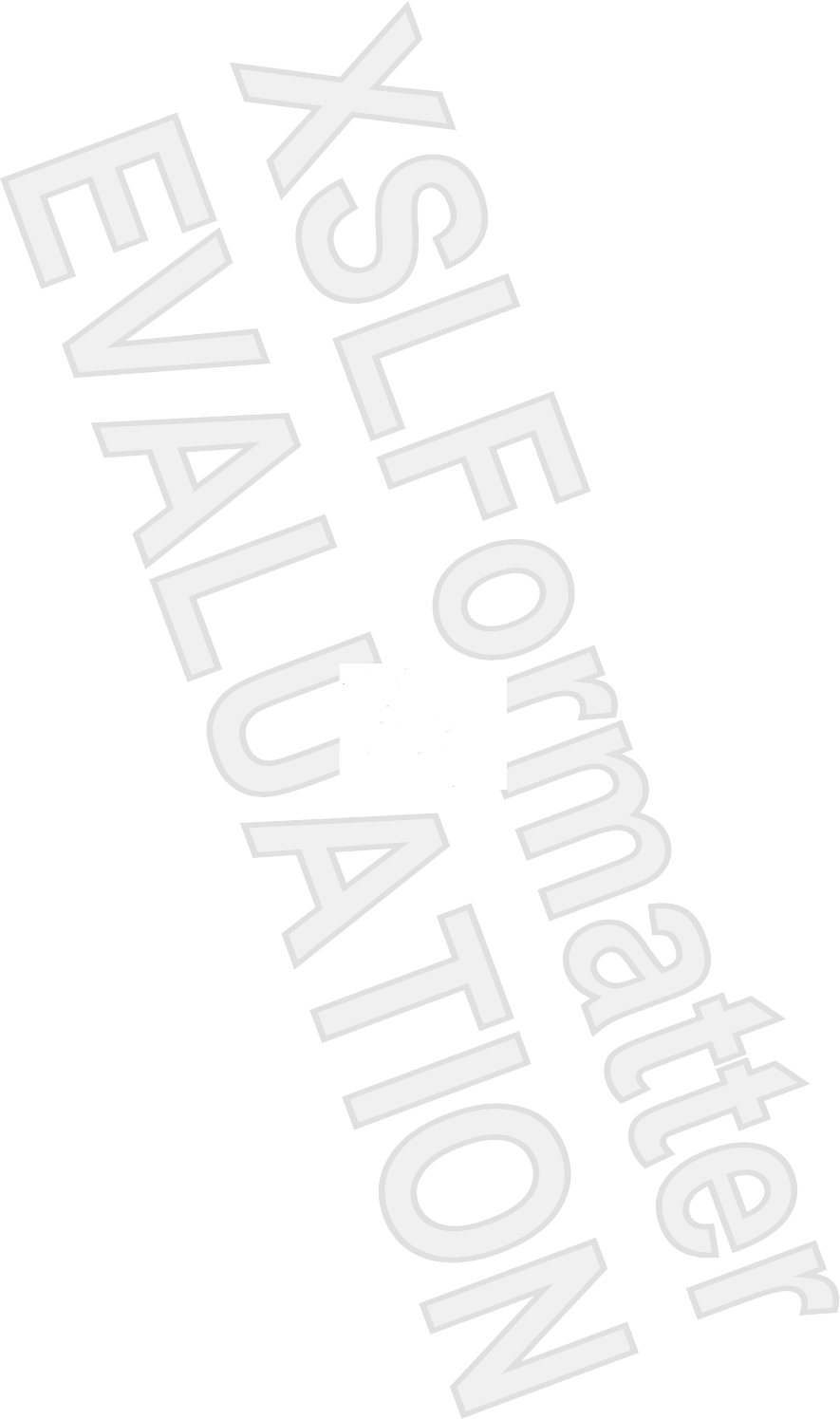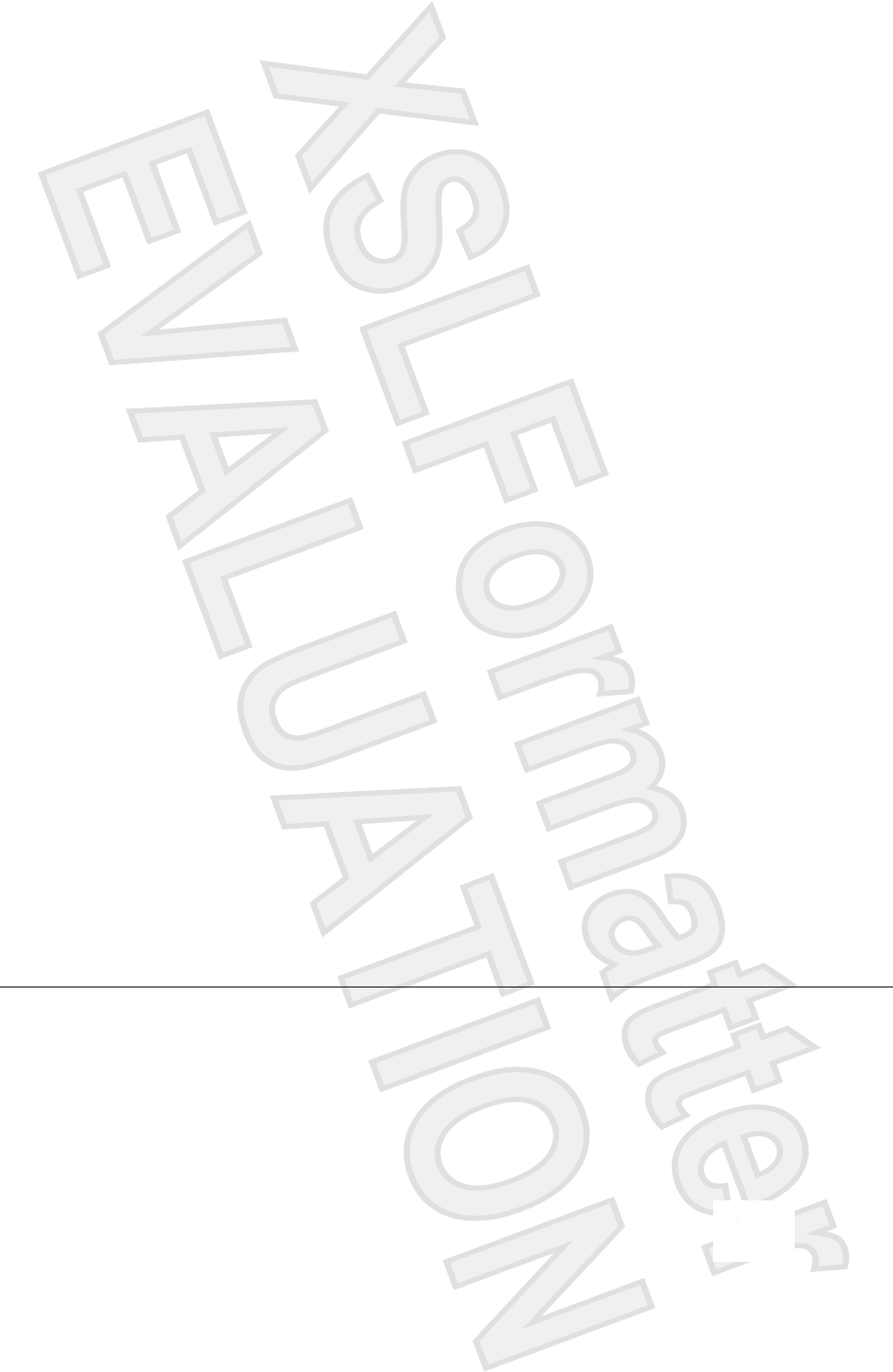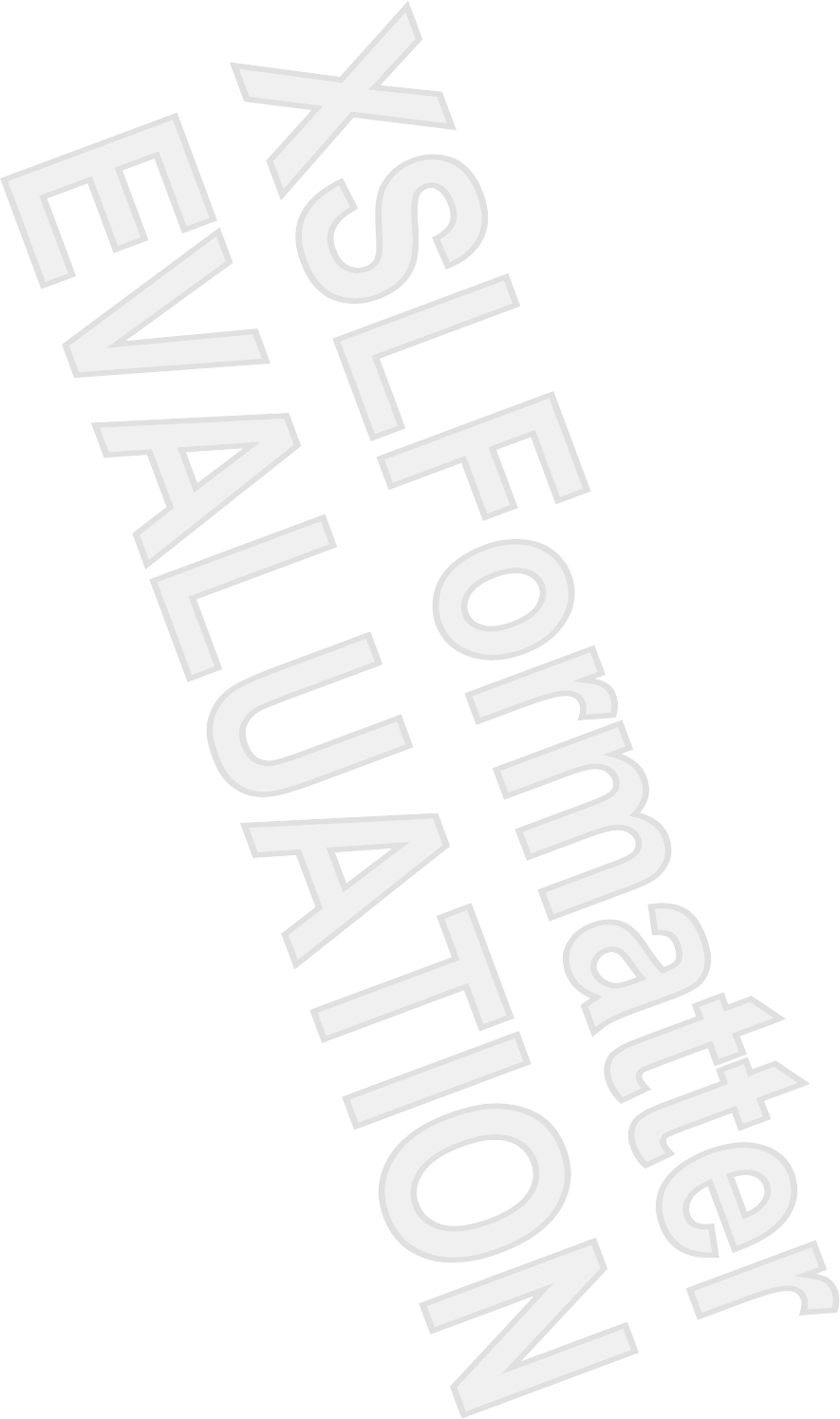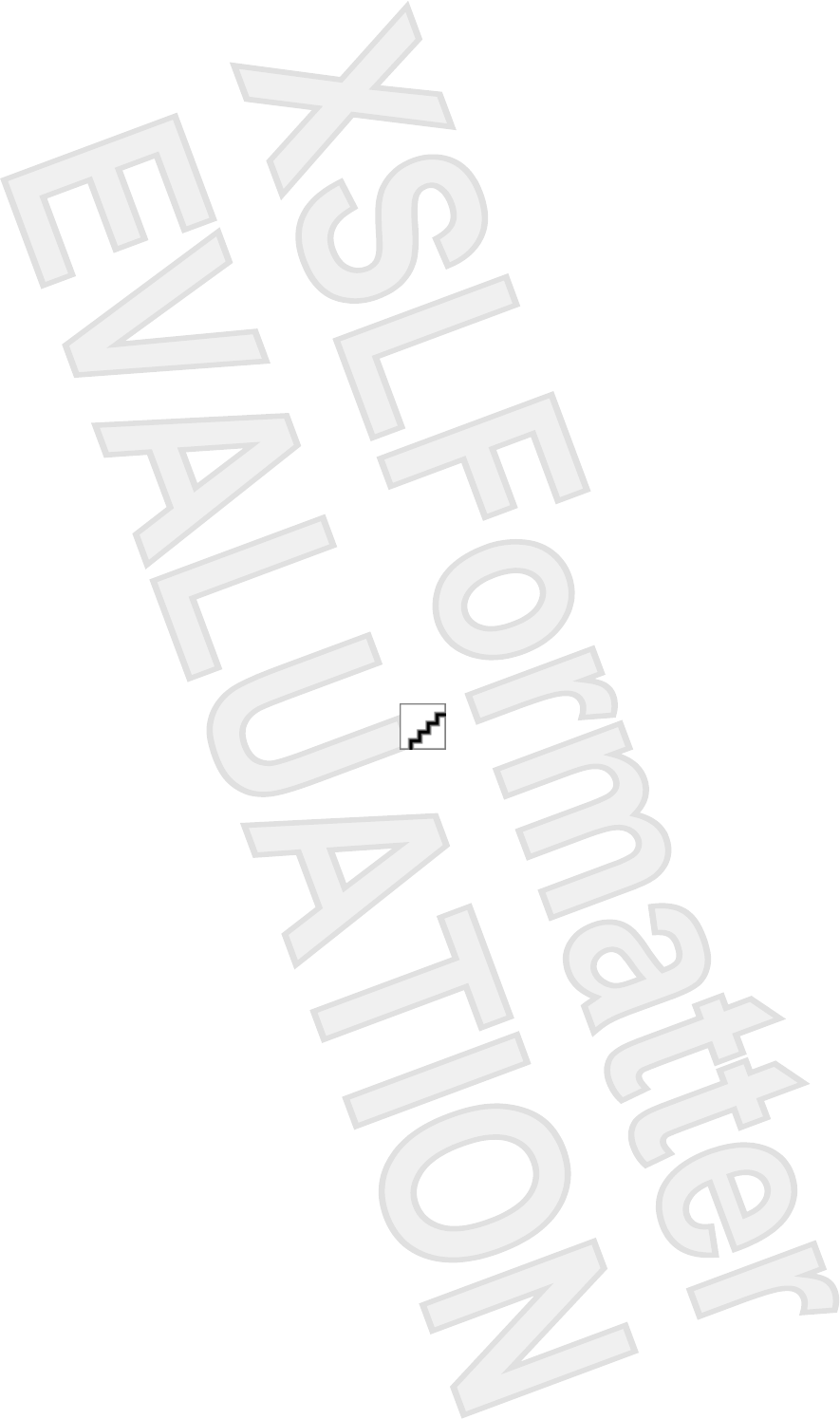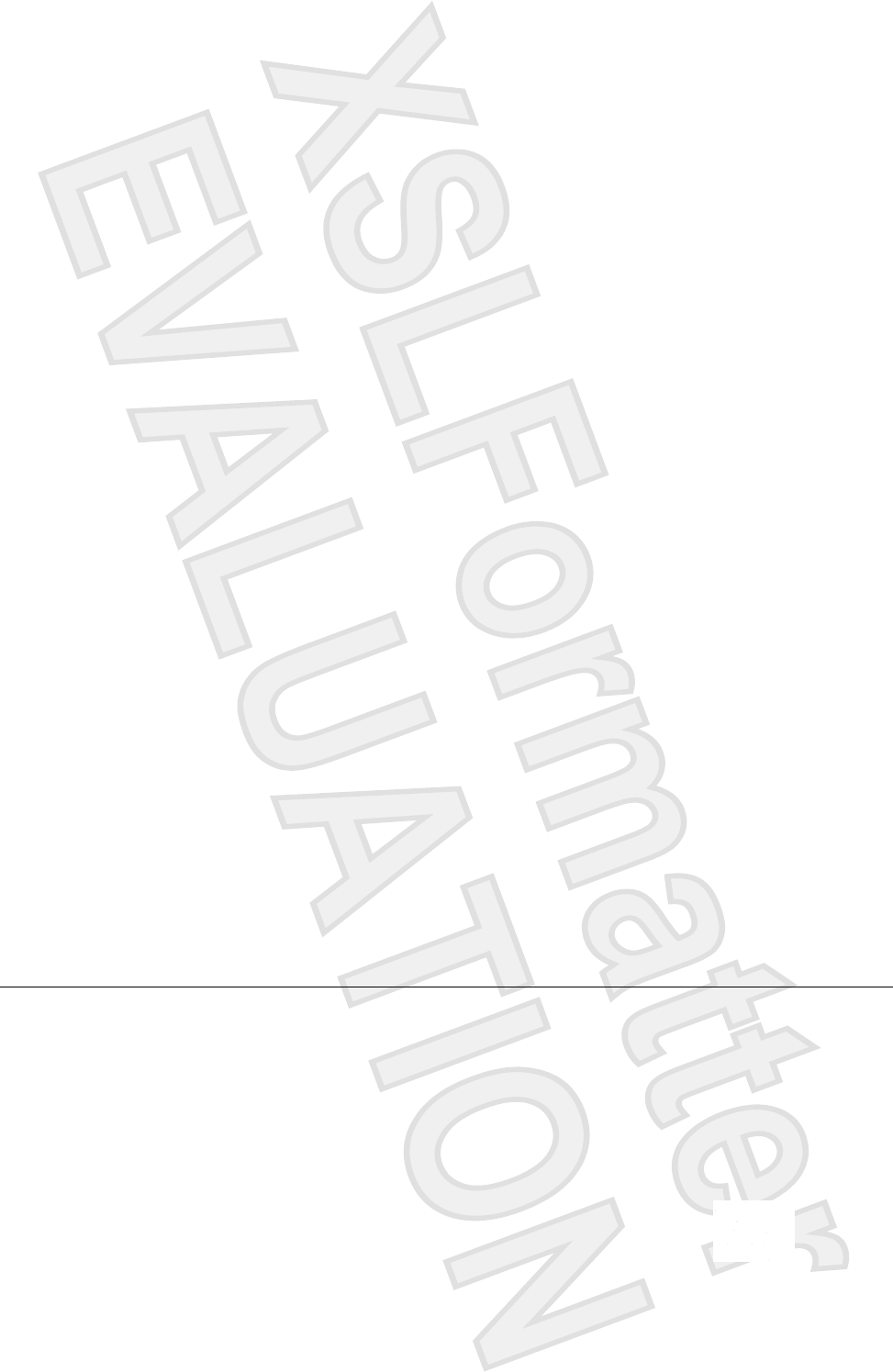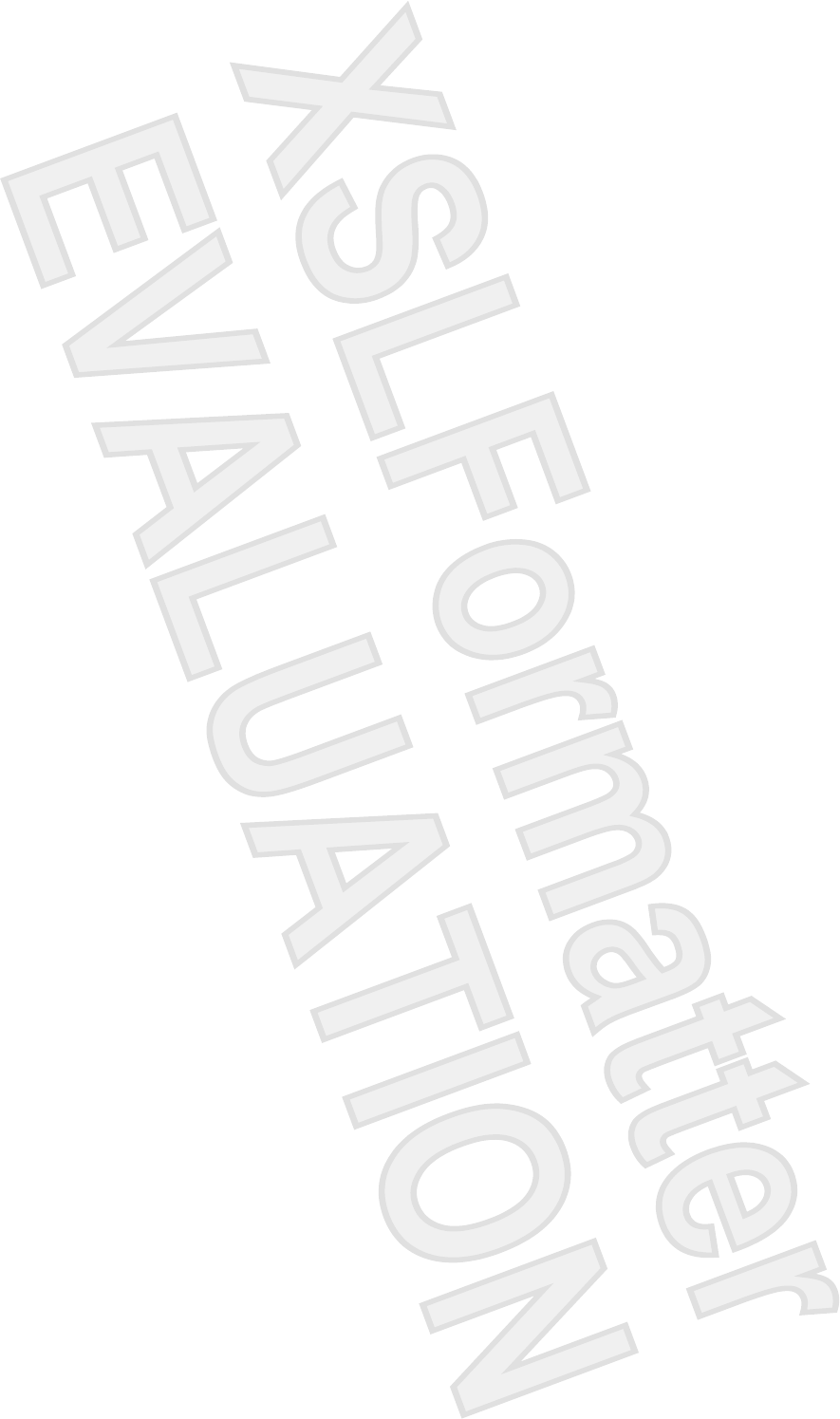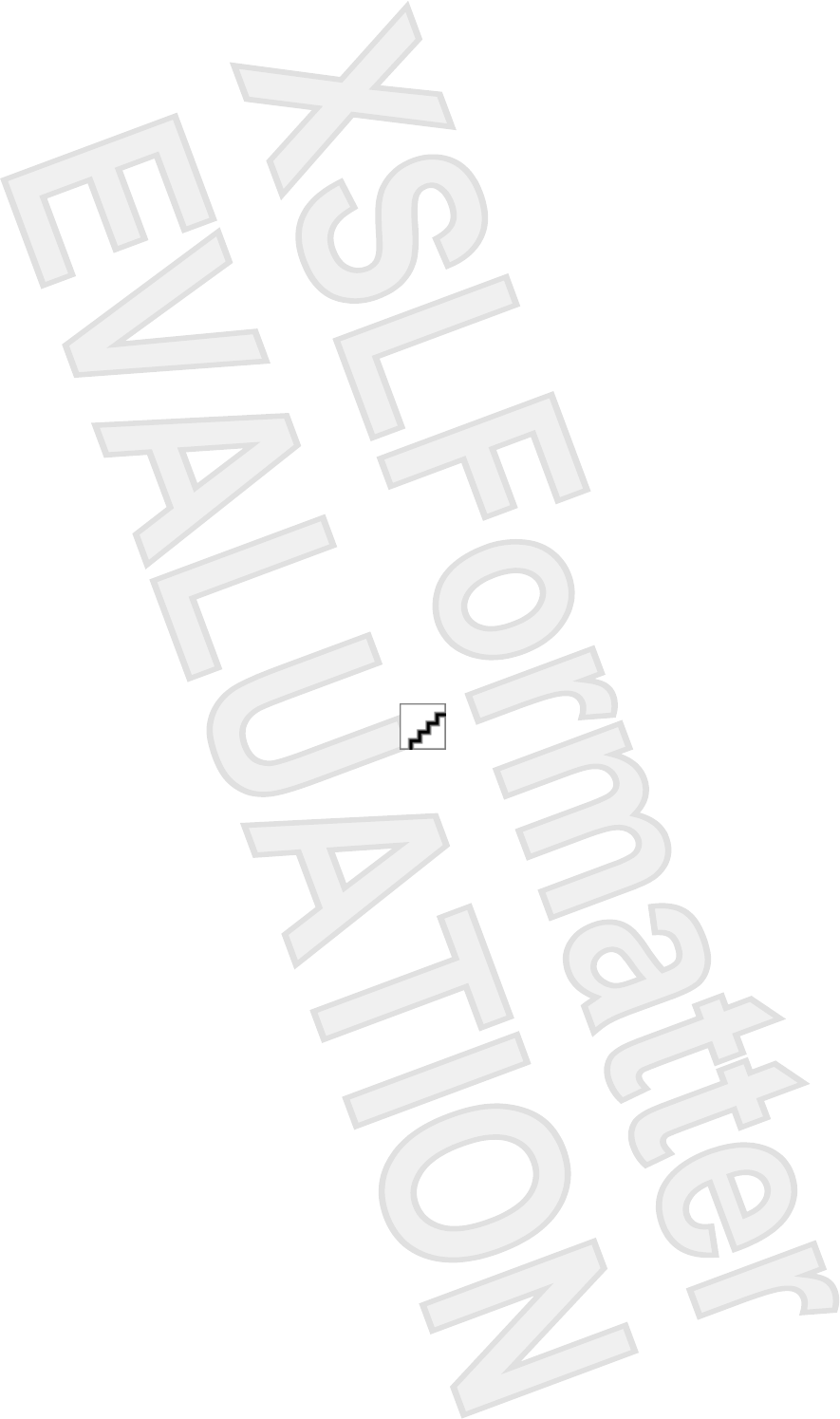Broadcom BRCM1022-H 802.11ag/Draft 802.11n Wireless LAN PCI-E MiniCard User Manual 1
Broadcom Corporation 802.11ag/Draft 802.11n Wireless LAN PCI-E MiniCard 1
Broadcom >
Contents
User Manual 1
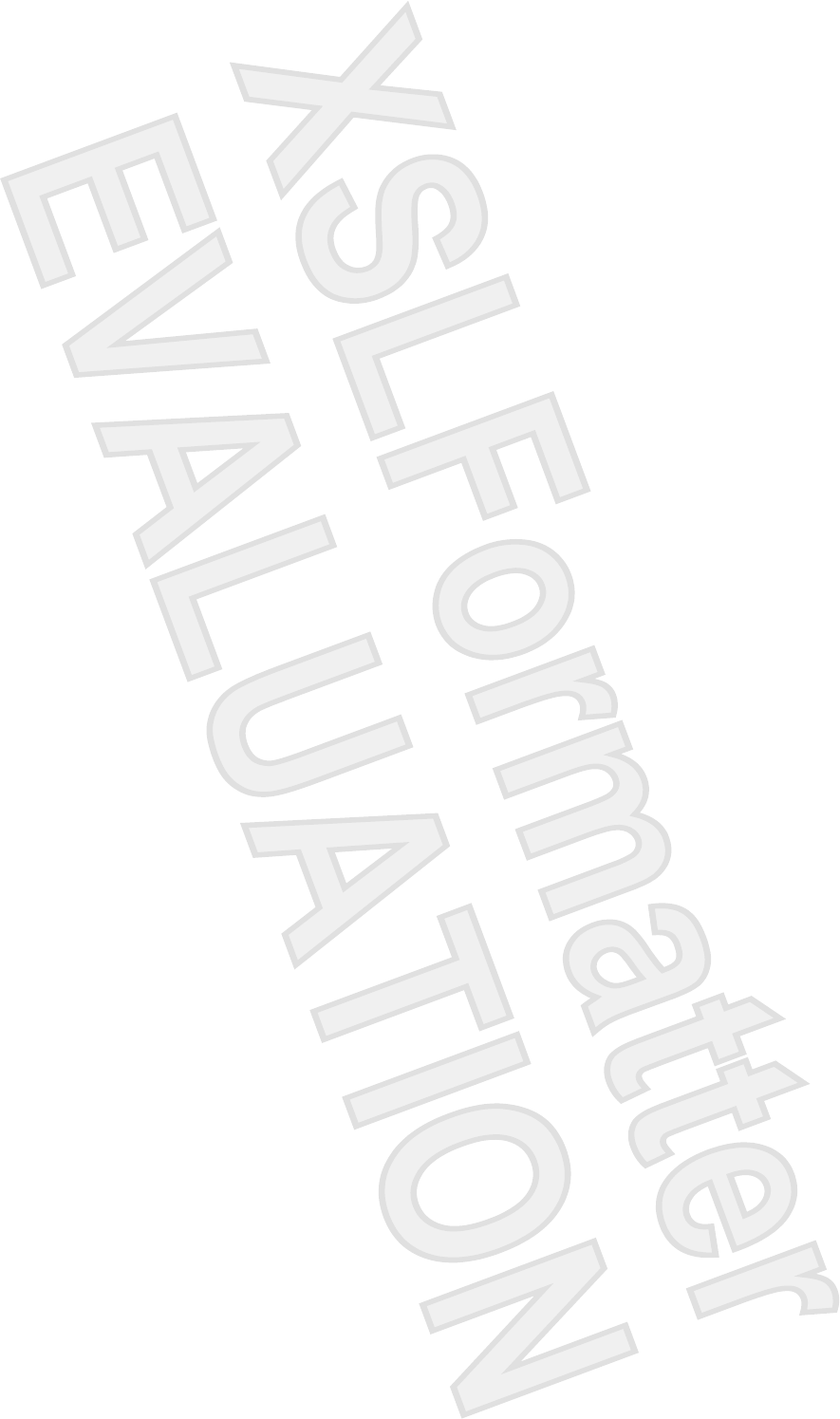
© Copyright 2007 Hewlett-Packard
Development Company, L.P.
The information contained herein is subject
to change without notice. The only
warranties for HP products and services are
set forth in the express warranty statements
accompanying such products and services.
Nothing herein should be construed as
constituting an additional warranty. HP shall
not be liable for technical or editorial errors
or omissions contained herein.
First Edition: January 2007
Document Part Number: 431172-001
Antenna House XSL Formatter (Evaluation) http://www.antennahouse.com/
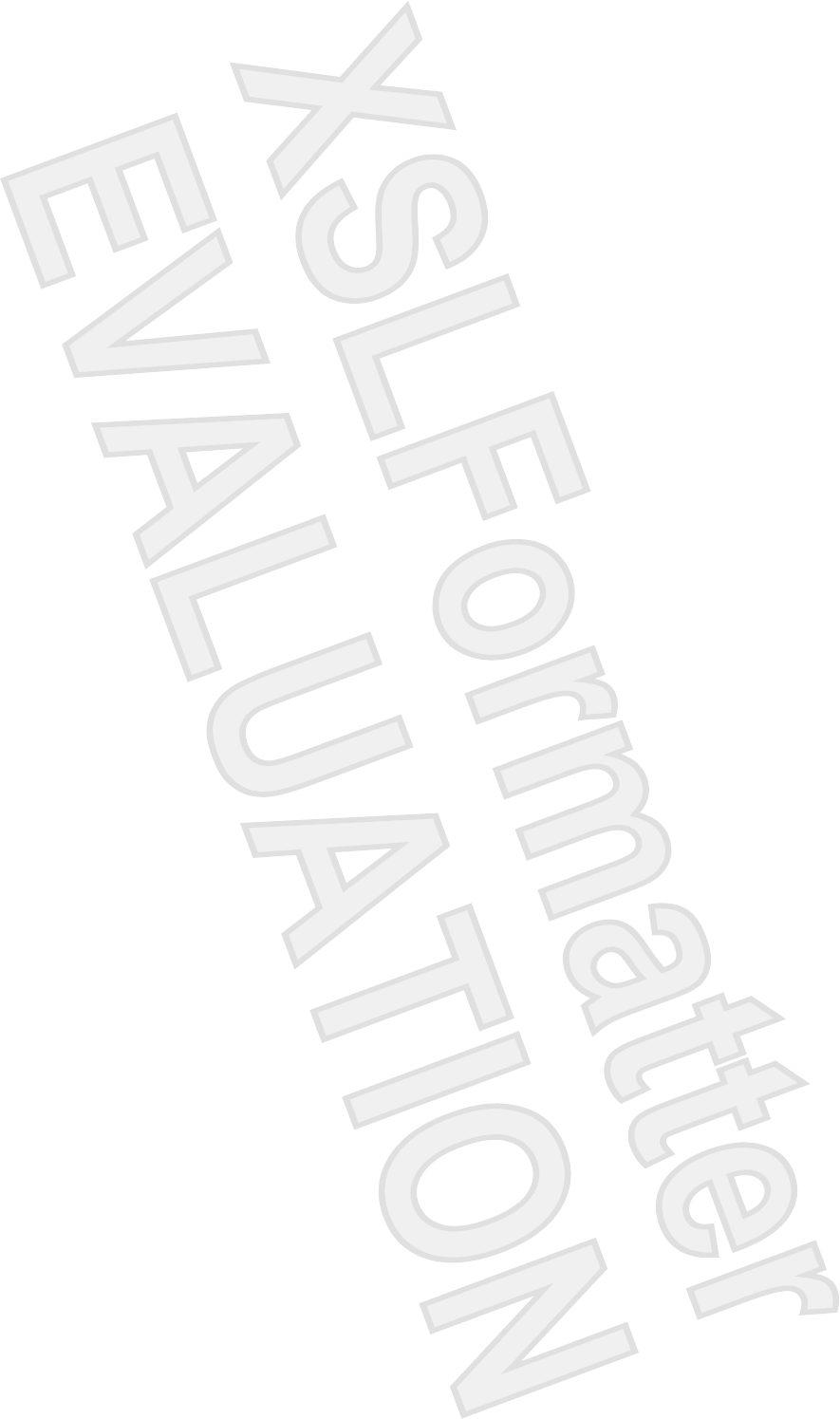
Table of contents
1 Identifying installed drives
2 Handling drives
3 Optical drives
Inserting an optical disc ........................................................................................................................ 5
Removing an optical disc when running on battery or external power ................................................. 6
Removing an optical disc when no computer power is available ......................................................... 7
4 Improving hard drive performance
Using Disk Defragmenter ..................................................................................................................... 8
Using Disk Cleanup .............................................................................................................................. 8
5 Replacing the hard drive
Index ................................................................................................................................................................... 12
ENWW iii
Antenna House XSL Formatter (Evaluation) http://www.antennahouse.com/
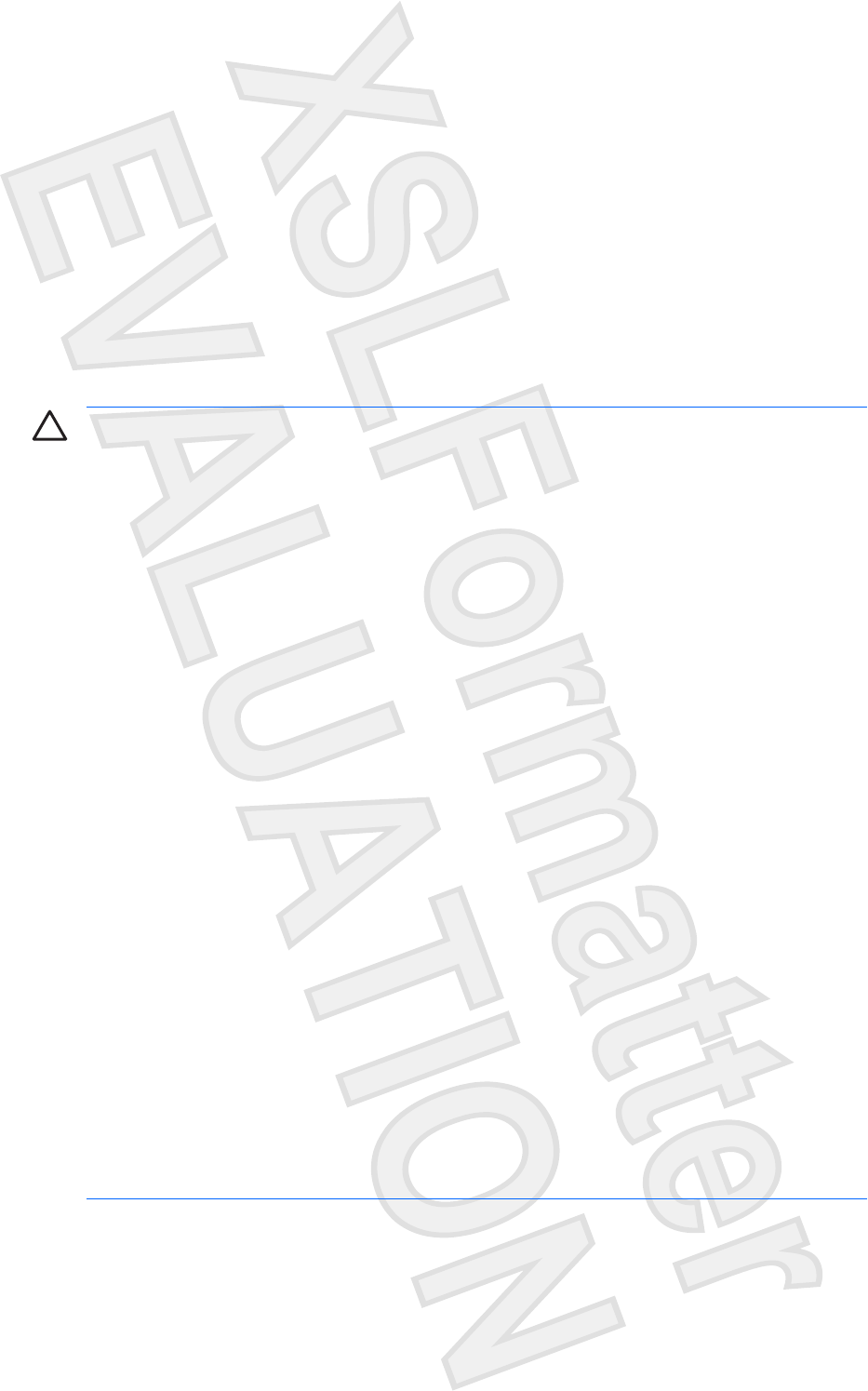
2 Handling drives
Drives are fragile computer components that must be handled with care. Refer to the following cautions
before handling drives. Additional cautions are included with the procedures to which they apply.
CAUTION To reduce the risk of damage to the computer, damage to a drive, or loss of
information, observe these precautions:
Before you move a computer or external hard drive from one location to another, initiate Sleep,
and allow the screen to clear.
Before handling a drive, discharge static electricity by touching the unpainted metal surface of
the drive.
Do not touch the connector pins on a removable drive or on the computer.
Handle a drive carefully; do not drop a drive or place items on it.
Before removing or inserting a drive, shut down the computer. If you are unsure whether the
computer is off, in the Sleep state, or in hibernation, turn the computer on, and then shut it down
through the operating system.
Do not use excessive force when inserting a drive into a drive bay.
Do not type on the keyboard or move the computer while the optical drive is writing to a disc. The
write process is sensitive to vibration.
When the battery is the only source of power, be sure that the battery is sufficiently charged
before writing to a medium.
Avoid exposing a drive to temperature or humidity extremes.
Avoid exposing a drive to liquids. Do not spray the drive with cleaning products.
Remove the medium from a drive before removing the drive from the drive bay, or traveling with,
shipping, or storing a drive.
If a drive must be mailed, place the drive in a bubble-pack mailer or other suitable protective
packaging and label the package “FRAGILE.”
Avoid exposing a drive to magnetic fields. Security devices with magnetic fields include airport
walk-through devices and security wands. The airport security devices that check carry-on
luggage, such as conveyor belts, use x-rays instead of magnetism and will not damage a drive.
2 Chapter 2 Handling drives ENWW
Antenna House XSL Formatter (Evaluation) http://www.antennahouse.com/
Vista text
Vista text
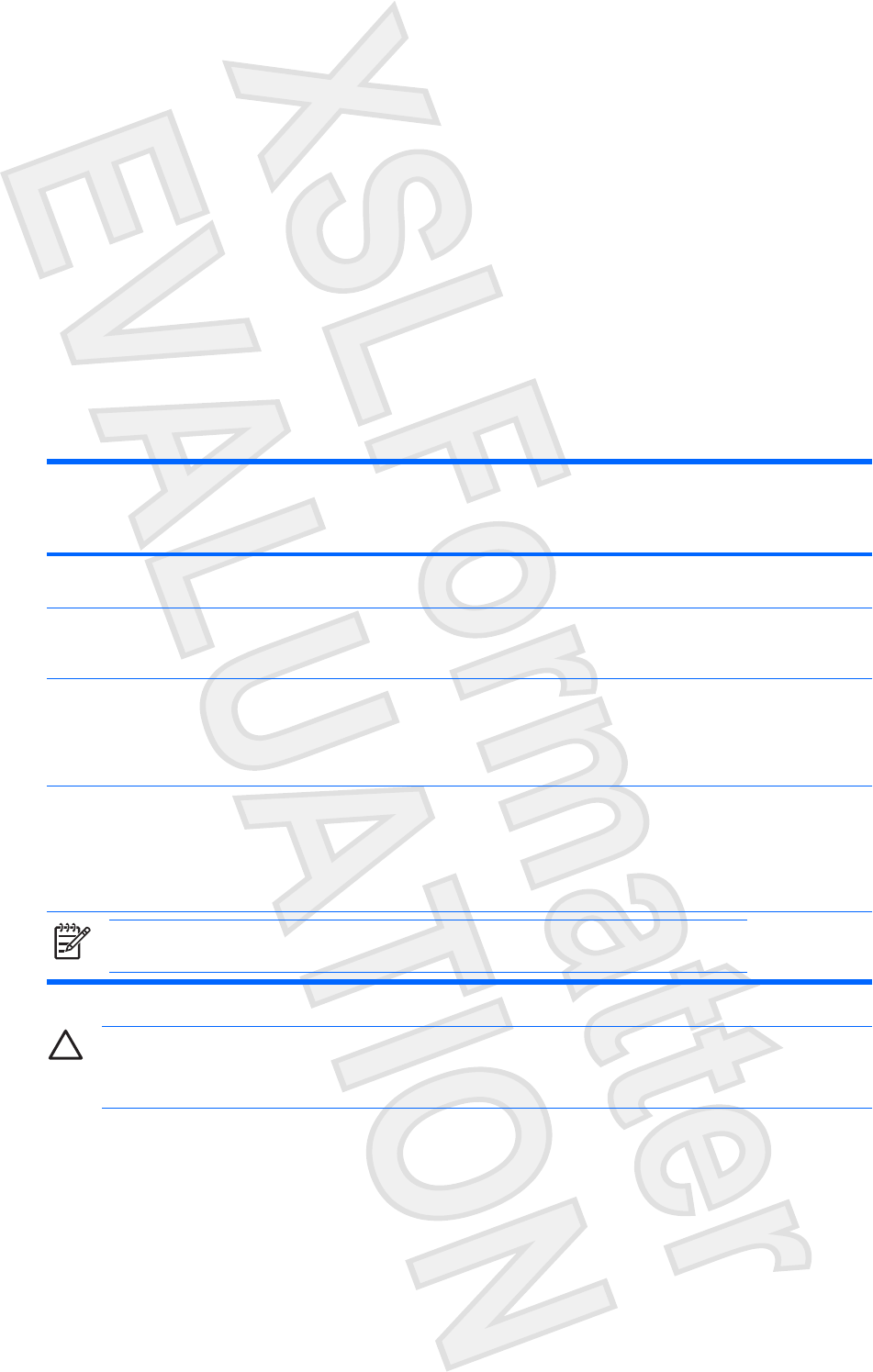
3 Optical drives
An optical drive, such as a DVD-ROM drive, supports optical discs (CDs and DVDs). These discs store
or transport information and play music and movies. DVDs have a higher storage capacity than CDs.
Optical drives can read from and select models can write to optical media as described in the following
table.
Optical drive
type
Read CD and
DVD-ROM
media
Write to CD-
RW media
Write to DVD
±RW/R media
Write to DVD
+RW DL media
Write label to
LightScribe
CD or DVD
±RW/R
Write to DVD-
RAM media
DVD-ROM
Drive
Yes No No No No No
DVD±RW/R
and CD-RW
Combo Drive
Yes Yes Yes No No No
DVD±RW/R
and CD-RW
Combo Drive
with Double-
Layer support
Yes Yes Yes Yes No Yes
LightScribe
DVD±RW/R
and CD-RW
Combo Drive
with Double-
Layer support
Yes Yes Yes Yes Yes Yes
NOTE Some of the optical drives listed may not be supported by your computer. The listed drives
are not necessarily all of the supported optical drives.
CAUTION To prevent possible audio and video degradation, loss of information, or loss of audio
or video playback functionality, do not initiate Sleep or hibernation while reading or writing to a
CD or DVD.
ENWW 3
Antenna House XSL Formatter (Evaluation) http://www.antennahouse.com/
Vista text
Is this correct for
Sputnik?
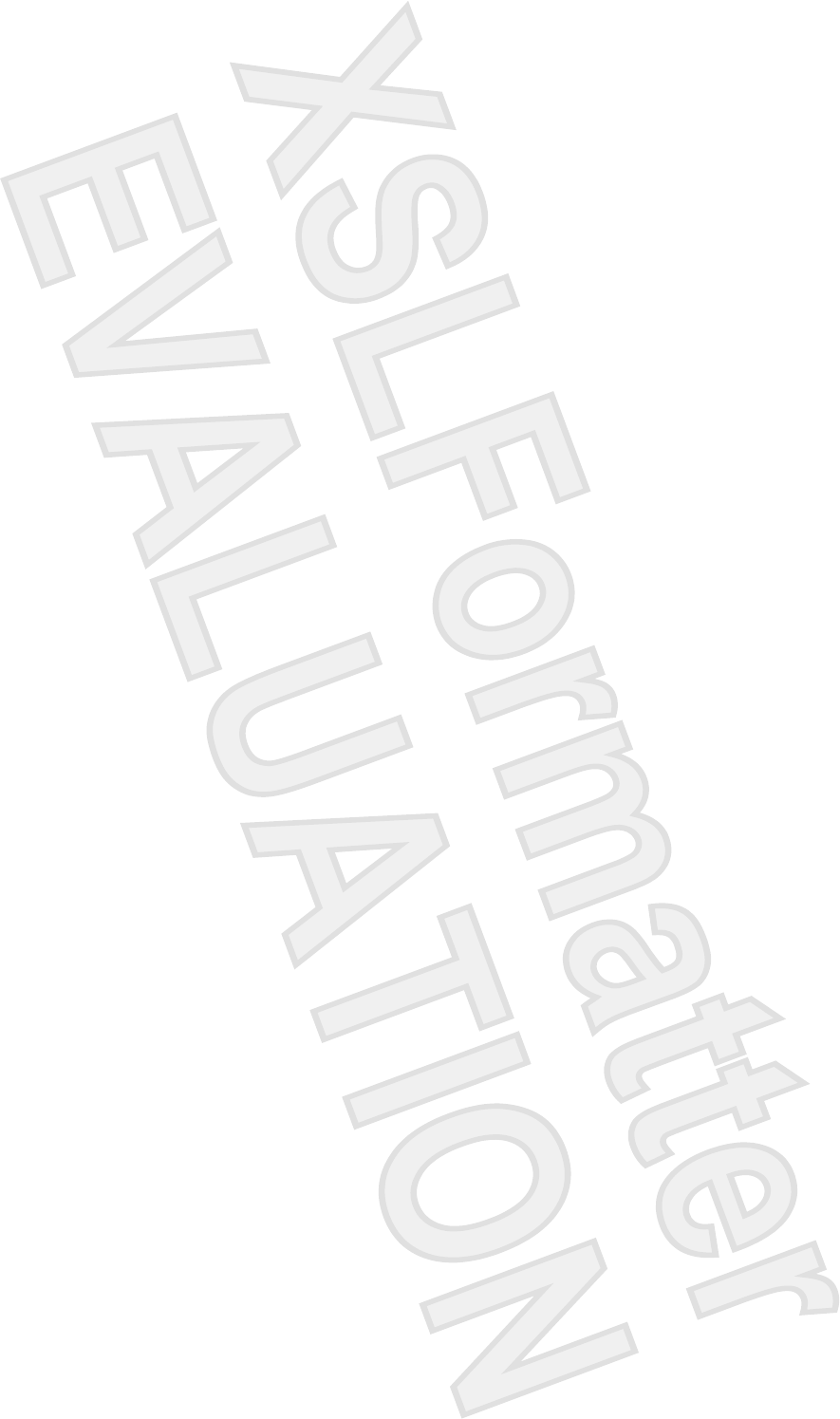
If Sleep or hibernation is accidentally initiated during playback of a disc, you may experience the
following behaviors:
●Your playback may be interrupted.
●You may see the following warning: “Putting the computer into hibernation or standby may stop
the playback. Do you want to continue?” Click No.
●You may need to restart the CD or DVD to resume audio and video playback.
4 Chapter 3 Optical drives ENWW
Antenna House XSL Formatter (Evaluation) http://www.antennahouse.com/
This warning text may change for
Vista
Vista text
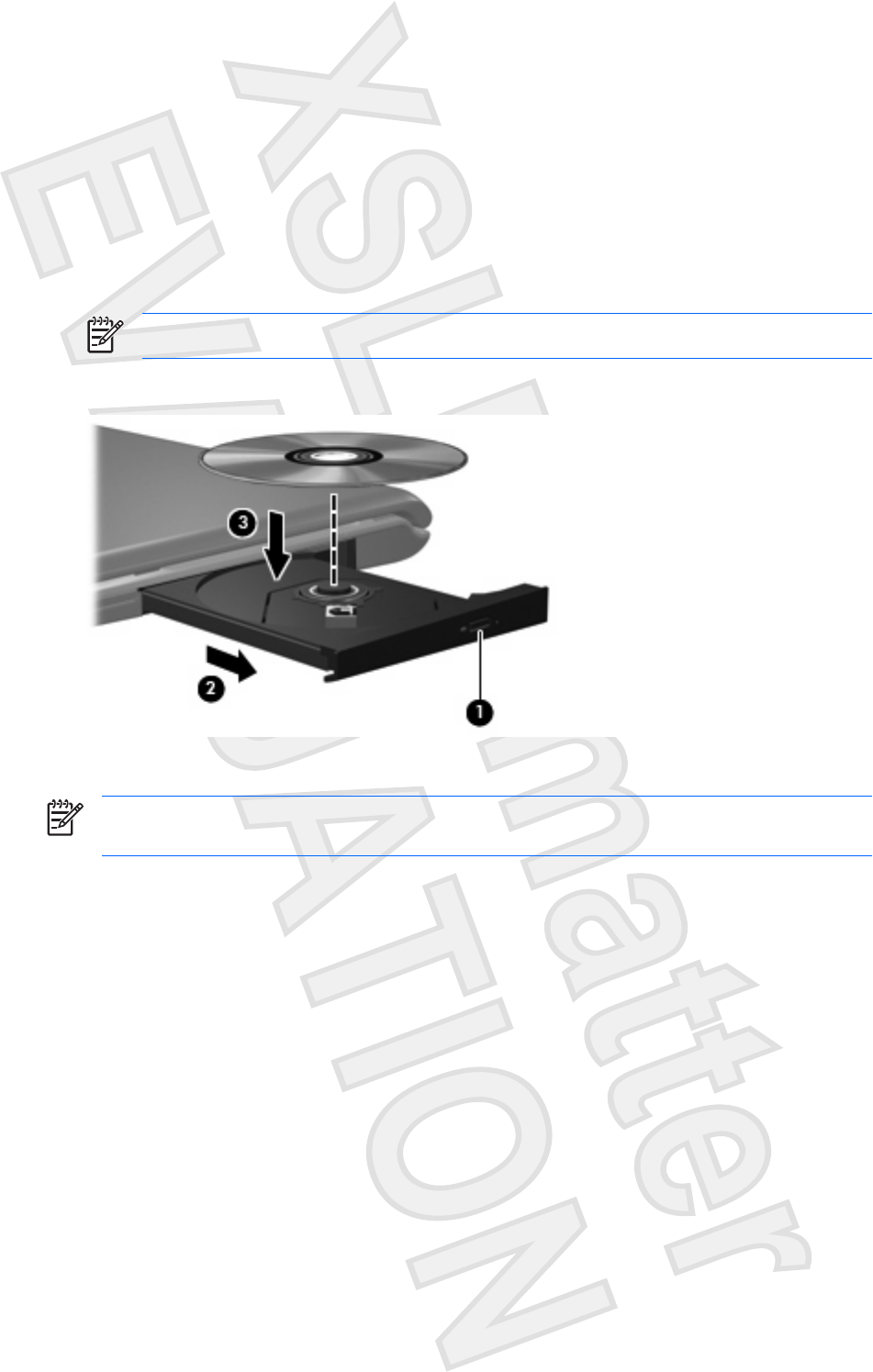
Inserting an optical disc
1. Turn on the computer.
2. Press the release button (1) on the drive bezel to release the media tray.
3. Pull out the tray (2).
4. Hold the disc by the edges to avoid touching the flat surfaces and position the disc label-side up
over the tray spindle.
NOTE If the tray is not fully accessible, tilt the disc carefully to position it over the spindle.
5. Gently press the disc (3) down onto the tray spindle until the disc snaps into place.
6. Close the media tray.
NOTE After you insert a disc, a short pause is normal. If you have not selected a media player,
an AutoPlay dialog box opens. It prompts you to select how you want to use the media content.
ENWW Inserting an optical disc 5
Antenna House XSL Formatter (Evaluation) http://www.antennahouse.com/
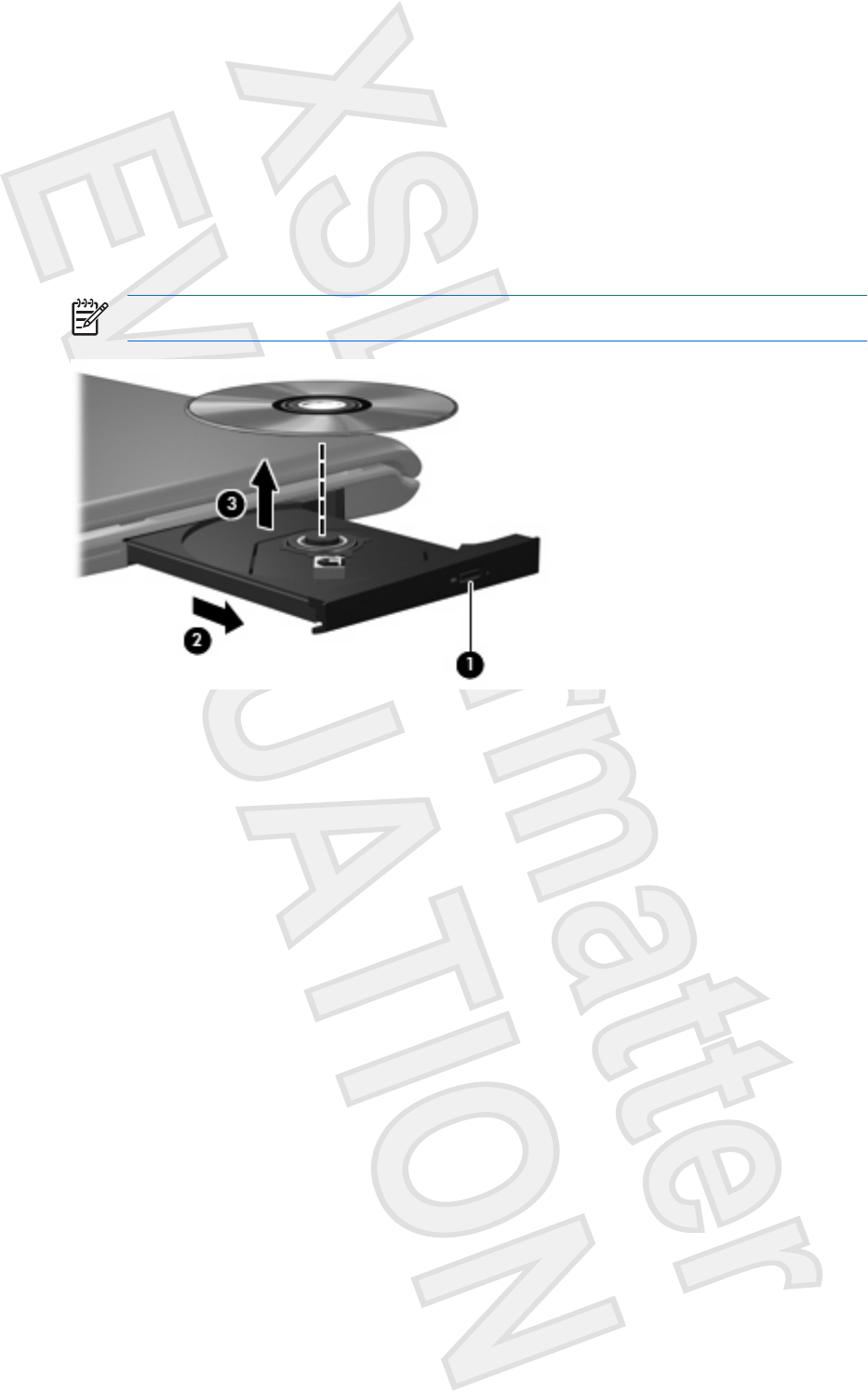
Removing an optical disc when running on battery or
external power
1. Press the release button (1) on the drive bezel to release the media tray, and then gently pull out
the tray (2) until it stops.
2. Remove the disc (3) from the tray by gently pressing down on the spindle while lifting the outer
edges of the disc. Hold the disc by the edges and avoid touching the flat surfaces.
NOTE If the tray is not fully accessible, tilt the disc carefully as you remove it.
3. Close the media tray and place the disc in a protective case.
6 Chapter 3 Optical drives ENWW
Antenna House XSL Formatter (Evaluation) http://www.antennahouse.com/
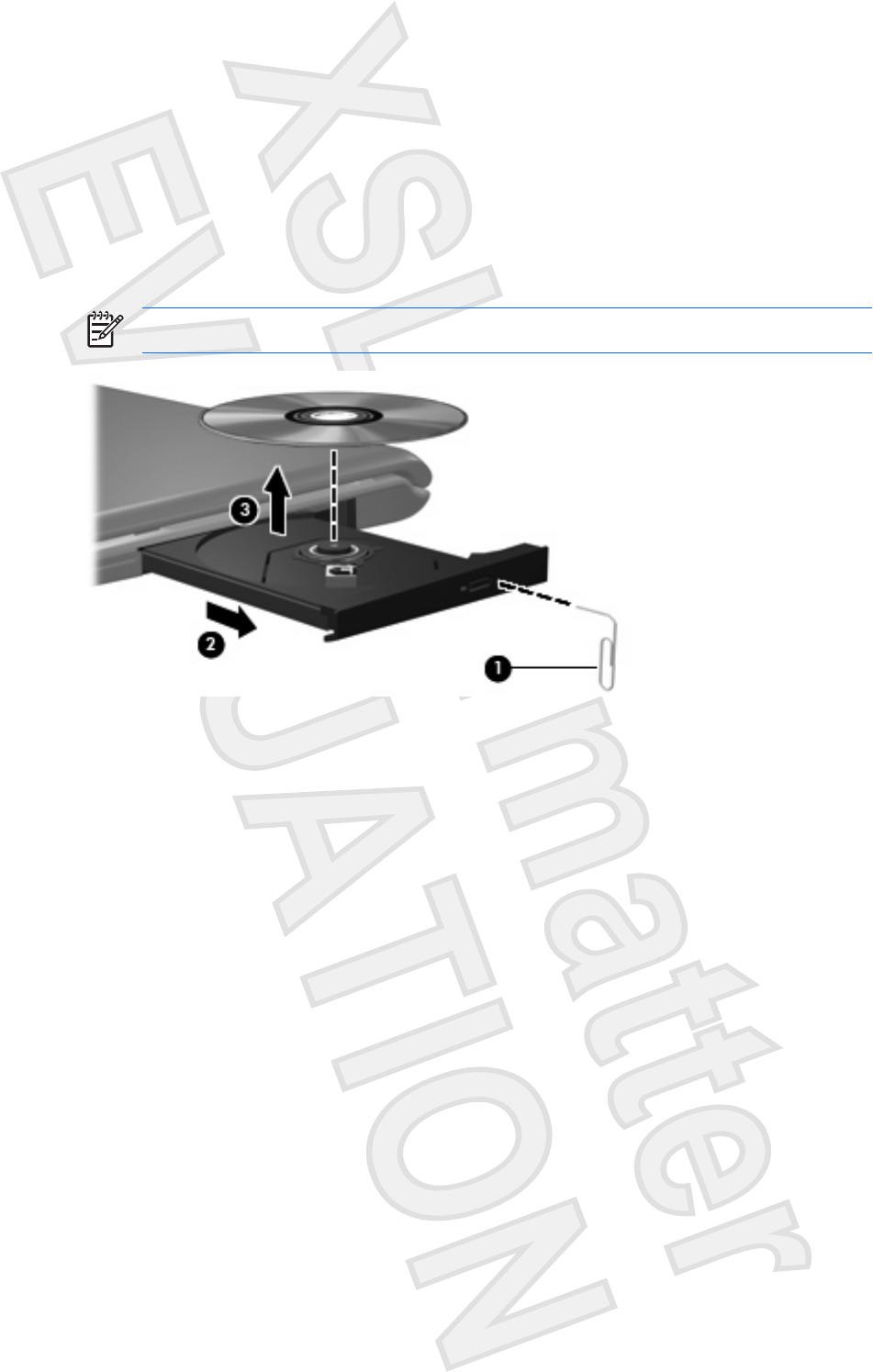
Removing an optical disc when no computer power is
available
1. Insert the end of a paper clip (1) into the release access in the front bezel of the drive.
2. Press in gently on the paper clip until the tray is released, and then pull out the tray (2) until it stops.
3. Remove the disc (3) from the tray by gently pressing down on the spindle while lifting the outer
edges of the disc. Hold the disc by the edges and avoid touching the flat surfaces.
NOTE If the tray is not fully accessible, tilt the disc carefully as you remove it.
4. Close the media tray and place the disc in a protective case.
ENWW Removing an optical disc when no computer power is available 7
Antenna House XSL Formatter (Evaluation) http://www.antennahouse.com/
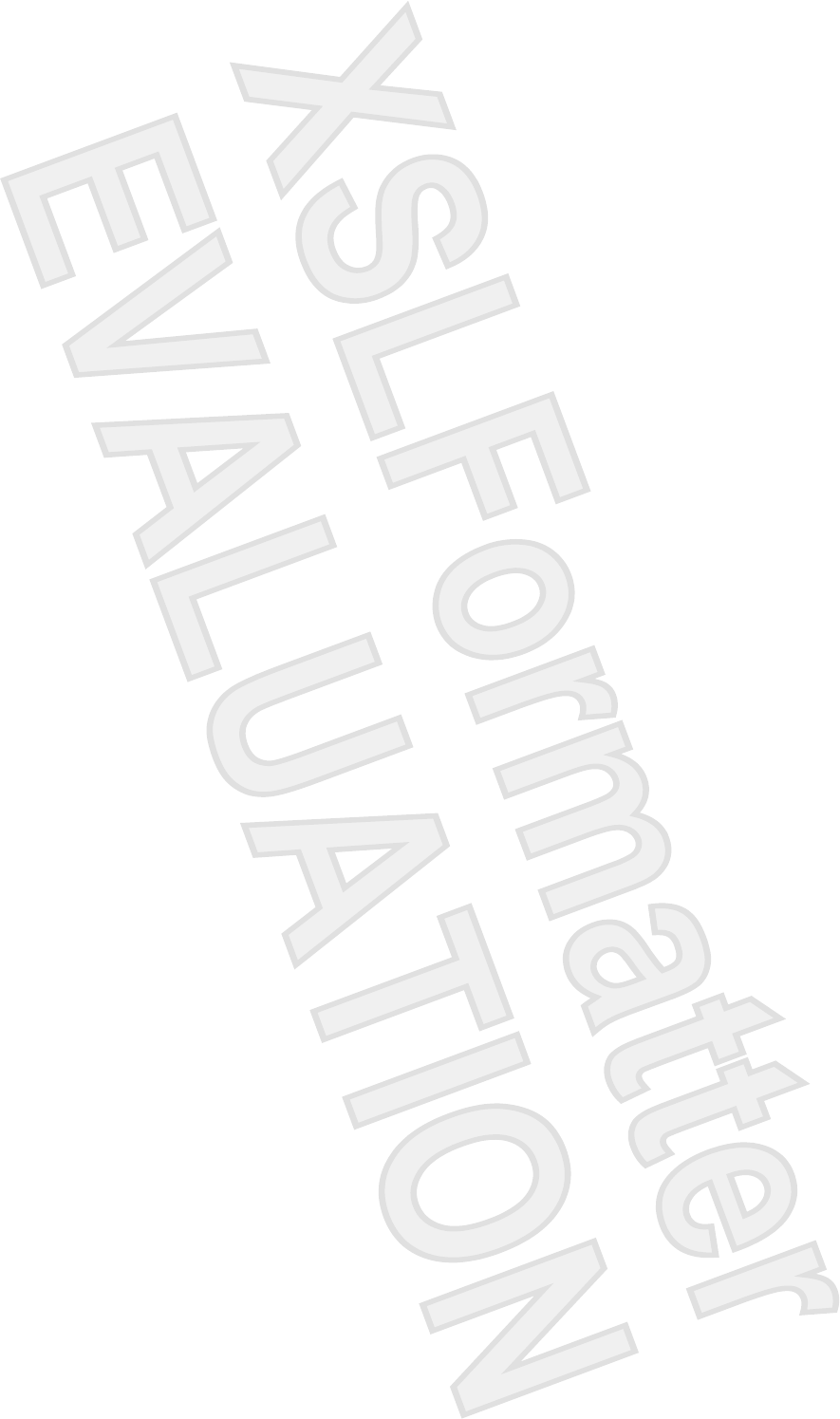
4 Improving hard drive performance
Using Disk Defragmenter
As you use the computer, files on the hard drive become fragmented. Disk Defragmenter consolidates
the fragmented files and folders on the hard drive so that it can run more efficiently.
To run Disk Defragmenter:
1. Select Start > All Programs > Accessories > System Tools > Disk Defragmenter.
2. Click a volume for the hard drive you want to defragment, usually listed as (C:), and then click
Defragment.
For additional information, access the Disk Defragmenter online Help.
Using Disk Cleanup
Disk Cleanup searches the hard drive for unnecessary files that you can safely delete to free up disk
space and help the computer to run more efficiently.
To run Disk Cleanup:
1. Select Start > All Programs > Accessories > System Tools > Disk Cleanup.
2. Follow the on-screen instructions.
8 Chapter 4 Improving hard drive performance ENWW
Antenna House XSL Formatter (Evaluation) http://www.antennahouse.com/
These two sections may change for Vista
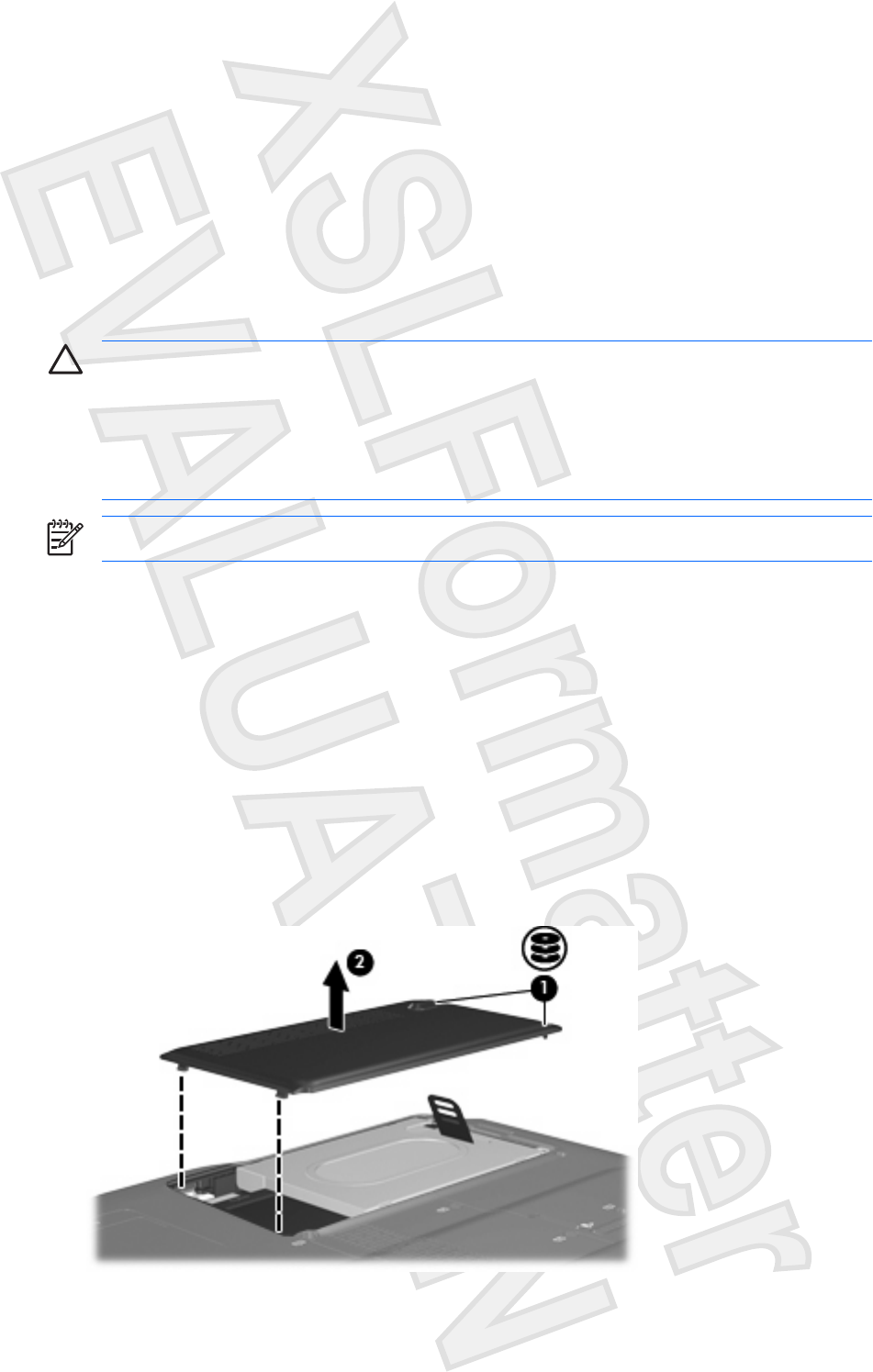
5 Replacing the hard drive
CAUTION To prevent information loss or an unresponsive system:
Shut down the computer before removing the hard drive from the hard drive bay. Do not remove
the hard drive while the computer is on, in the Sleep state, or in hibernation.
If you are not sure whether the computer is off or in hibernation, turn the computer on by pressing
the power button. Then shut down the computer through the operating system.
NOTE You computer may look slightly different from the illustrations in this chapter.
To remove the hard drive:
1. Save your work.
2. Shut down the computer and close the display.
3. Disconnect all external devices connected to the computer.
4. Unplug the power cord from the AC outlet.
5. Turn the computer upside down on a flat surface.
6. Remove the battery from the computer.
7. With the hard drive bay toward you, loosen the 2 hard drive cover screws (1).
8. Lift the hard drive cover away from the computer (2).
ENWW 9
Antenna House XSL Formatter (Evaluation) http://www.antennahouse.com/
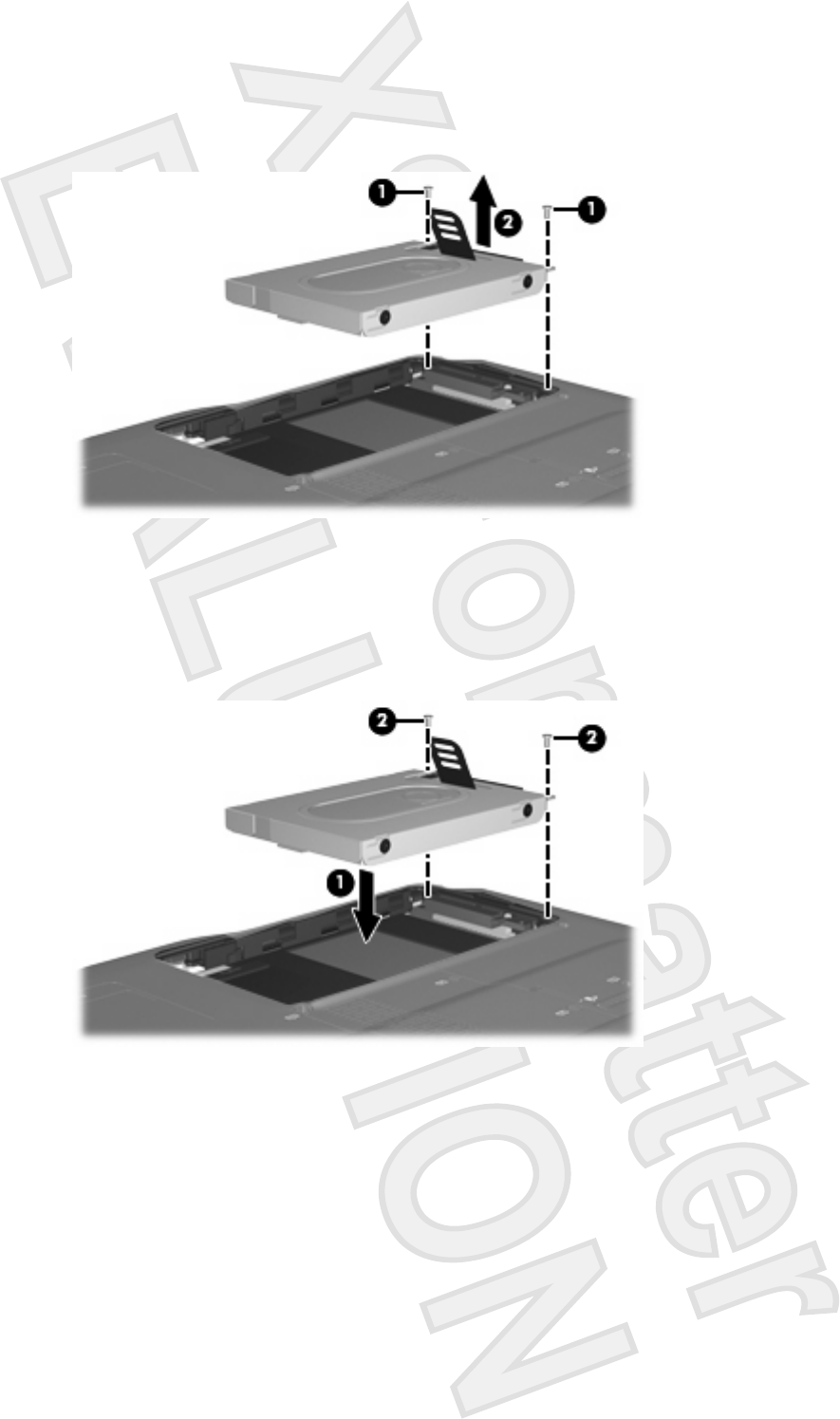
9. Remove the 2 hard drive screws (1)
10. Pull the hard drive tab up (2), and then lift the hard drive away from the computer.
To install a hard drive:
1. Insert the hard drive into the hard drive bay.
2. Gently press the hard drive down until it snaps into place (1).
3. Replace the 2 hard drive screws (2).
4. Align the tabs (1) on the hard drive cover with the notches on the computer.
5. Close the cover (2).
10 Chapter 5 Replacing the hard drive ENWW
Antenna House XSL Formatter (Evaluation) http://www.antennahouse.com/
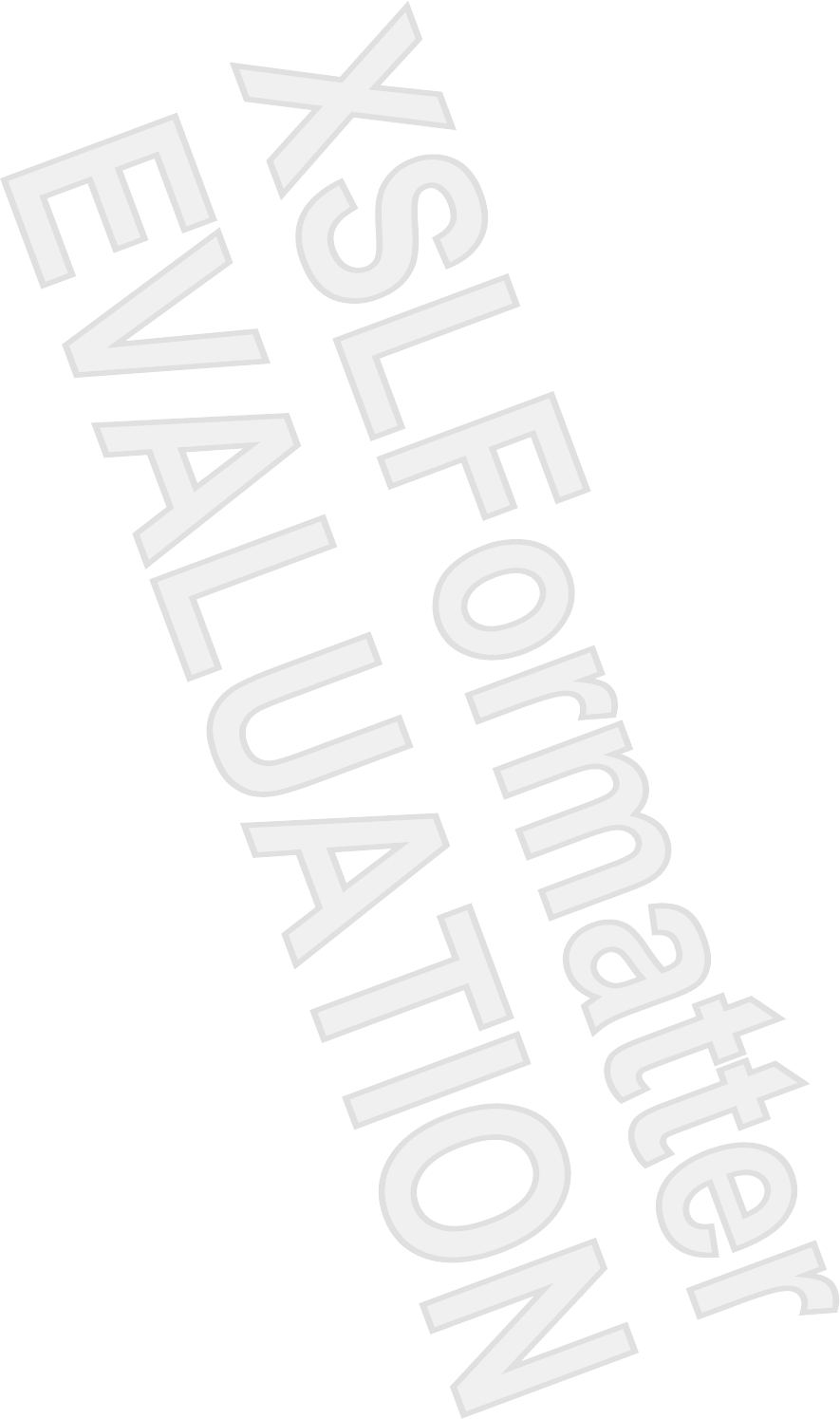
Index
A
airport security devices 2
C
CD
inserting 5
removing, with power 6
removing, without power 7
CD drive 3
D
Disk Cleanup 8
Disk Cleanup software 8
Disk Defragmenter 8
Disk Defragmenter software 8
disk performance 8
drives
caring for 2
hard 9, 10
optical 3
See also hard drive, optical drive
DVD
inserting 5
removing, with power 6
removing, without power 7
DVD drive 3
H
hard disk drive
installing 10
removing 9
replacing 9
hard drive
installing 10
removing 9
replacing 9
M
maintenance
Disk Cleanup 8
Disk Defragmenter 8
O
optical disc
inserting 5
removing, with power 6
removing, without power 7
optical drive 3
S
software
Disk Cleanup 8
Disk Defragmenter 8
12 Index ENWW
Antenna House XSL Formatter (Evaluation) http://www.antennahouse.com/
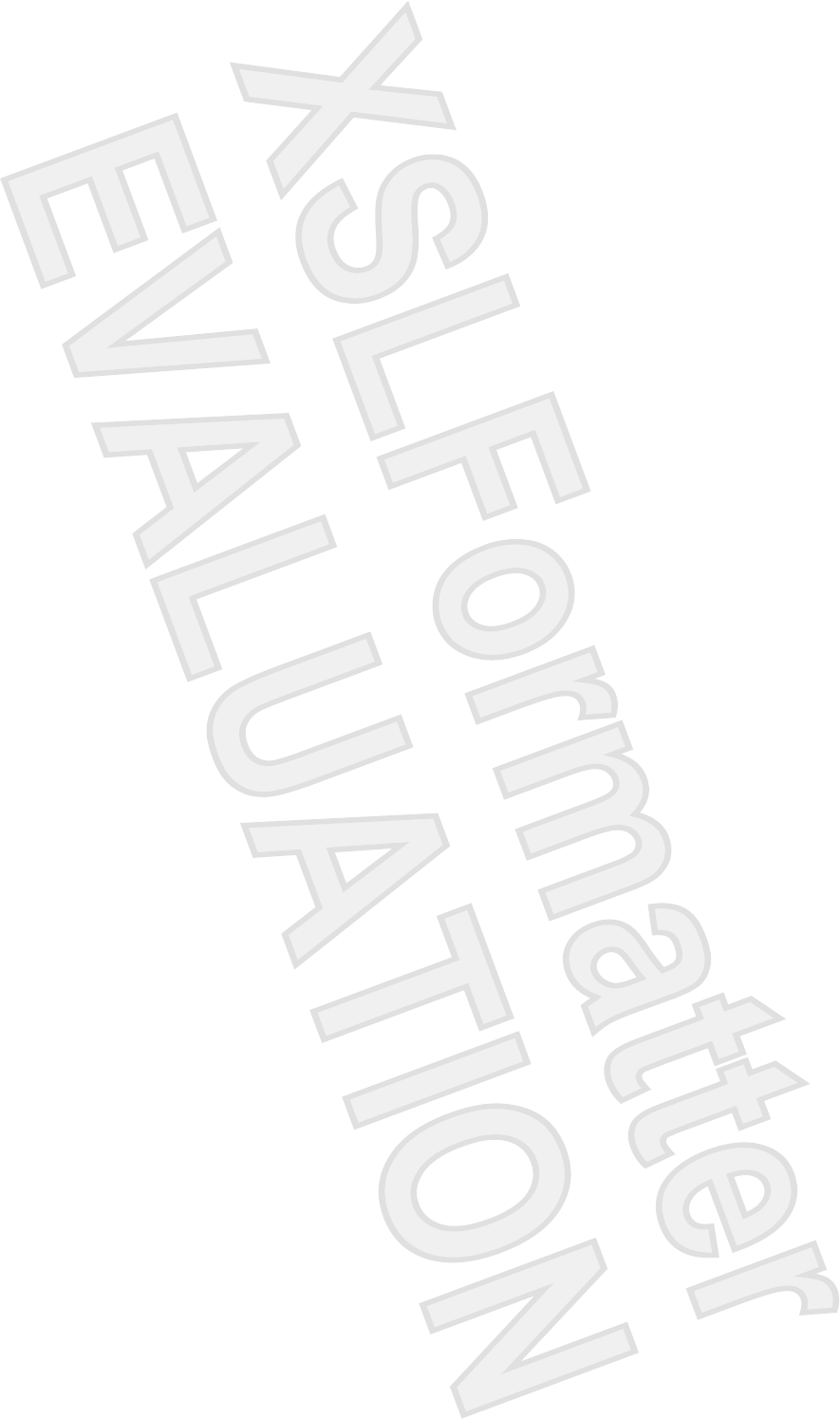
© Copyright 2007 Hewlett-Packard
Development Company, L.P.
SD Logo is a trademark of its proprietor.
The information contained herein is subject
to change without notice. The only
warranties for HP products and services are
set forth in the express warranty statements
accompanying such products and services.
Nothing herein should be construed as
constituting an additional warranty. HP shall
not be liable for technical or editorial errors
or omissions contained herein.
First Edition: January 2007
Document Part Number: 431176-001
Antenna House XSL Formatter (Evaluation) http://www.antennahouse.com/
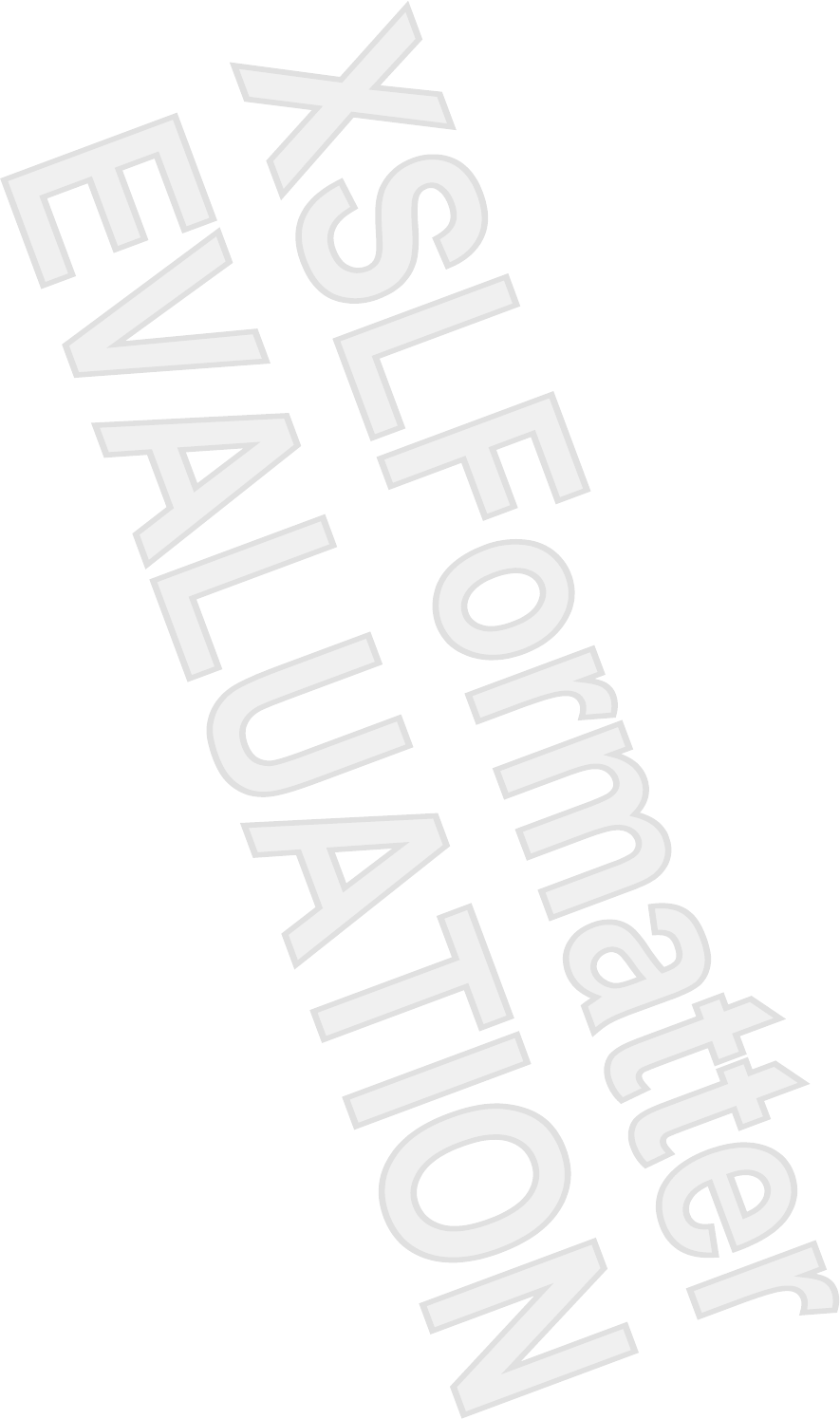
Table of contents
1 Digital Media Slot cards
Inserting a digital card .......................................................................................................................... 2
Stopping and removing a digital card ................................................................................................... 3
2 ExpressCards
Configuring an ExpressCard ................................................................................................................ 4
Inserting an ExpressCard ..................................................................................................................... 5
Stopping and removing an ExpressCard .............................................................................................. 6
Index ..................................................................................................................................................................... 7
ENWW iii
Antenna House XSL Formatter (Evaluation) http://www.antennahouse.com/
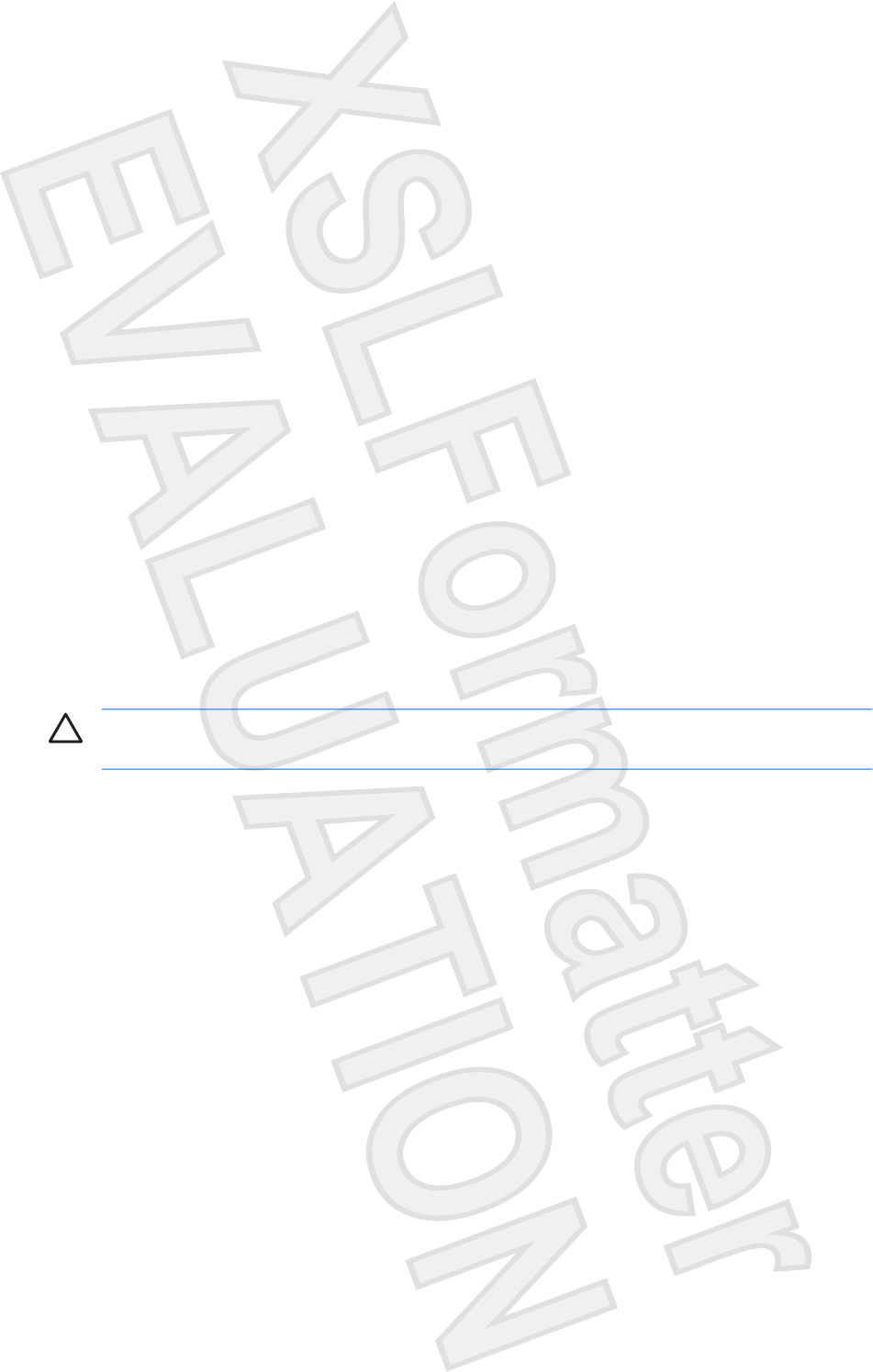
1 Digital Media Slot cards
Optional digital cards provide secure data storage and convenient data sharing. These cards are often
used with digital media–equipped cameras and PDAs as well as with other computers.
The Digital Media Slot supports the following digital card formats:
●Memory Stick (MS)
●Memory Stick Pro (MSP)
●MultiMediaCard (MMC)
●Secure Digital Input/Output (SD I/O)
●Secure Digital (SD) Memory Card
●xD-Picture Card (XD)
●xD-Picture Card (XD) Type M
CAUTION To avoid damaging the digital card or the computer, do not insert any type of adapter
into the Digital Media Slot.
ENWW 1
Antenna House XSL Formatter (Evaluation) http://www.antennahouse.com/
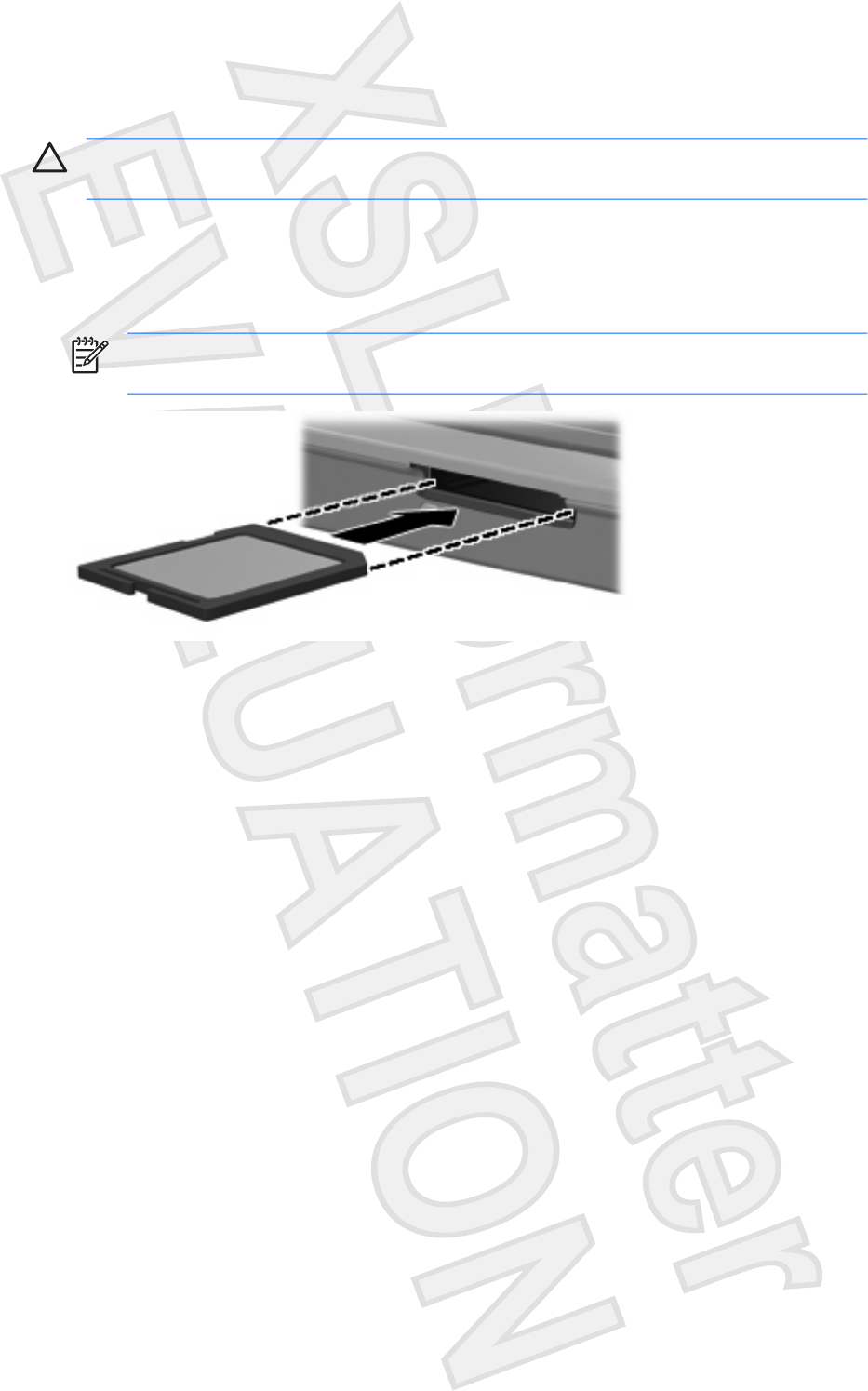
Inserting a digital card
CAUTION To prevent damage to the digital card connectors, use minimal force to insert a digital
card.
1. Hold the digital card label-side up, with the connectors facing the computer.
2. Gently slide the card into the Digital Media Slot until the card is seated.
You will hear a sound when the device has been detected.
NOTE The first time you insert a digital card, the "Installing device driver software"
message is displayed in the notification area, at the far right of the taskbar.
2 Chapter 1 Digital Media Slot cards ENWW
Antenna House XSL Formatter (Evaluation) http://www.antennahouse.com/
Vista wording
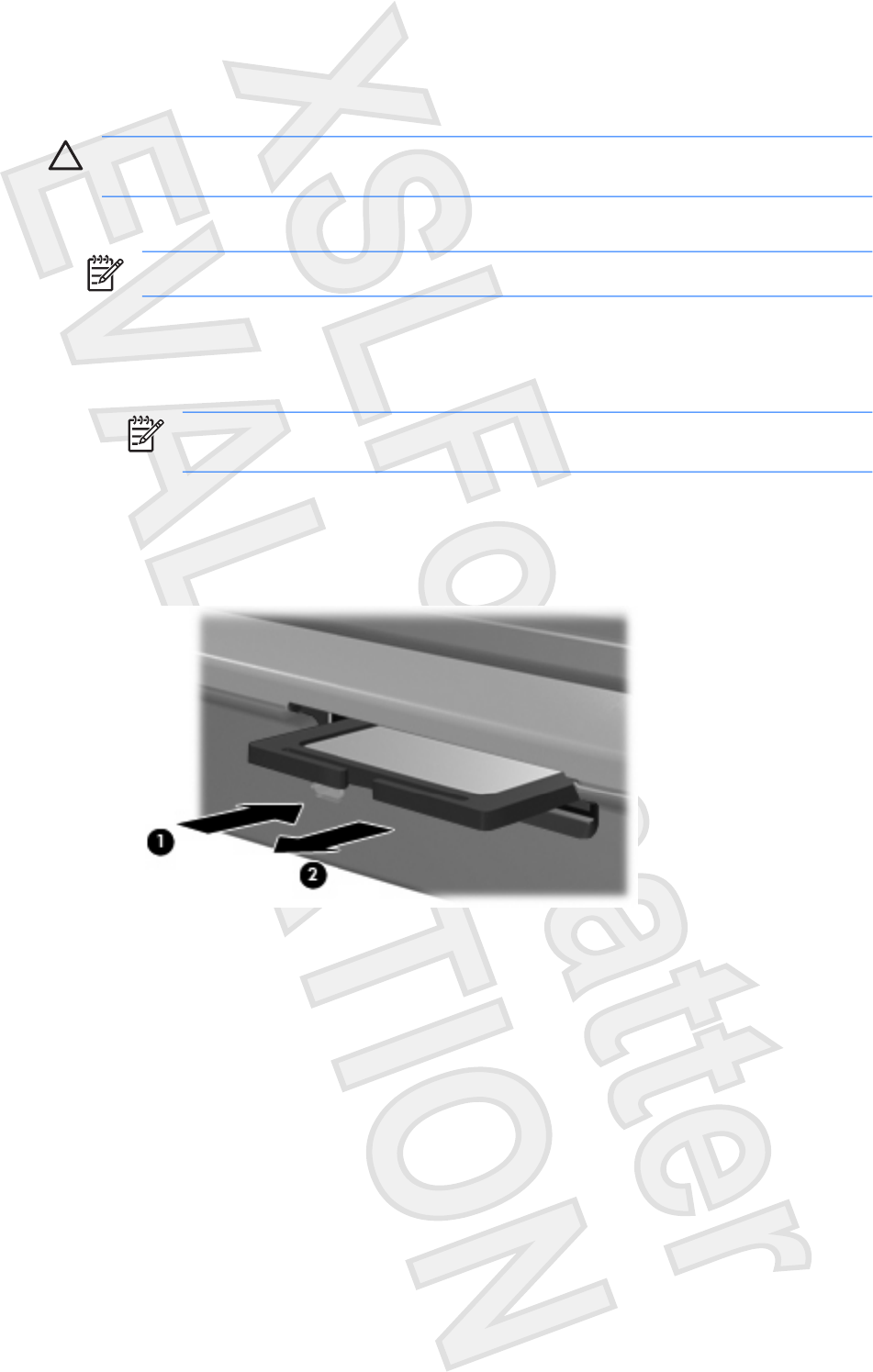
Stopping and removing a digital card
CAUTION To prevent loss of data or an unresponsive system, stop a digital card before
removing it.
1. Close all files and applications that are associated with the digital card.
NOTE To stop a data transfer, click Cancel in the operating system Copying window.
2. Stop the digital card:
a. Double-click the Safely Remove Hardware icon in the notification area, at the far right of the
taskbar.
NOTE To display the Safely Remove Hardware icon, click the Show Hidden Icons
icon (< or <<) in the notification area.
b. Click the digital card listing.
c. Click Stop, and then OK.
3. Press in on the digital card (1), and then remove the card from the slot (2).
ENWW Stopping and removing a digital card 3
Antenna House XSL Formatter (Evaluation) http://www.antennahouse.com/
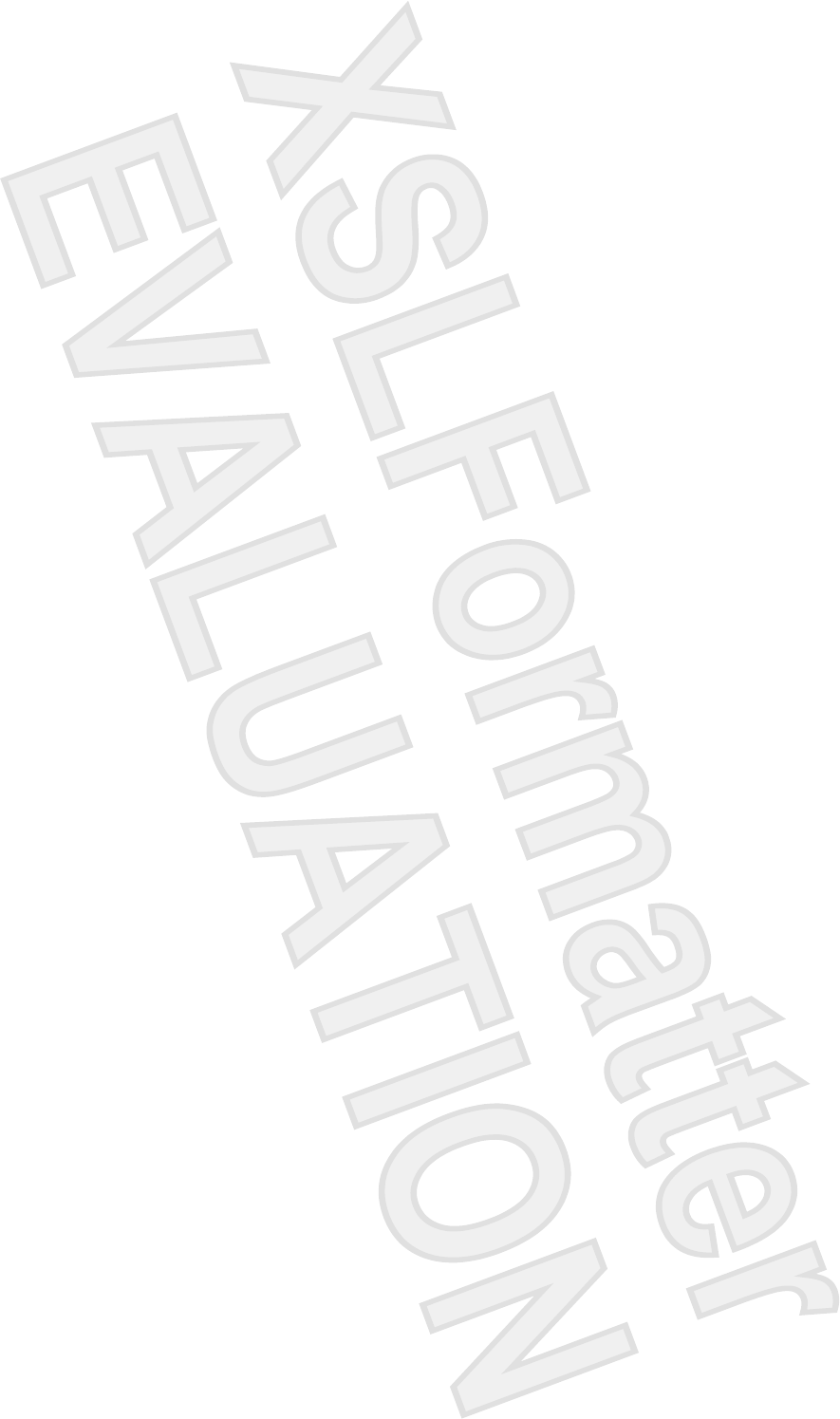
2 ExpressCards
An ExpressCard is a next-generation, high-performance PC Card that is inserted into the ExpressCard
slot.
Like standard PC Cards, ExpressCards are designed to conform to the standard specifications of the
Personal Computer Memory Card International Association (PCMCIA).
Configuring an ExpressCard
Install only the software required for your device. If you are instructed by the ExpressCard manufacturer
to install device drivers:
●Install only the device drivers for your operating system.
●Do not install other software, such as card services, socket services, or enablers, supplied by the
ExpressCard manufacturer.
4 Chapter 2 ExpressCards ENWW
Antenna House XSL Formatter (Evaluation) http://www.antennahouse.com/
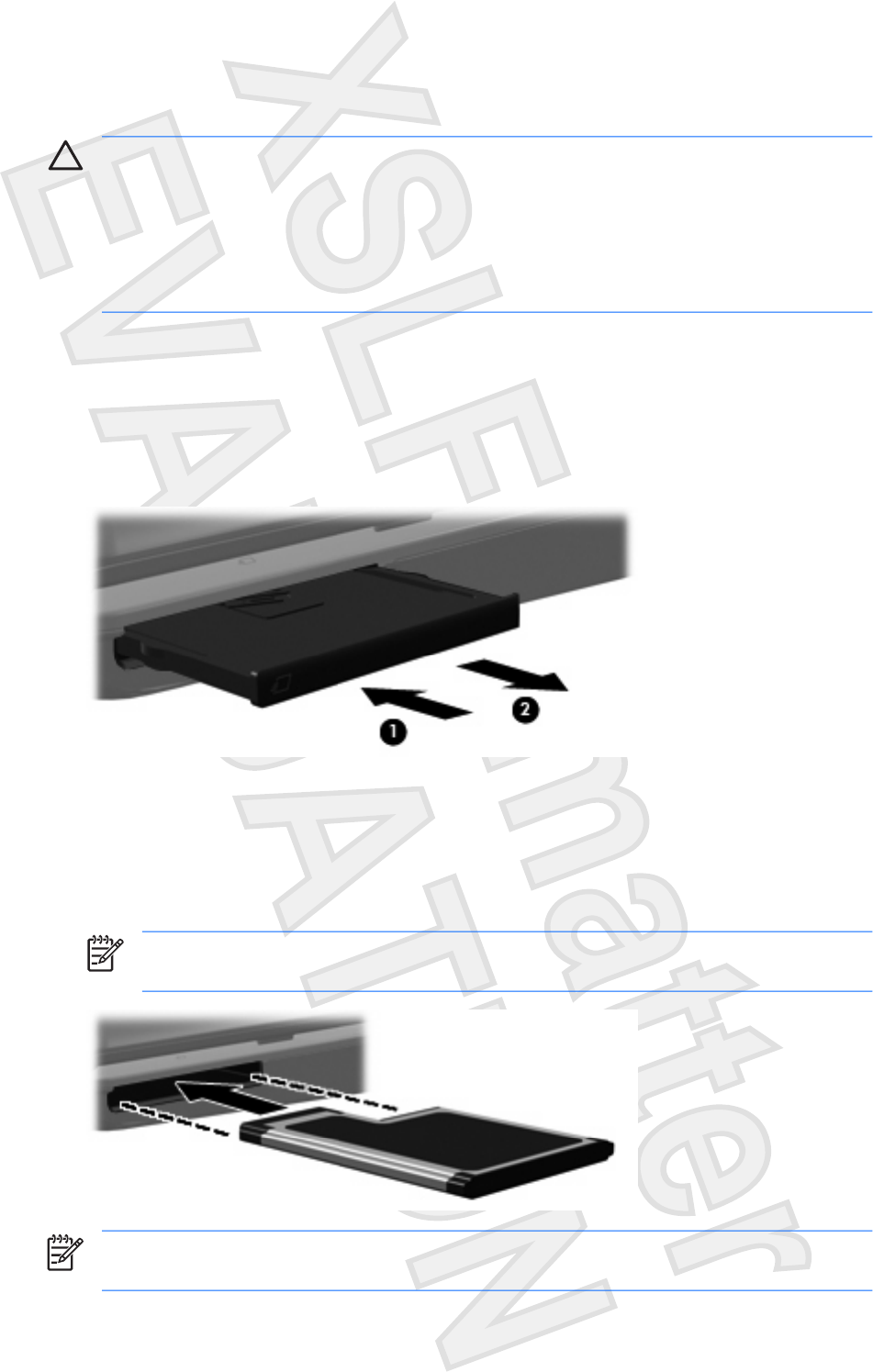
Inserting an ExpressCard
CAUTION To prevent damage to the computer and external media cards, do not insert an
ExpressCard into a PC Card slot or a PC Card into an ExpressCard slot.
CAUTION To prevent damage to the connectors:
Use minimal force when inserting an ExpressCard.
Do not move or transport the computer when an ExpressCard is in use.
The ExpressCard slot may contain a protective insert. The insert must be removed before you can insert
an ExpressCard.
To release and remove the protective insert:
1. Press in on the insert (1) to unlock it.
2. Pull the insert out of the slot (2).
To insert an ExpressCard:
1. Hold the card label-side up, with the connectors facing the computer.
2. Gently slide the card into the ExpressCard slot until the card is seated.
You will hear a sound when the device has been detected.
NOTE The first time you insert an ExpressCard, the “Installing device driver software”
message is displayed in the notification area, at the far right of the taskbar.
NOTE An inserted ExpressCard uses power even when idle. To conserve power, stop or
remove an ExpressCard when it is not in use.
ENWW Inserting an ExpressCard 5
Antenna House XSL Formatter (Evaluation) http://www.antennahouse.com/
Vista wording
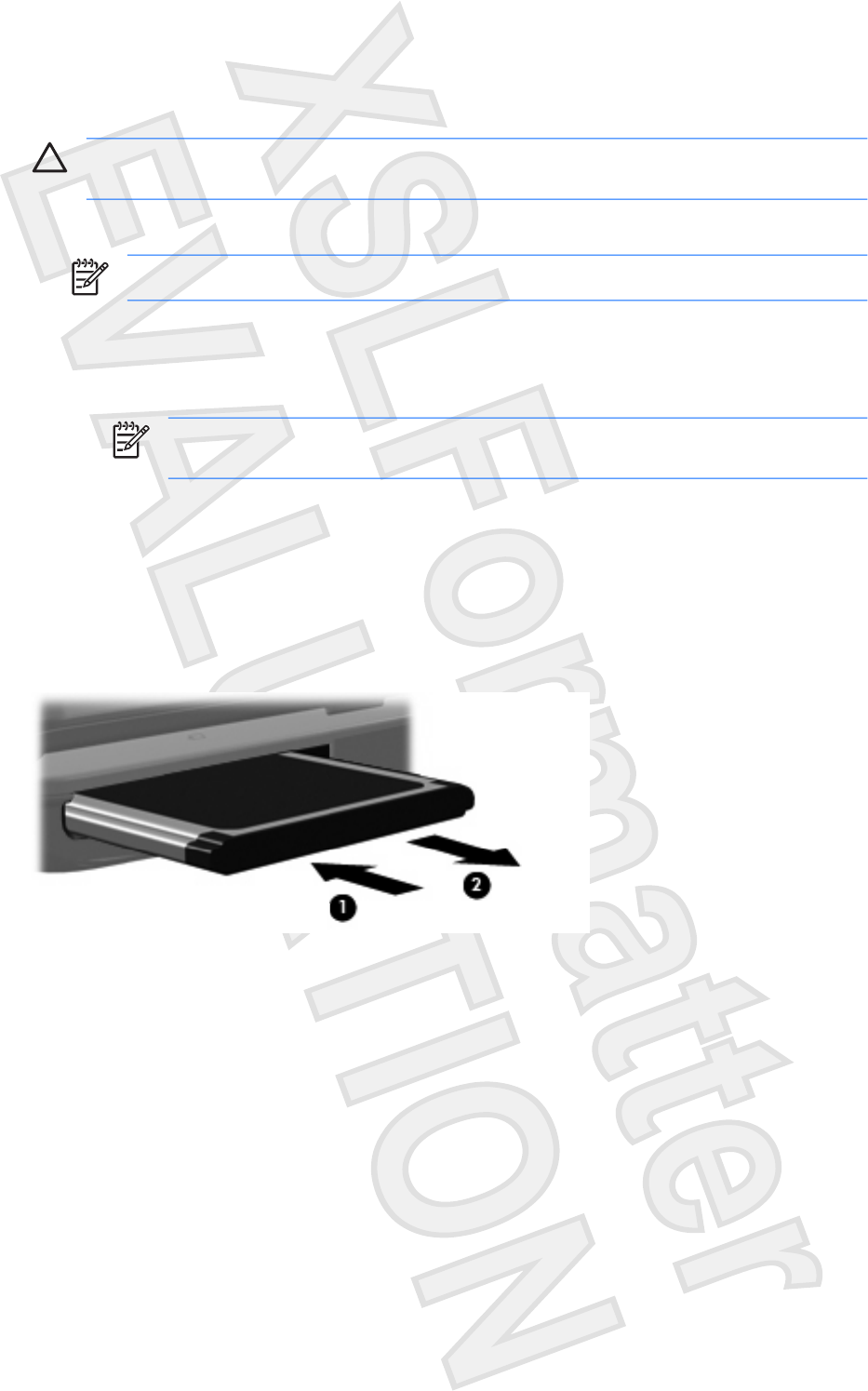
Stopping and removing an ExpressCard
CAUTION To prevent loss of data or an unresponsive system, stop an ExpressCard before
removing it.
1. Close all programs and complete all activities that are associated with the ExpressCard.
NOTE To stop a data transfer, click Cancel in the operating system Copying window.
2. Stop the ExpressCard:
a. Double-click the Safely Remove Hardware icon in the notification area, at the far right of the
taskbar.
NOTE To display the Safely Remove Hardware icon, click the Show Hidden Icons
icon (< or <<) in the notification area.
b. Click the ExpressCard listing.
c. Click Stop, and then OK.
3. Release and remove the ExpressCard:
a. Gently press in on the ExpressCard (1) to unlock it.
b. Pull the ExpressCard out of the slot (2).
6 Chapter 2 ExpressCards ENWW
Antenna House XSL Formatter (Evaluation) http://www.antennahouse.com/
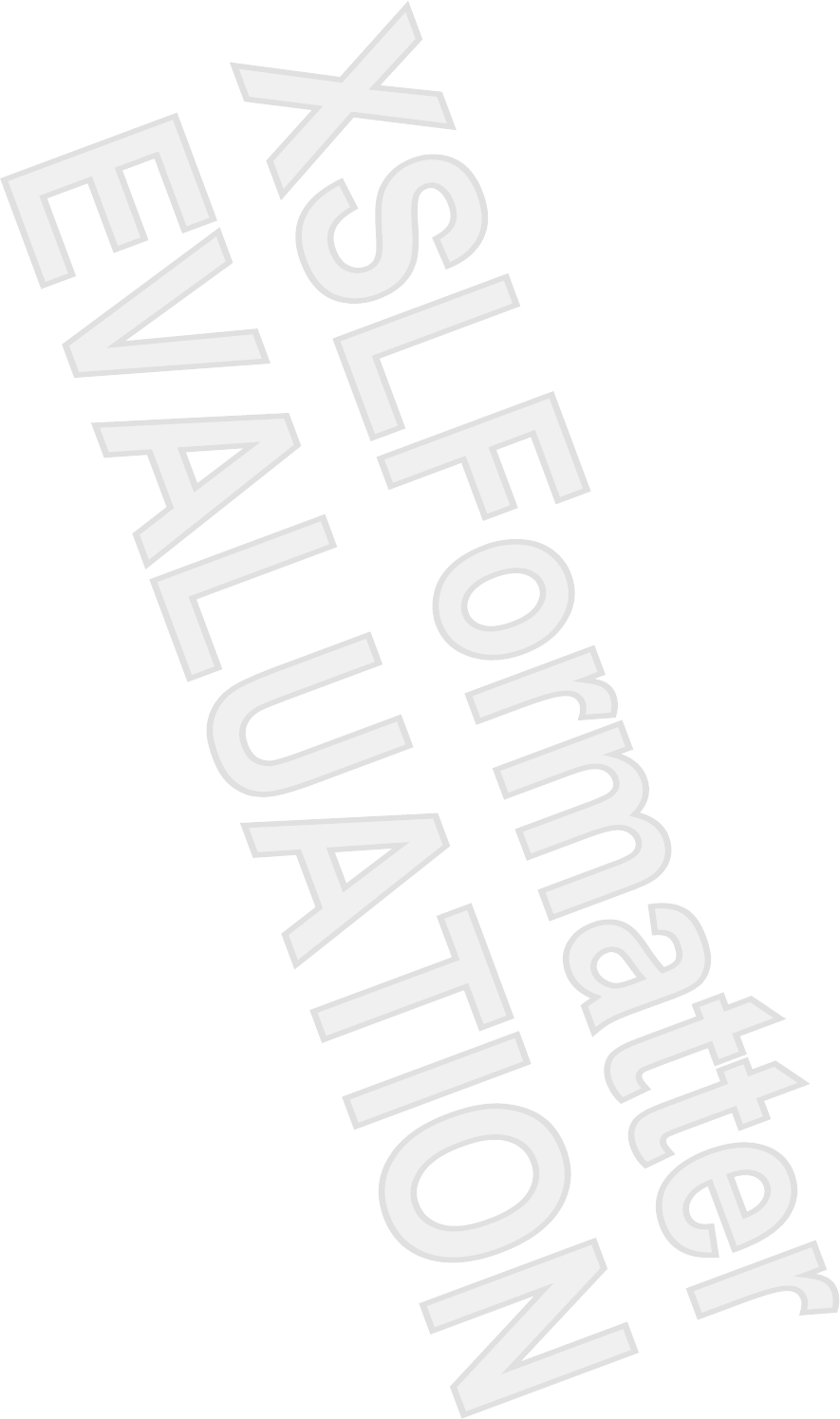
© Copyright 2007 Hewlett-Packard
Development Company, L.P.
The information contained herein is subject
to change without notice. The only
warranties for HP products and services are
set forth in the express warranty statements
accompanying such products and services.
Nothing herein should be construed as
constituting an additional warranty. HP shall
not be liable for technical or editorial errors
or omissions contained herein.
First Edition: January 2007
Document Part Number: 431173-001
Antenna House XSL Formatter (Evaluation) http://www.antennahouse.com/
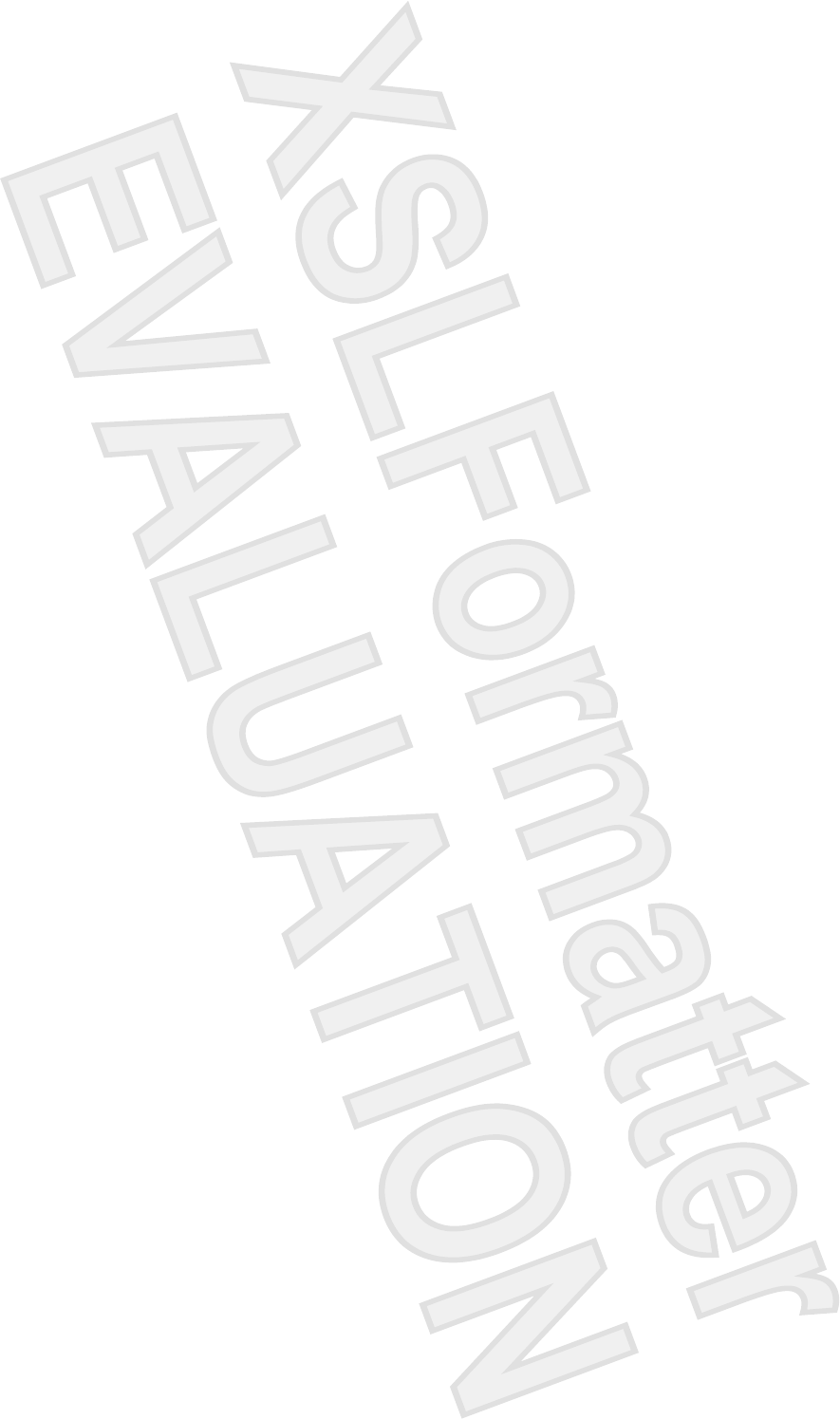
Table of contents
1 Using a USB device
Connecting a USB device .................................................................................................................... 2
Stopping a USB device ........................................................................................................................ 2
2 Using the expansion port
Index ..................................................................................................................................................................... 4
ENWW iii
Antenna House XSL Formatter (Evaluation) http://www.antennahouse.com/
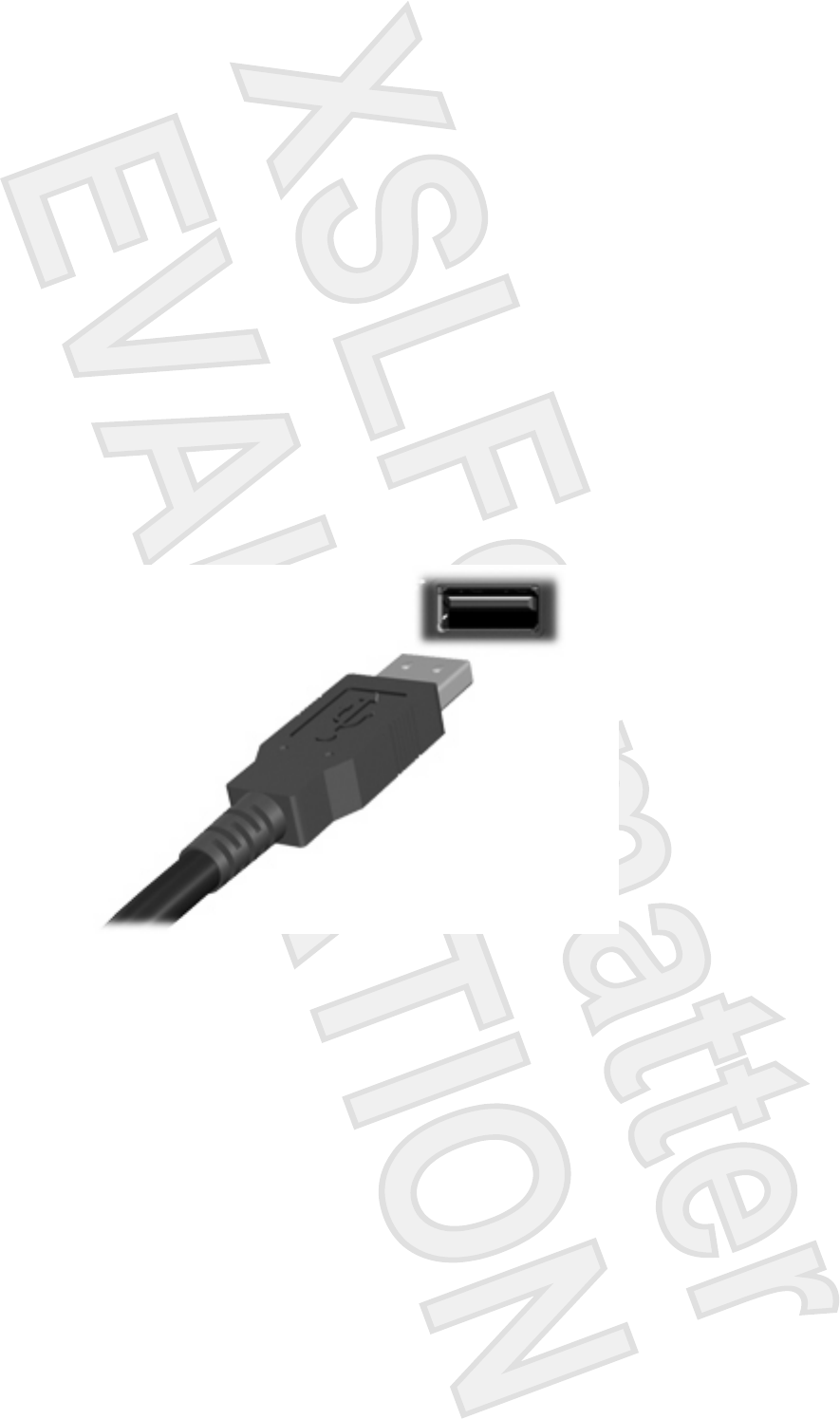
1 Using a USB device
Universal Serial Bus (USB) is a hardware interface that connects an optional external device, such as
a USB keyboard, mouse, drive, printer, scanner, or hub, to the computer or to an optional expansion
product or docking device.
Some USB devices may require additional support software, which is usually included with the device.
For more information about device-specific software, refer to the manufacturer's instructions.
The computer has 3 USB ports, which support USB 1.0, USB 1.1, and USB 2.0 devices To add more
USB ports, attach an optional hub, expansion product, or docking device.
ENWW 1
Antenna House XSL Formatter (Evaluation) http://www.antennahouse.com/
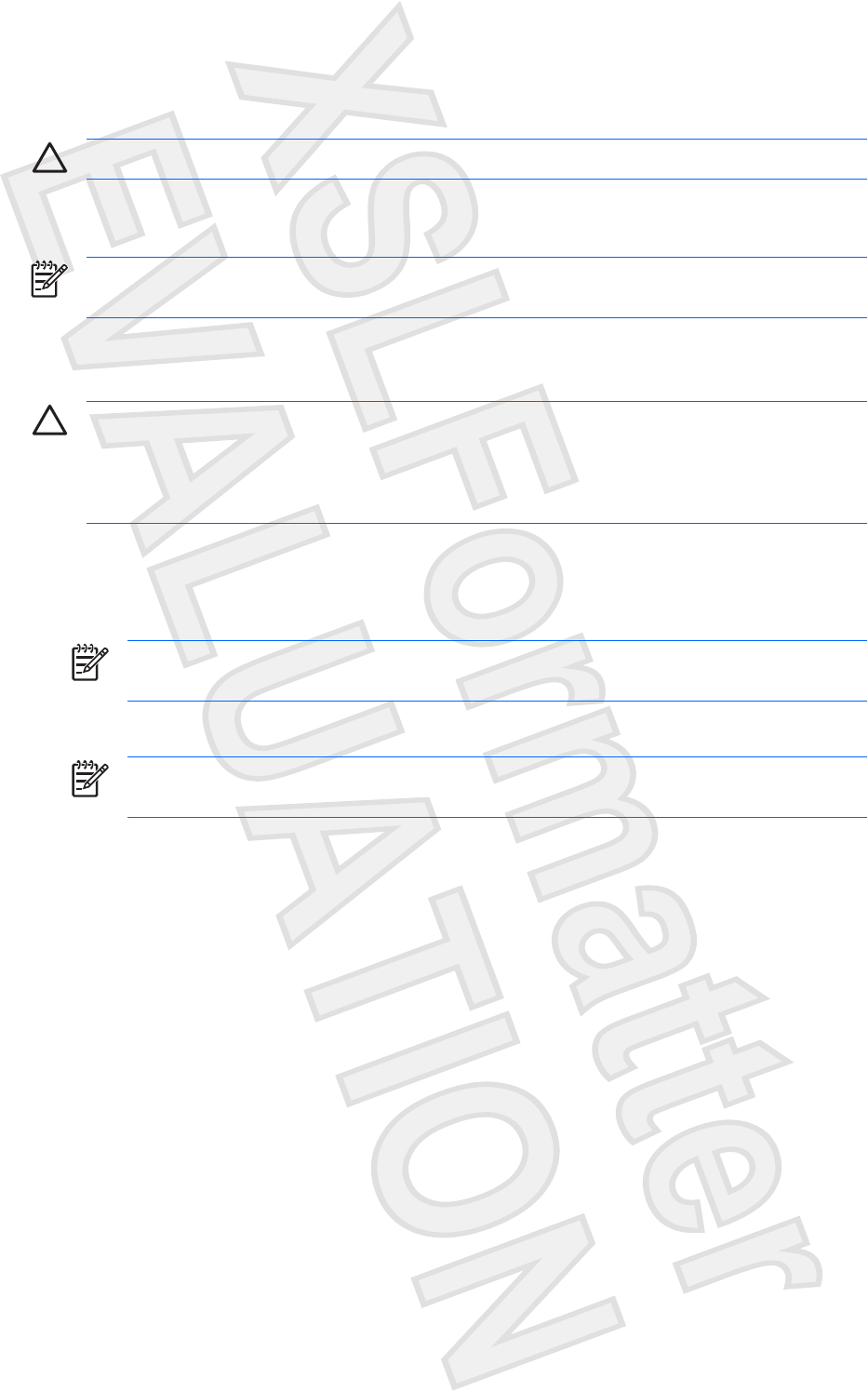
Connecting a USB device
CAUTION To prevent damage to a USB connector, use minimal force to connect a USB device.
To connect a USB device to the computer, connect the USB cable for the device to the USB port. The
operating system will issue a sound to indicate that a device has been detected.
NOTE The first time you connect a USB device, the "Installing device driver software" message
is displayed in the notification area, at the far right of the taskbar.
Stopping a USB device
CAUTION To prevent loss of information or an unresponsive system, stop the USB device
before removing it.
CAUTION To prevent damage to a USB connector, do not pull on the cable to disconnect the
USB device.
To stop a USB device:
1. Double-click the Safely Remove Hardware icon in the notification area, at the far right of the
taskbar.
NOTE To display the Safely Remove Hardware icon, click the Show Hidden Icons icon
(< or <<) in the notification area.
2. Click the name of the device in the list.
NOTE If the USB device is not listed, you do not have to stop the device before you remove
it.
3. Click Stop, and then click OK.
2 Chapter 1 Using a USB device ENWW
Antenna House XSL Formatter (Evaluation) http://www.antennahouse.com/
Vista message
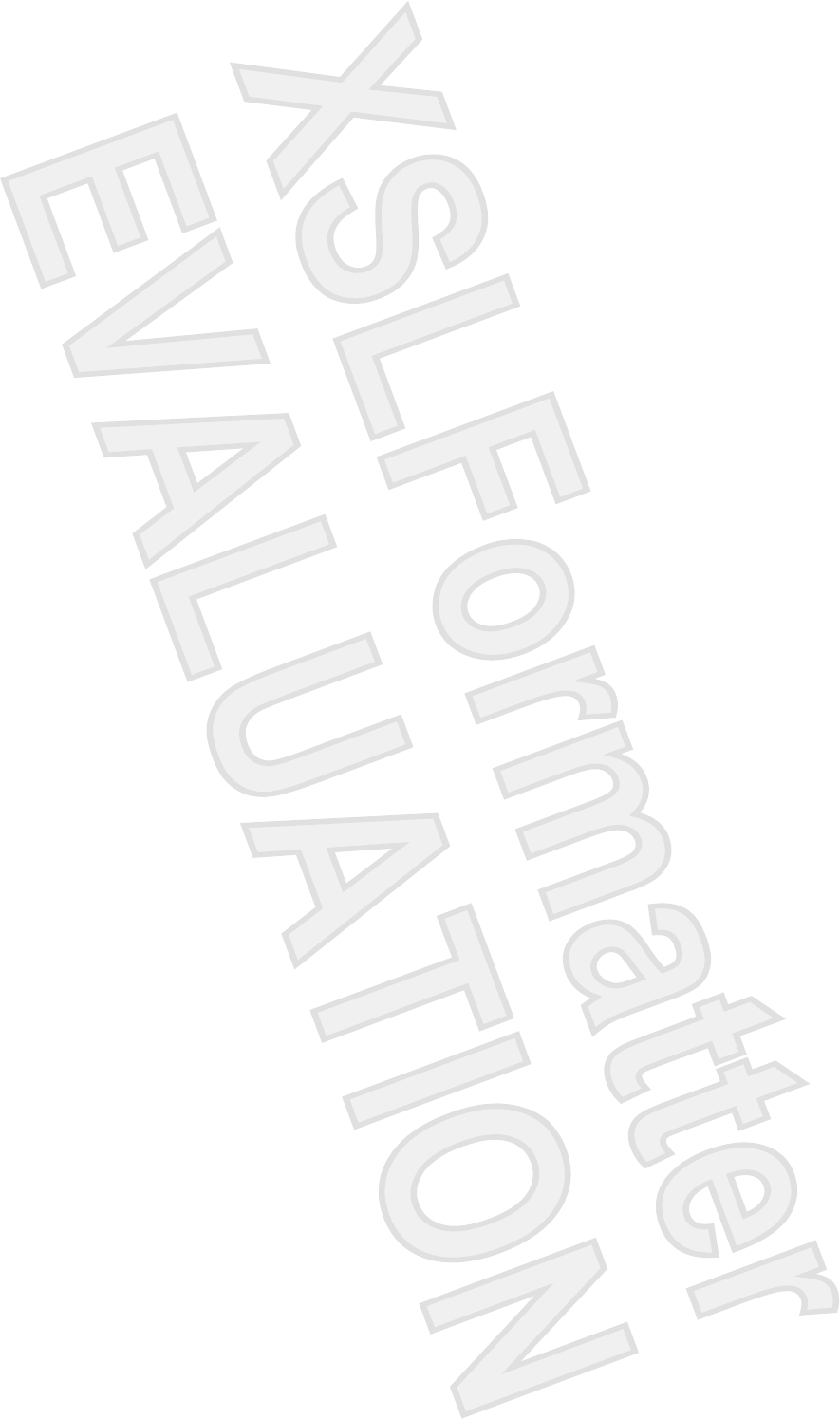
© Copyright 2007 Hewlett-Packard
Development Company, L.P.
The information contained herein is subject
to change without notice. The only
warranties for HP products and services are
set forth in the express warranty statements
accompanying such products and services.
Nothing herein should be construed as
constituting an additional warranty. HP shall
not be liable for technical or editorial errors
or omissions contained herein.
First Edition: January 2007
Document Part Number: 431177-001
Antenna House XSL Formatter (Evaluation) http://www.antennahouse.com/
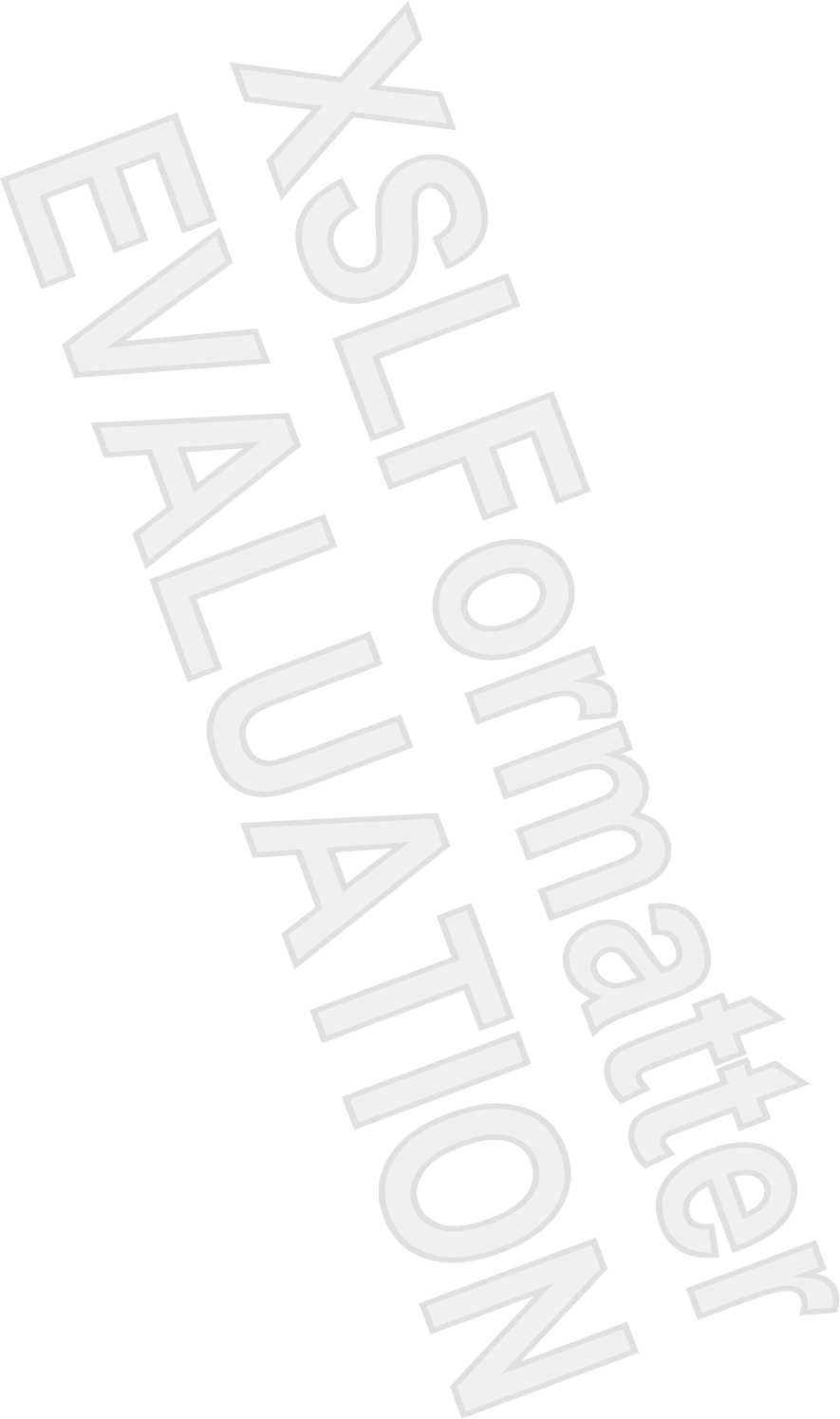
Table of contents
Adding or replacing a memory module
Index ..................................................................................................................................................................... 5
ENWW iii
Antenna House XSL Formatter (Evaluation) http://www.antennahouse.com/
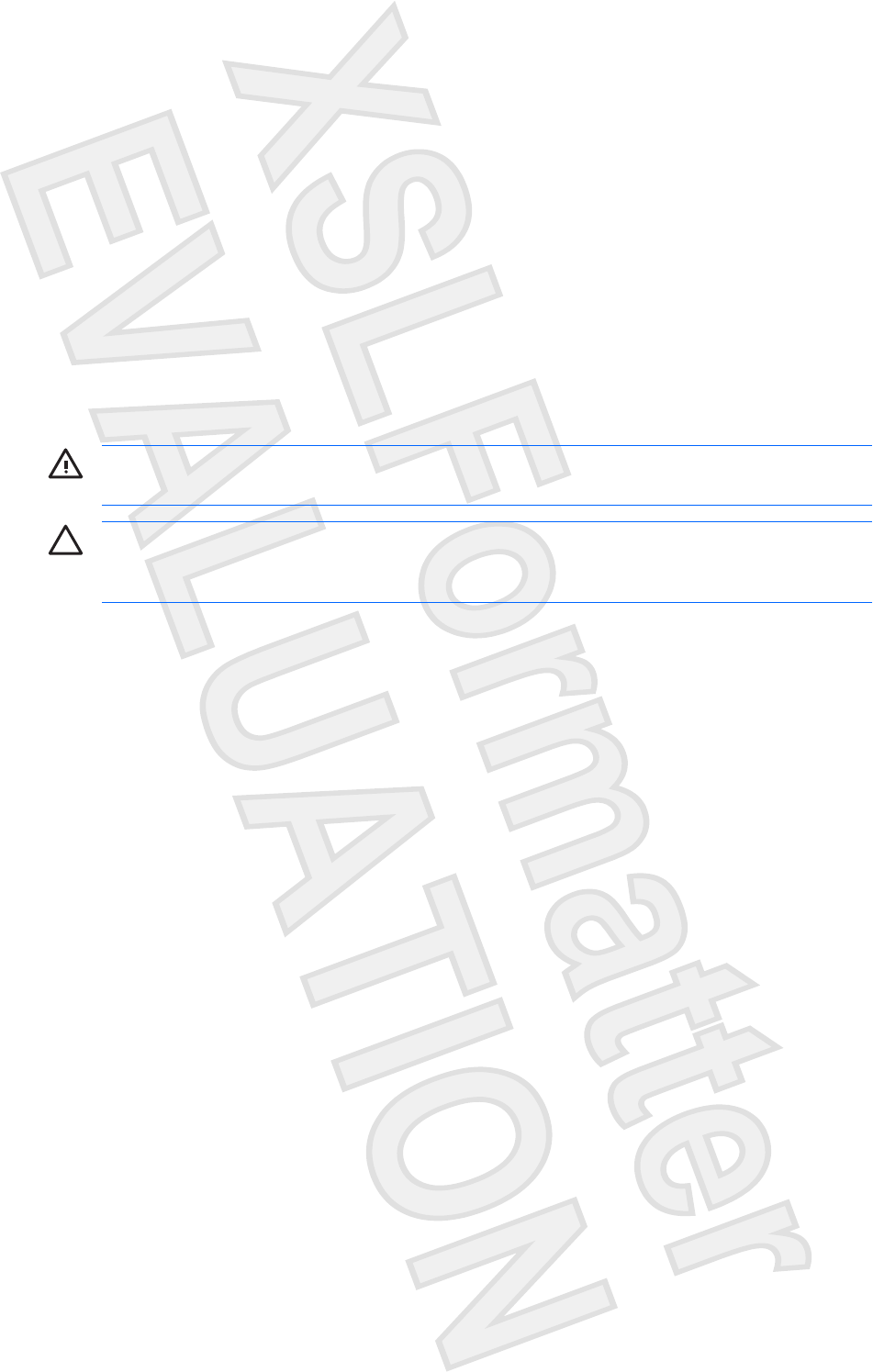
Adding or replacing a memory module
The computer has one memory module compartment, which is located on the bottom of the computer.
The memory capacity of the computer can be upgraded by adding a memory module to the vacant
expansion memory module slot or by upgrading the existing memory module in the primary memory
module slot.
WARNING! To reduce the risk of electric shock and damage to the equipment, unplug the
power cord and remove all batteries before installing a memory module.
CAUTION Electrostatic discharge (ESD) can damage electronic components. Before
beginning any procedure, ensure that you are discharged of static electricity by touching a
grounded metal object.
To add or replace a memory module:
1. Save your work.
2. Shut down the computer and close the display.
If you are not sure whether the computer is off or in the Sleep state, turn the computer on by pressing
the power button. Then shut down the computer through the operating system.
3. Disconnect all external devices connected to the computer.
4. Unplug the power cord from the AC outlet.
5. Turn the computer upside down on a flat surface.
6. Remove the battery from the computer.
7. Loosen the 2 memory module compartment screws (1).
ENWW 1
Antenna House XSL Formatter (Evaluation) http://www.antennahouse.com/
Vista version. If we
ship with XP, this will
say "in Standby"
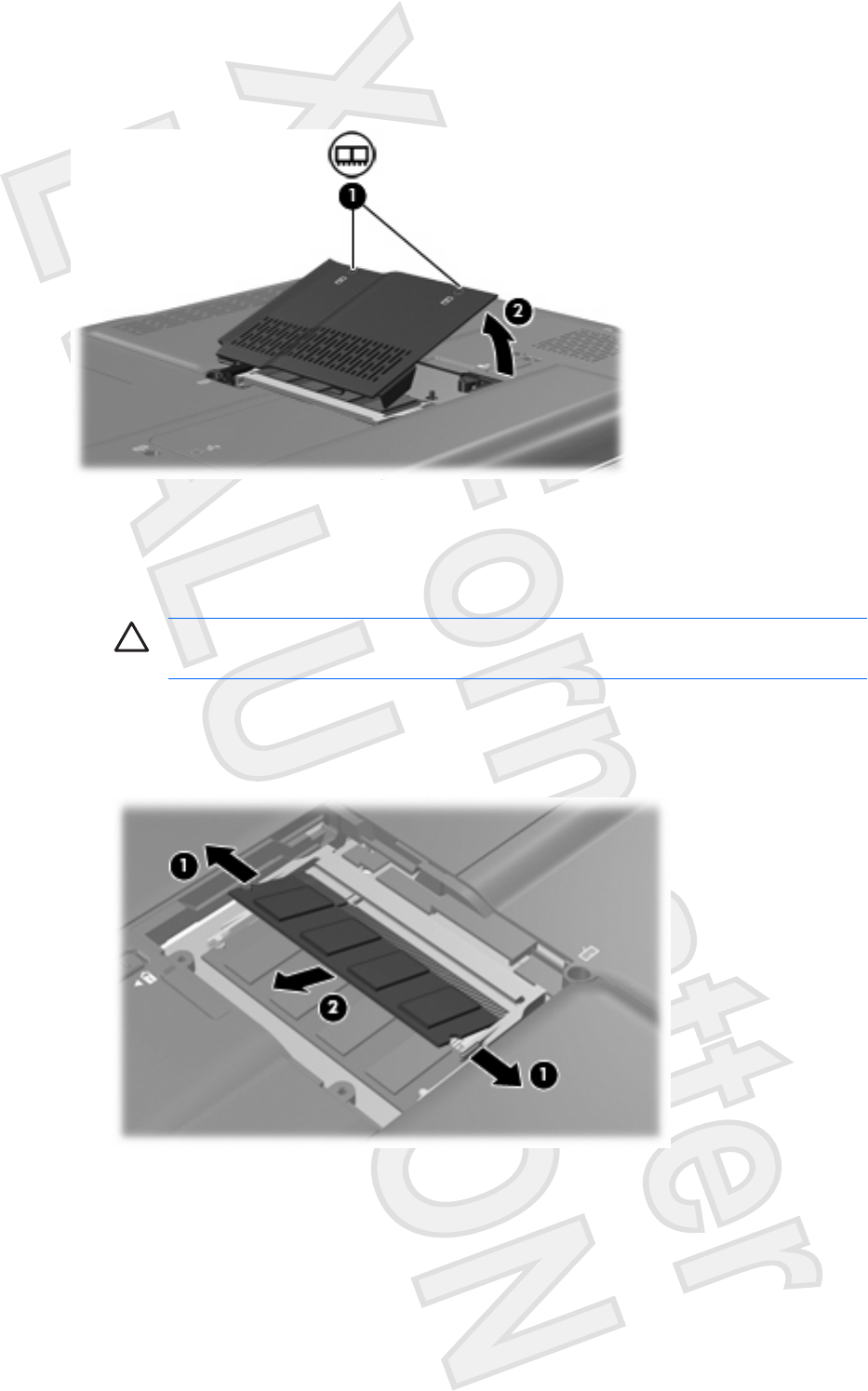
8. Lift the memory module compartment cover (2) away from the computer.
9. If you are replacing a memory module, remove the existing memory module:
a. Pull away the retention clips (1) on each side of the memory module.
The memory module tilts up.
CAUTION To prevent damage to the memory module, hold the memory module by
the edges only. Do not touch the components on the memory module.
b. Grasp the edge of the memory module (2), and gently pull the module out of the memory
module slot.
To protect a memory module after removal, place it in an electrostatic-safe container.
2 Adding or replacing a memory module ENWW
Antenna House XSL Formatter (Evaluation) http://www.antennahouse.com/
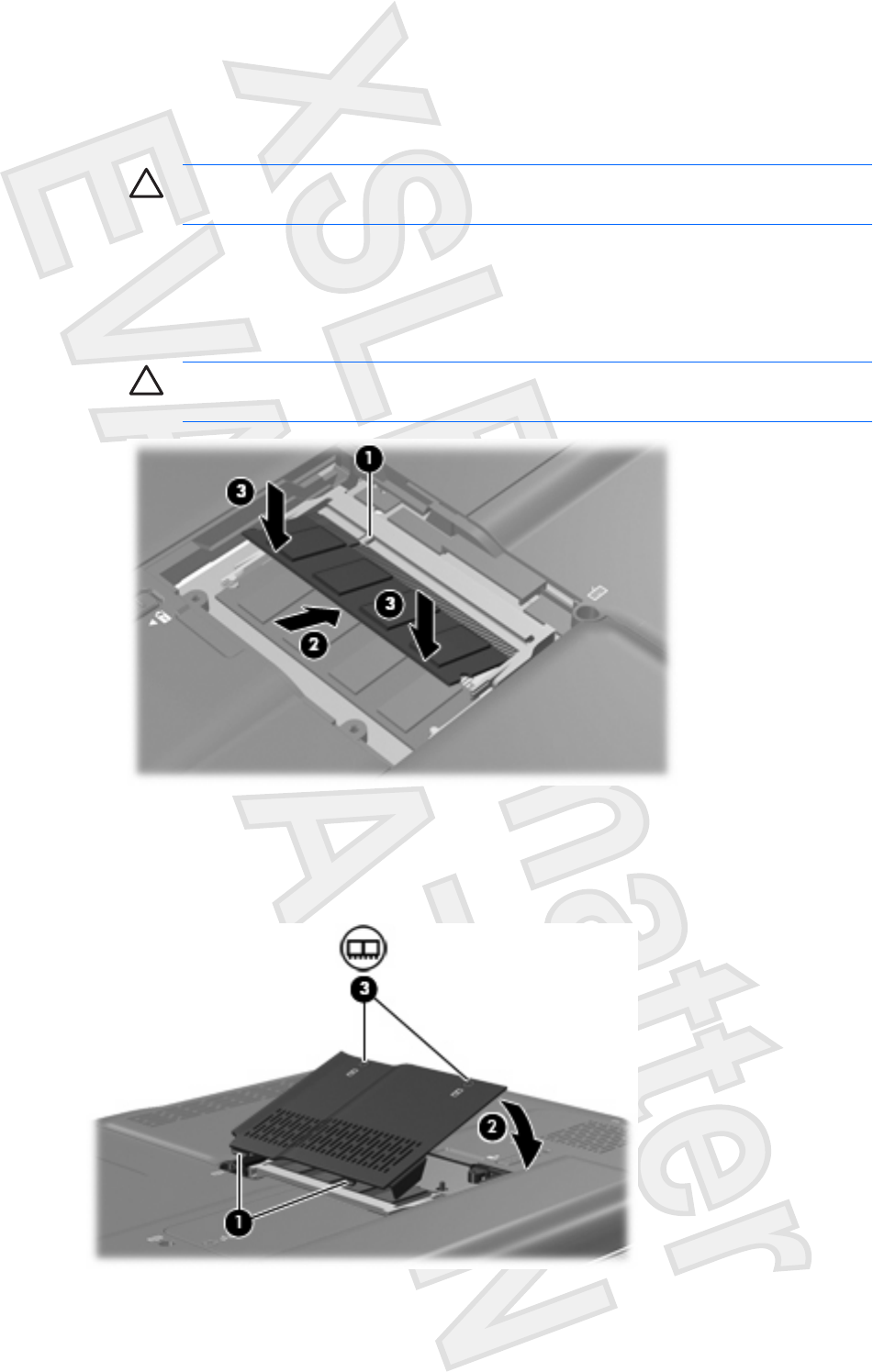
10. Insert a new memory module:
a. Align the notched edge (1) of the memory module with the tab in the memory module slot.
CAUTION To prevent damage to the memory module, hold the memory module by
the edges only. Do not touch the components on the memory module.
b. With the memory module at a 45-degree angle from the surface of the memory module
compartment, press the module (2) into the memory module slot until it is seated.
c. Gently press the memory module (3) down, applying pressure to both the left and right edges
of the memory module, until the retention clips snap into place.
CAUTION To prevent damage to the memory module, be sure that you do not bend
the memory module.
11. Align the tabs (1) on the memory module compartment cover with the notches on the computer.
12. Close the cover (2).
13. Tighten the 2 memory module compartment screws (3).
ENWW 3
Antenna House XSL Formatter (Evaluation) http://www.antennahouse.com/
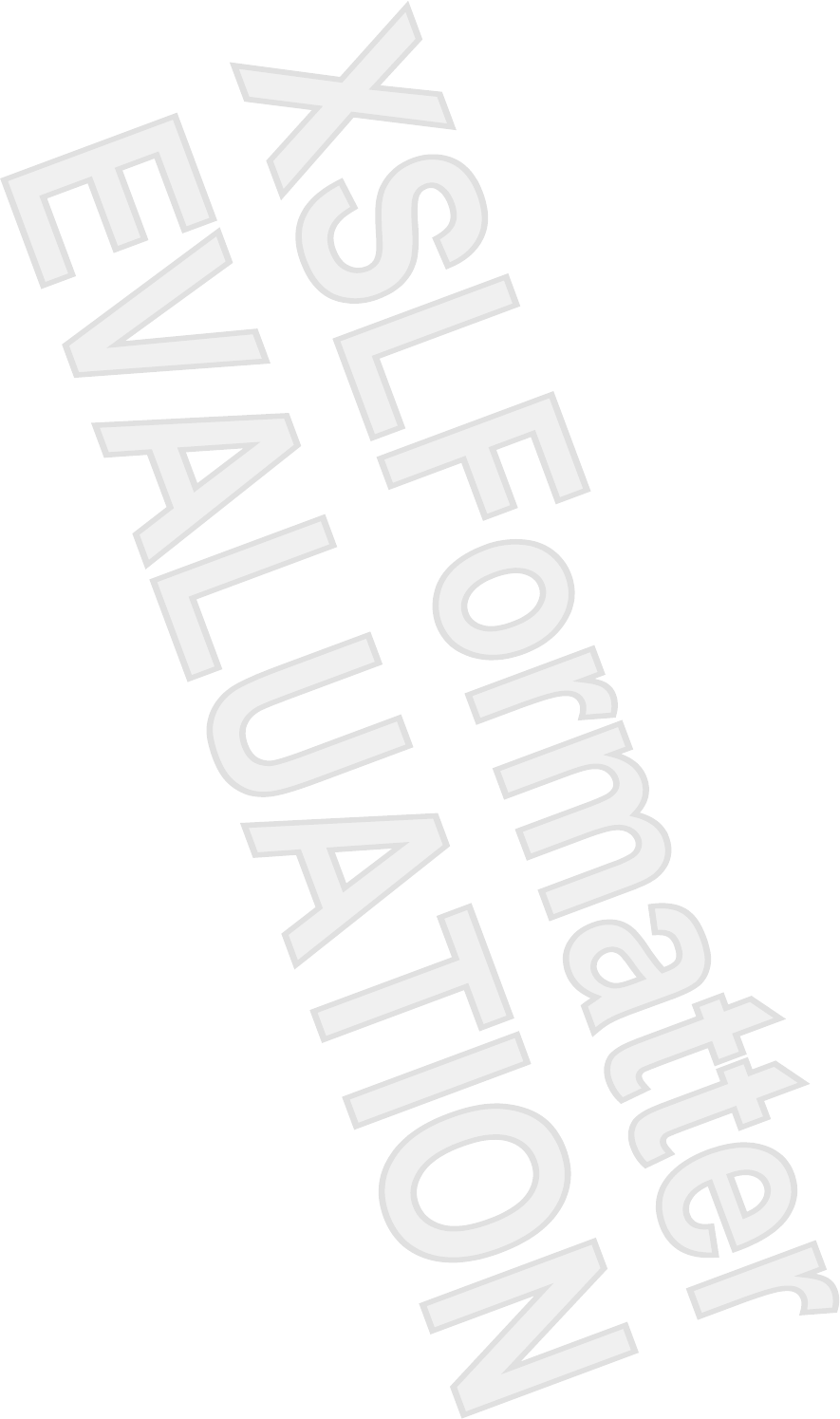
© Copyright 2007 Hewlett-Packard
Development Company, L.P.
Microsoft and Windows are U.S. registered
trademarks of Microsoft Corporation.
The information contained herein is subject
to change without notice. The only
warranties for HP products and services are
set forth in the express warranty statements
accompanying such products and services.
Nothing herein should be construed as
constituting an additional warranty. HP shall
not be liable for technical or editorial errors
or omissions contained herein.
First Edition: January 2007
Document Part Number: 431178-001
Antenna House XSL Formatter (Evaluation) http://www.antennahouse.com/
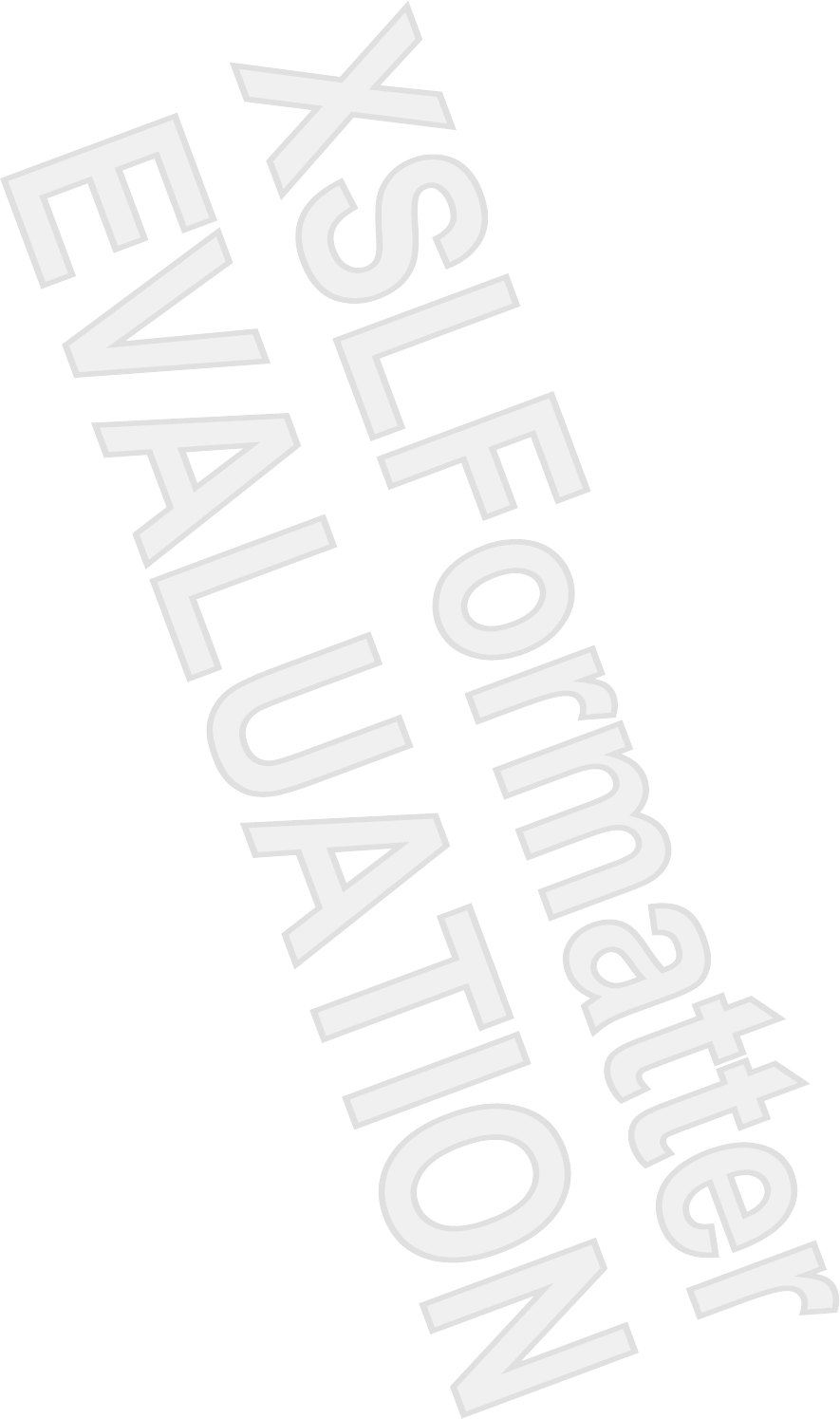
Table of contents
1 Using multimedia hardware
Using the audio features ...................................................................................................................... 1
Using the audio-in (microphone) jack .................................................................................. 2
Using the audio-out (headphone) jack ................................................................................. 2
Using S/PDIF digital audio (select models only) .................................................................. 2
Adjusting the volume ........................................................................................................... 3
Using the QuickPlay buttons ................................................................................................................ 4
Media button ........................................................................................................................ 4
DVD button .......................................................................................................................... 5
Using the video features ....................................................................................................................... 6
Using the external monitor port ............................................................................................ 6
Using the S-Video-out jack .................................................................................................. 7
Using the camera ................................................................................................................................ 8
Capturing and streaming video ............................................................................................ 9
Capturing video ................................................................................................... 9
Streaming video with an instant message program ............................................ 9
Taking still photographs with the integrated camera ......................................................... 10
Adjusting camera properties .............................................................................................. 10
Using an optical drive ........................................................................................................................ 12
Identifying the installed optical drive .................................................................................. 12
Inserting an optical disc ..................................................................................................... 12
Removing an optical disc when running on battery or external power .............................. 13
Removing an optical disc when no computer power is available ....................................... 14
Using the media activity functions ...................................................................................................... 15
Using the media activity hotkeys ....................................................................................... 15
Using the media activity buttons ........................................................................................ 16
Previous/rewind button ...................................................................................... 16
Play/pause button ............................................................................................. 16
Next/fast forward button .................................................................................... 17
Stop button ........................................................................................................ 17
2 Working with multimedia software
Opening preinstalled multimedia software ......................................................................................... 19
Installing multimedia software from a disc .......................................................................................... 19
Using multimedia software ................................................................................................................. 19
Preventing playback disruptions ......................................................................................................... 20
Changing DVD region settings ........................................................................................................... 21
Observing the copyright warning ........................................................................................................ 21
ENWW iii
Antenna House XSL Formatter (Evaluation) http://www.antennahouse.com/
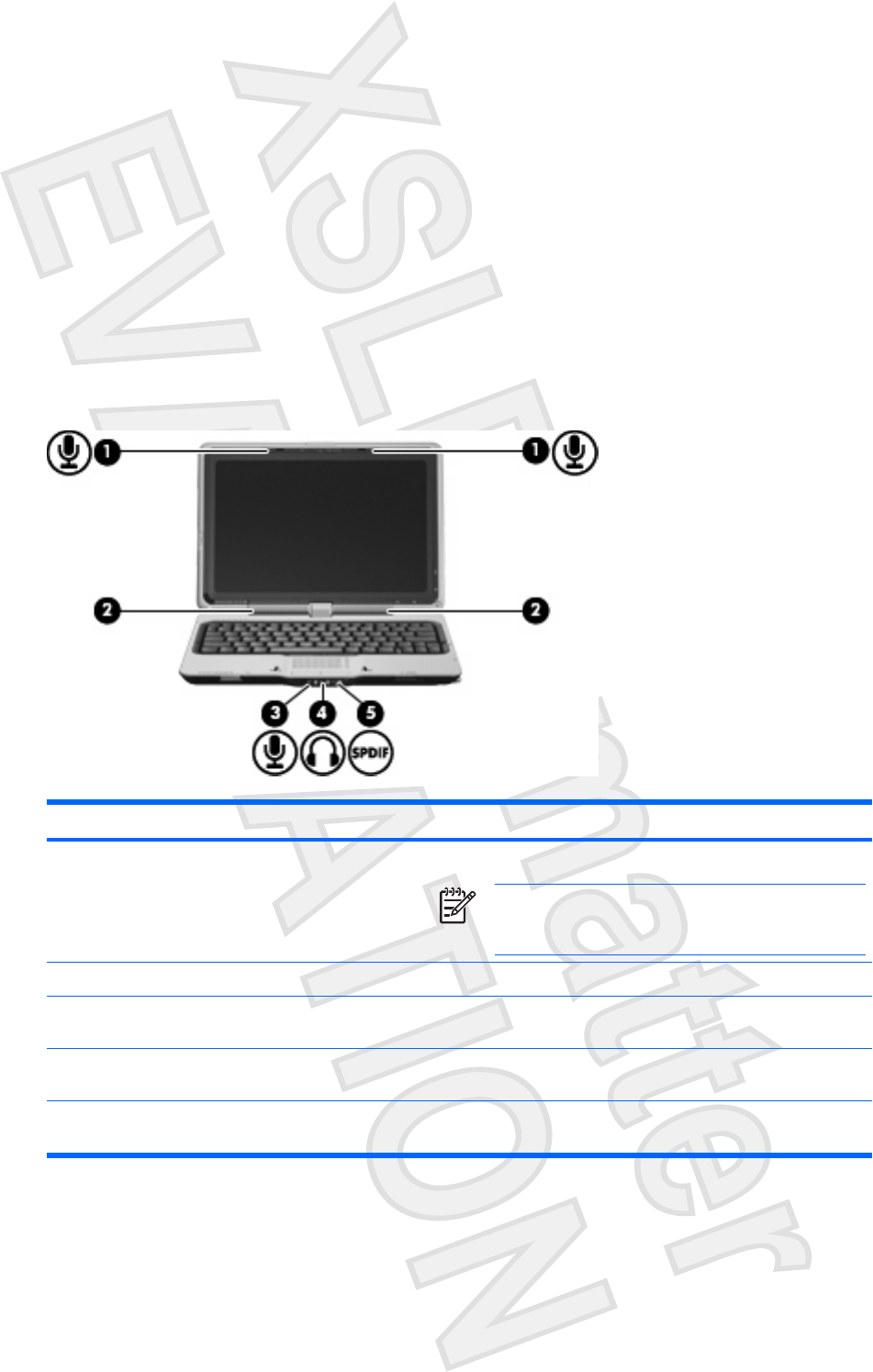
1 Using multimedia hardware
Using the audio features
The following illustration and table describe the audio features of the computer.
Component Description
(1) Internal microphones (2) Record sound.
NOTE A microphone icon next to the microphone
opening indicates that the computer has an internal
microphone.
(2) Speakers (2) Produce sound.
(3) Audio-in (microphone) jack Connects an optional computer headset microphone, stereo array
microphone, or monaural microphone.
(4) Audio-out (headphone) jack Connects optional powered stereo speakers, headphones, ear
buds, a headset, or television audio.
(5) Audio-out (headphone) S/PDIF jack Provides enhanced audio performance, including surround sound
and other high-end audio output.
ENWW Using the audio features 1
Antenna House XSL Formatter (Evaluation) http://www.antennahouse.com/
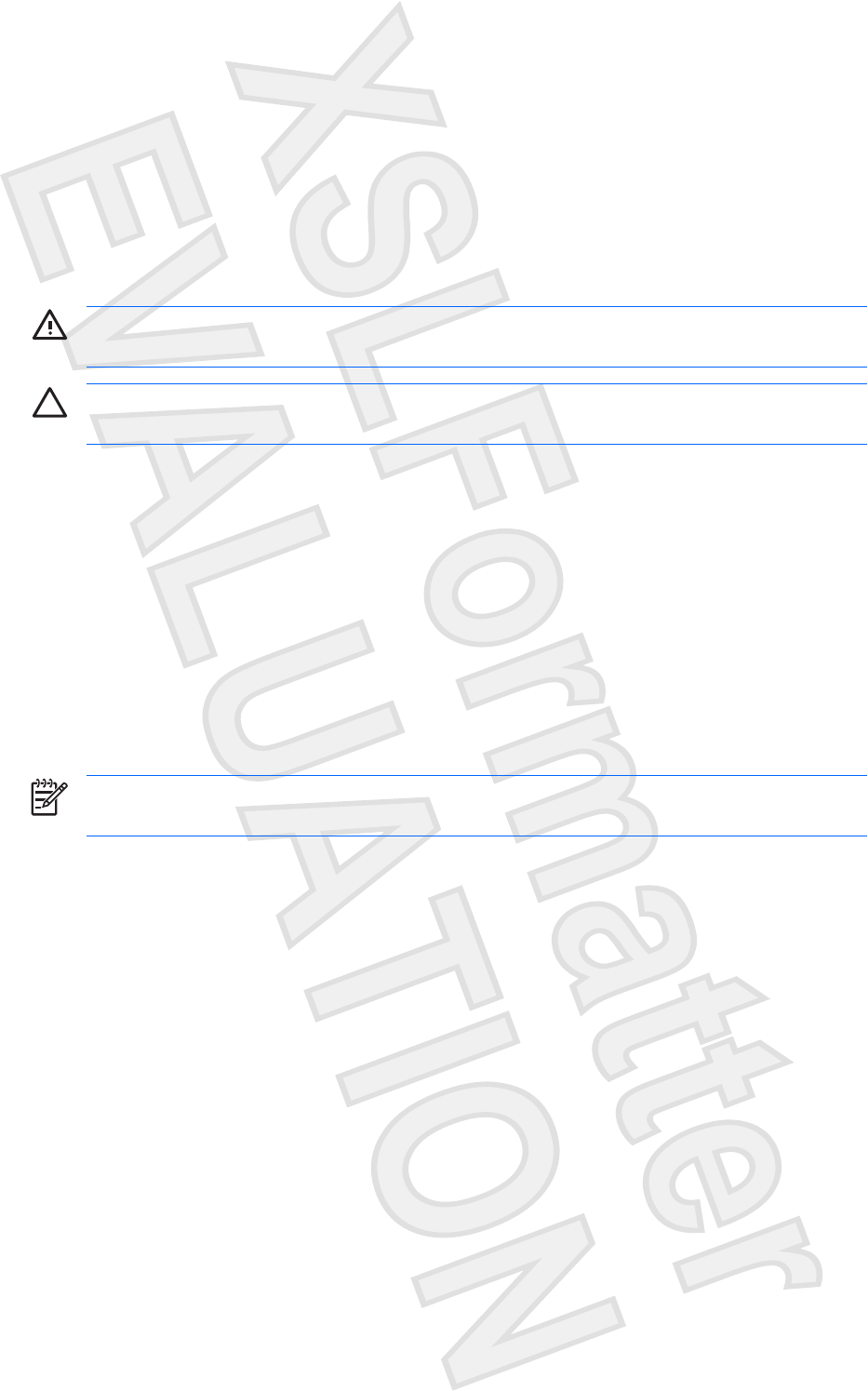
Using the audio-in (microphone) jack
The computer is equipped with a stereo (dual-channel) microphone jack that supports an optional stereo
array or monaural microphone. Using sound recording software with external microphones allows for
stereo recordings.
When connecting a microphone to the microphone jack, use a microphone with a 3.5-mm plug.
Using the audio-out (headphone) jack
WARNING! To reduce the risk of personal injury, adjust the volume before putting on
headphones, earbuds, or a headset.
CAUTION To prevent possible damage to an external device, do not plug a single sound
channel (monaural) connector into the headphone jack.
In addition to connecting headphones, the headphone jack is used to connect the audio input function
of an audio/video device such as a television or VCR.
When connecting a device to the headphone jack, use only a 3.5-mm stereo plug.
When a device is connected to the headphone jack, the speakers are disabled.
Using S/PDIF digital audio (select models only)
S/PDIF (Sony/Phillips Digital Interface) or digital audio provides enhanced audio performance, including
surround sound and other high-end audio output.
For digital audio connections, connect the S/PDIF digital audio plug to the digital audio connector on
your audio/video equipment.
NOTE In order to use S/PDIF with the headphone jack, you will need an optional mini TOS link
cable and/or adapter.
2 Chapter 1 Using multimedia hardware ENWW
Antenna House XSL Formatter (Evaluation) http://www.antennahouse.com/

Adjusting the volume
You can adjust the volume using the following controls:
●Computer volume buttons:
●To decrease volume, press the volume down button (1).
●To mute or restore volume, press the mute button (2).
●To increase volume, press the volume up button (3).
●Microsoft® Windows® volume control:
a. Click the Volume icon in the notification area, at the far right of the taskbar.
b. Increase or decrease the volume by moving the slider up or down. Select the Mute check box
to mute the volume.
– or –
a. Double-click the Volume icon in the notification area.
b. In the Master Volume column, increase or decrease the volume by moving the Volume slider
up or down. You can also adjust the balance or mute the volume.
If the Volume icon is not displayed in the notification area, follow these steps to add it:
a. Select Start > Control Panel > Sounds, Speech, and Audio Devices > Sounds and Audio
Devices.
b. Click the Volume tab.
c. Select the Place volume icon in the taskbar check box.
d. Click Apply.
●Program volume control:
Volume can also be adjusted within some programs.
ENWW Using the audio features 3
Antenna House XSL Formatter (Evaluation) http://www.antennahouse.com/
May change with
Vista
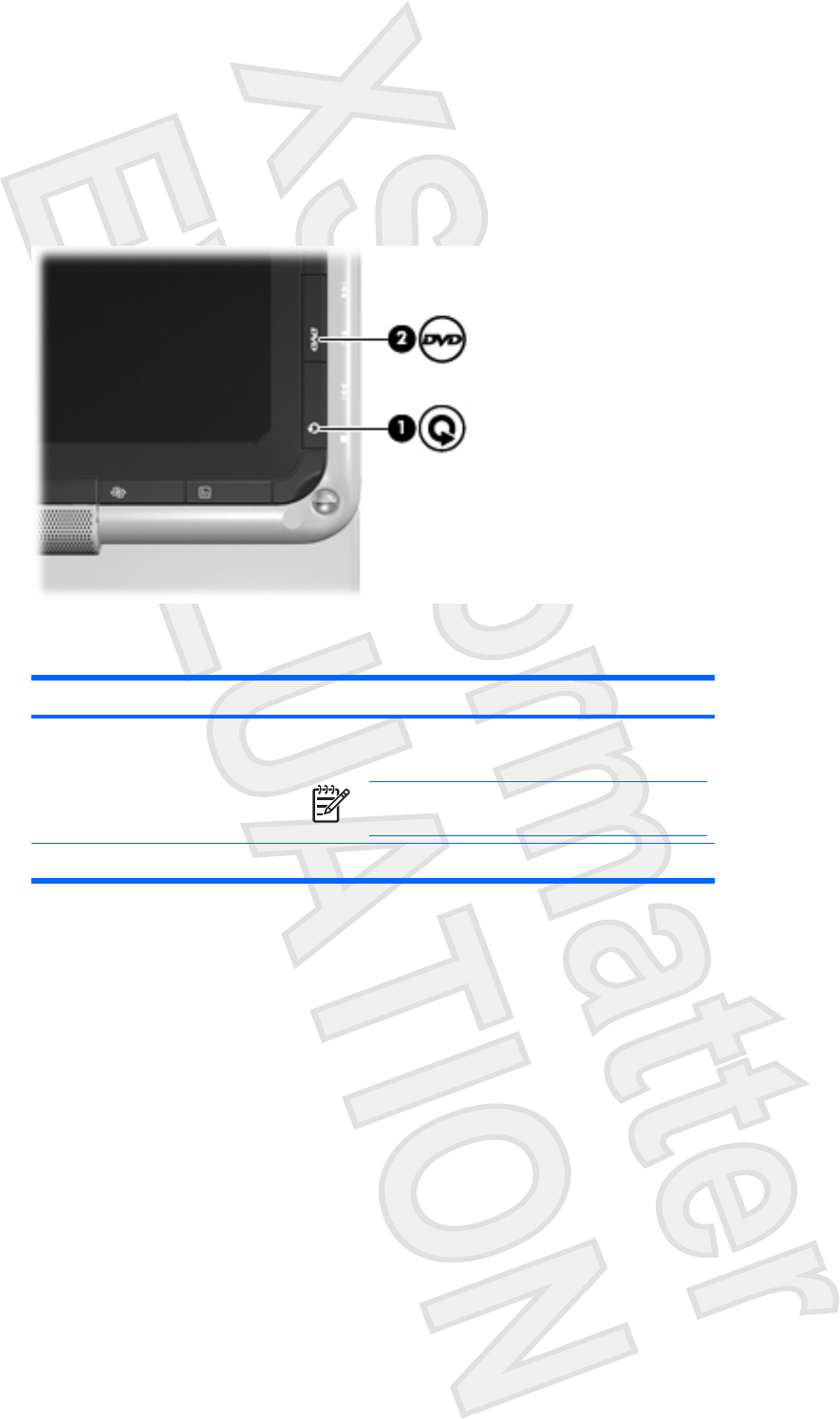
Using the QuickPlay buttons
Media button and DVD button functions vary, depending on the software installed on your computer.
The media button (1) and the DVD button (2) allow you to listen to music, play DVDs, and watch movies
with the touch of a button.
Media button
Computer power state Media button function
On or off Opens a music program or the Media menu so that you can
select a multimedia program.
NOTE Press the power button to exit the
program.
Standby Exits standby.
4 Chapter 1 Using multimedia hardware ENWW
Antenna House XSL Formatter (Evaluation) http://www.antennahouse.com/
Will change to "Sleep" with Vista
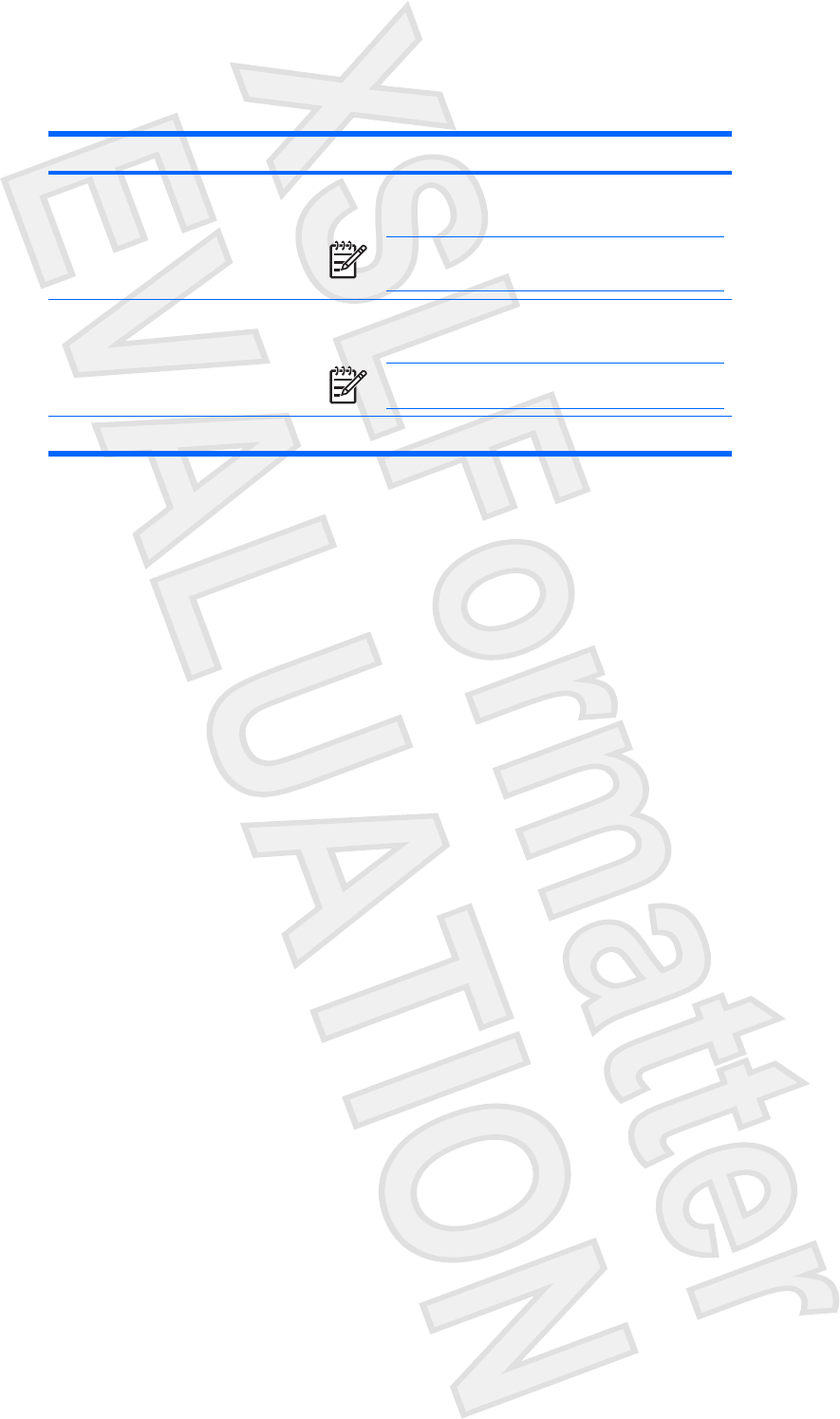
DVD button
Computer power state DVD button function
On Opens the default DVD program so that you can play a DVD
in the optical drive.
NOTE Press the power button to exit the
program.
Off Opens QuickPlay so that you can play a DVD in the optical
drive.
NOTE Press the power button to exit QuickPlay.
Standby Exits standby.
ENWW Using the QuickPlay buttons 5
Antenna House XSL Formatter (Evaluation) http://www.antennahouse.com/
Will change to "Sleep" with Vista
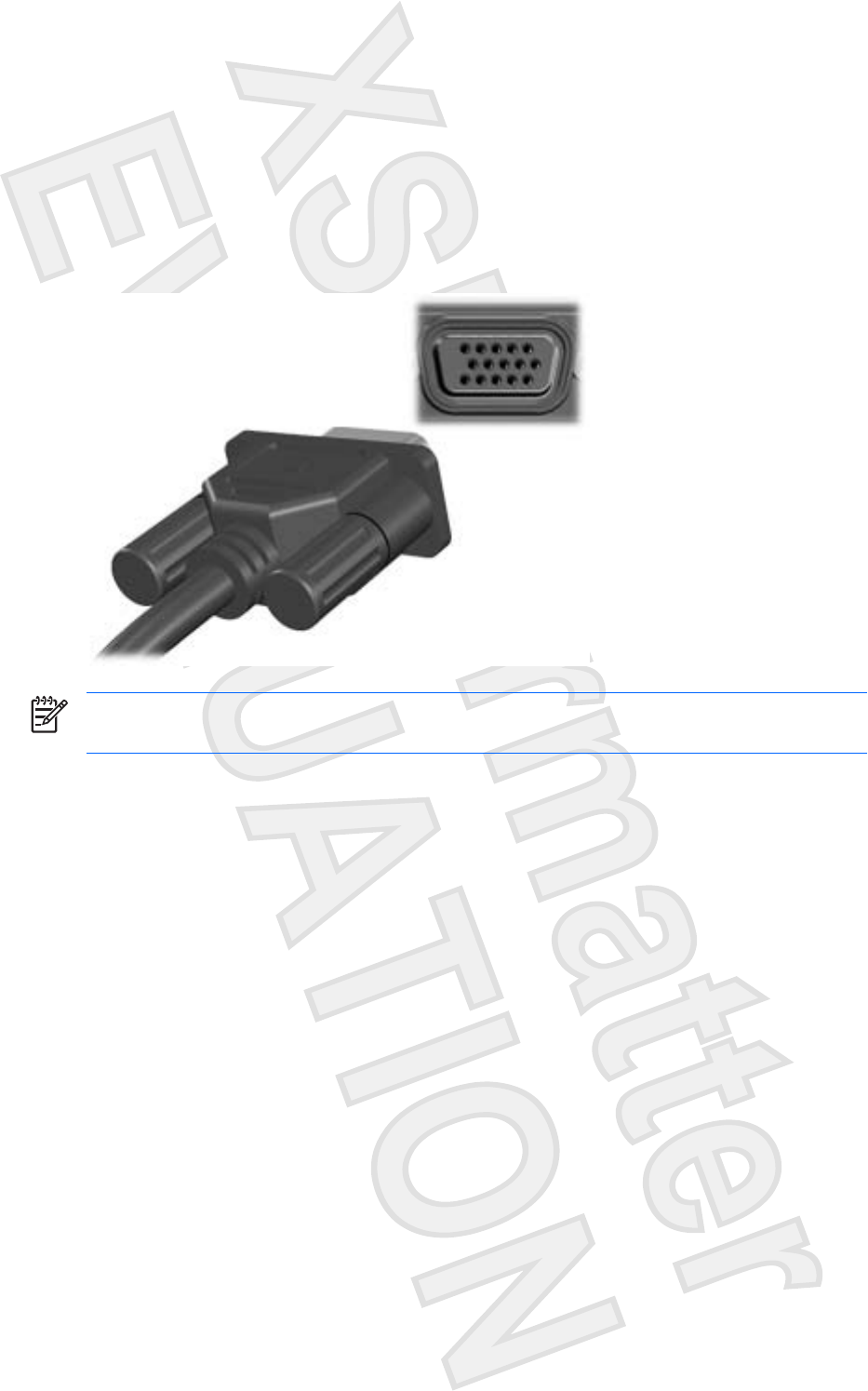
Using the video features
Using the external monitor port
The external monitor port connects an external display device, such as a television, an external monitor,
or a projector, to the computer.
To connect a display device, connect the device cable to the external monitor port.
NOTE If a properly connected external display device does not display an image, press fn+f4
to transfer the image to the device.
6 Chapter 1 Using multimedia hardware ENWW
Antenna House XSL Formatter (Evaluation) http://www.antennahouse.com/
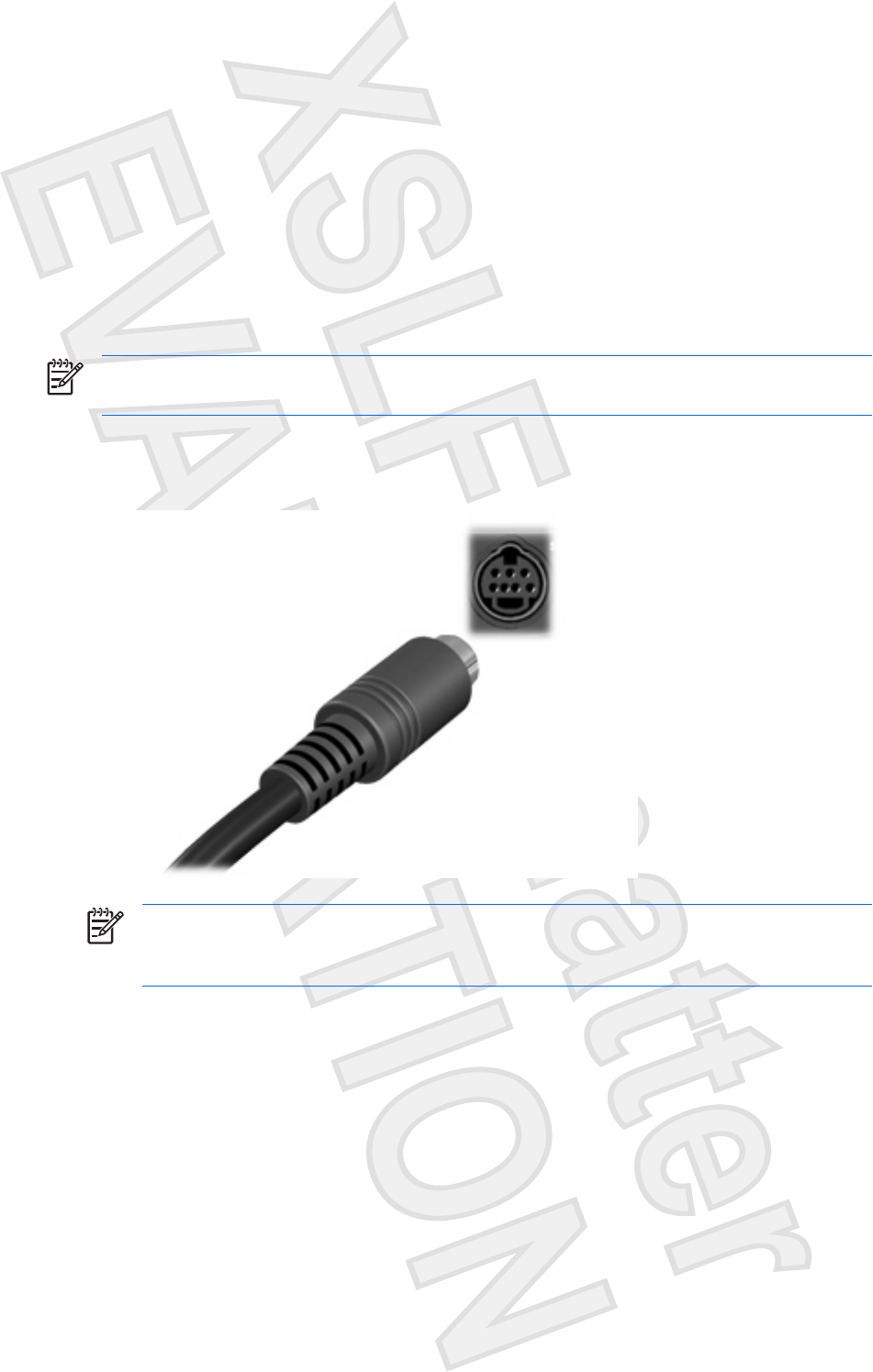
Using the S-Video-out jack
The 7-pin S-Video-out jack connects the computer to an optional S-Video device such as a television,
VCR, camcorder, overhead projector, or video capture card.
To transmit video signals through the S-Video-out jack, you need an S-Video cable, available from most
electronics retailers. If you are combining audio and video functions, such as playing a DVD movie on
your computer and displaying it on your television, you also need a standard audio cable, available from
most electronics retailers, to connect to the headphone jack.
The computer can support one S-Video device connected to the S-Video-out jack, while simultaneously
supporting an image on the computer display or on any other supported external display.
NOTE The S-Video connection provides a higher quality image than a composite-video
connection.
To connect a video device to the S-Video-out jack:
1. Plug one end of the S-Video cable into the S-Video-out jack on the computer.
NOTE If the S-Video-out jack on the computer is not accessible because the computer is
docked in an optional docking device, connect the S-Video cable to the S-Video-out jack on
the docking device.
2. Plug the other end of the cable into the video device, as instructed in the user guide included with
the device.
3. Press the fn+f4 keys to switch the image between display devices connected to the computer.
ENWW Using the video features 7
Antenna House XSL Formatter (Evaluation) http://www.antennahouse.com/
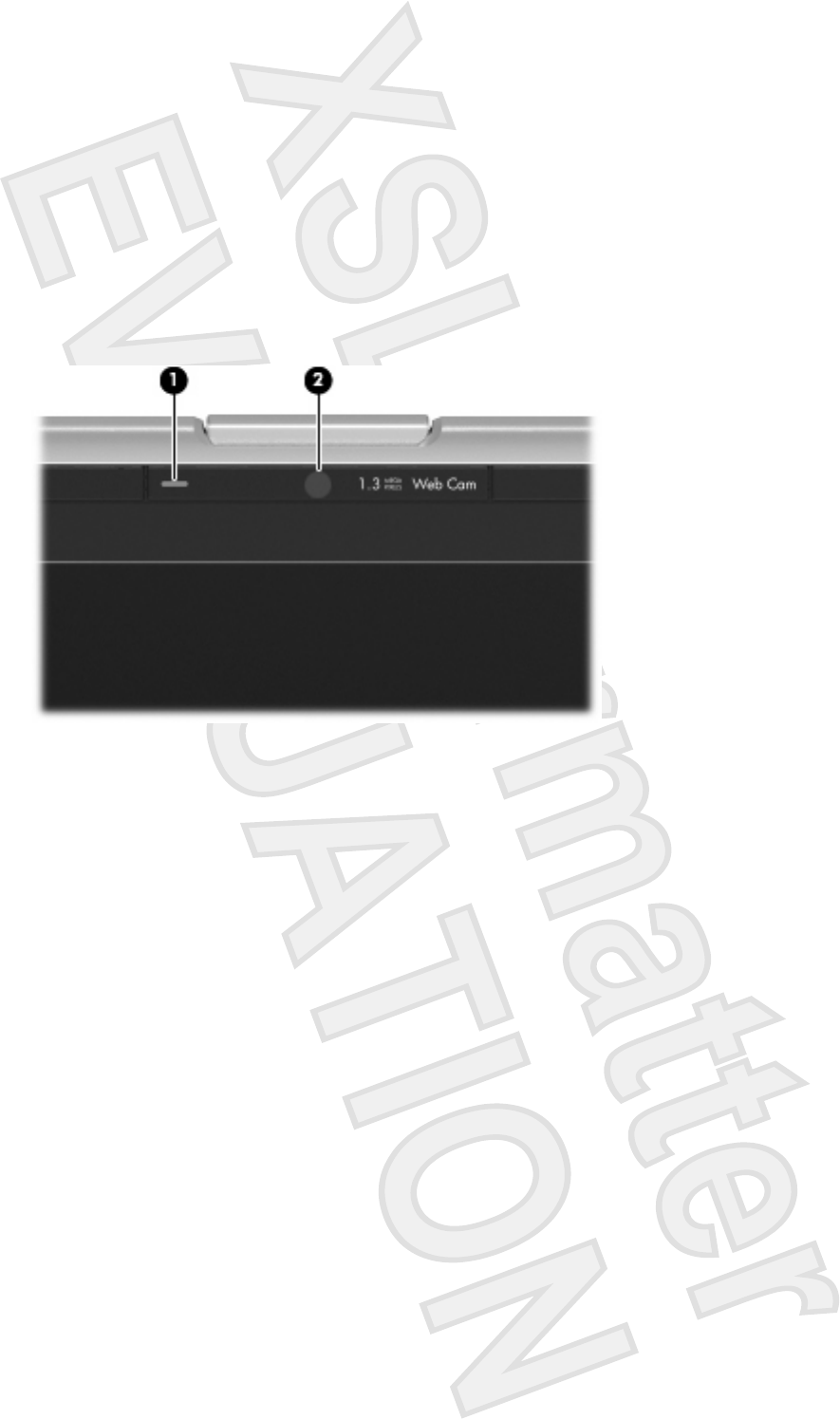
Using the camera
Select computer models include an integrated camera, located on the top of the display. The camera
can be used with a variety of software for the following functions:
●Capturing video.
●Streaming video with instant message software.
●Taking still photos.
The camera light (1) turns on when video software accesses the camera (2).
For optimum performance, observe the following guidelines while using the integrated camera:
●Be sure that you have the latest version of an instant message program before attempting a video
conversation.
●Your integrated camera may not work properly across some network firewalls. If you are having
trouble viewing or sending video to someone on another LAN or outside your network firewall,
contact your network administrator for assistance.
●Whenever possible, place bright light sources behind the camera and out of the picture area.
8 Chapter 1 Using multimedia hardware ENWW
Antenna House XSL Formatter (Evaluation) http://www.antennahouse.com/
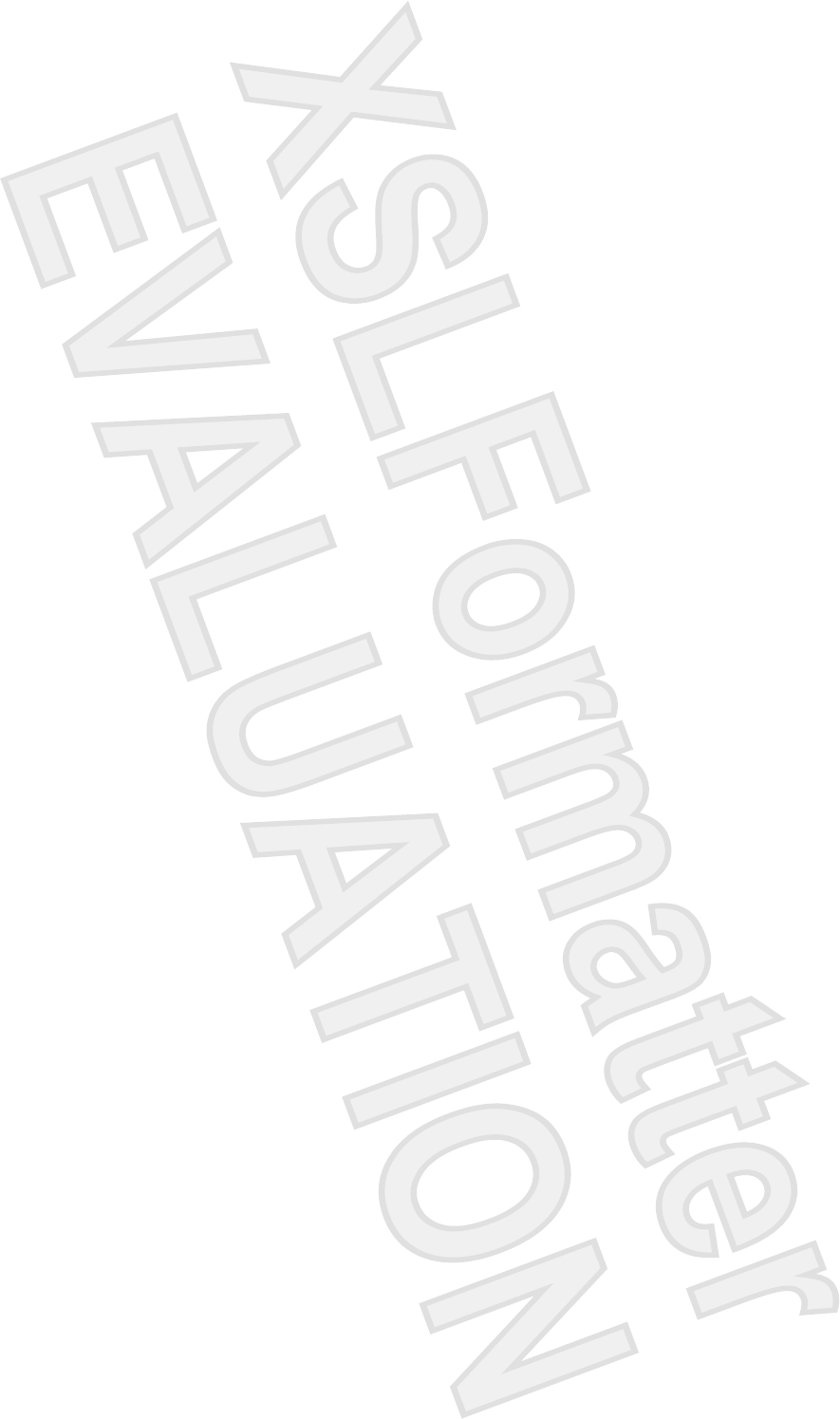
Capturing and streaming video
To illustrate how each camera feature works, the following examples use specific software, not available
on all computers. Select Start > All Programs to locate the video software installed on your computer,
and refer to the individual program's online Help for further information.
Capturing video
You can capture video for playback at a later time. The following example uses MovieMaker software:
1. Select Start > Programs > Windows MovieMaker.
2. Click Capture from Video Device. The Video Capture Wizard opens.
3. Click the listing for the integrated camera from the list of available devices.
4. Check the microphone and camera settings, and adjust if necessary.
5. Click Next.
6. Select the file name and path where you want to save the video file, and then click Next.
7. Select the video settings, and then click Next.
8. Click Start Capture. When you finish recording, click Stop Capture.
9. Click Finish to save the video file and close the wizard.
Streaming video with an instant message program
You can send real-time video through an instant message program. The following example uses
Windows Messenger:
1. Open Windows Messenger by double-clicking the icon in the notification area, at the far right of the
taskbar.
2. Sign in to Windows Messenger.
3. Select Actions > Voice/Video > Start a Video Conversation.
4. Click the name of the person you want to connect with, and then click OK. An instant message
window is displayed, and the camera image is displayed next to the message area.
5. If the Audio and Video Tuning Wizard opens, follow the instructions to adjust your camera and
microphone settings.
ENWW Using the camera 9
Antenna House XSL Formatter (Evaluation) http://www.antennahouse.com/
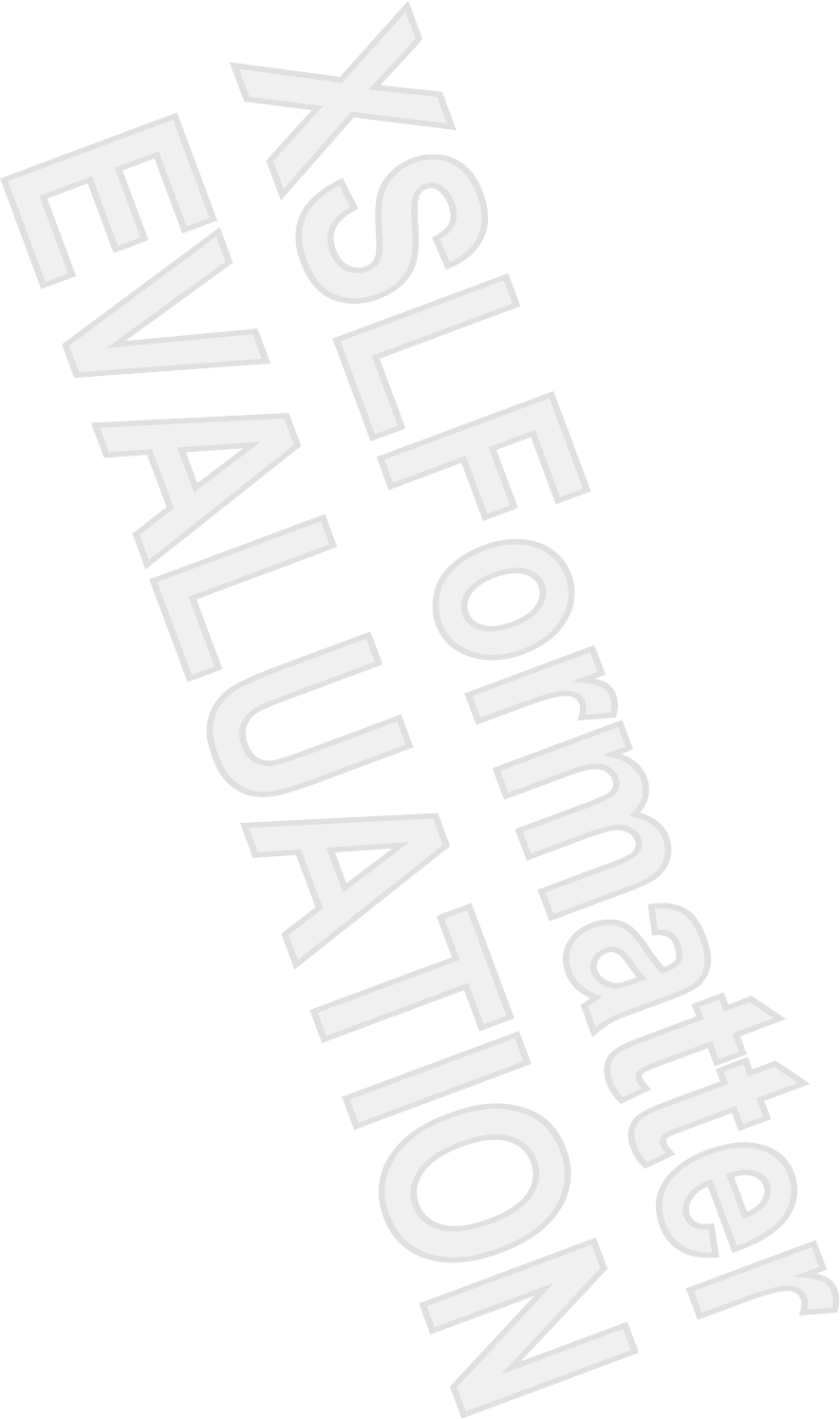
Taking still photographs with the integrated camera
1. Select Start > Control Panel > Scanners and Cameras.
2. Double-click the listing for the integrated camera, and then click Next.
3. Click Take Picture.
4. Follow the directions on the Picture wizard to select any of the following options:
●Publish the pictures to a Web site.
●Order prints of the pictures.
●Save the pictures on your computer.
Adjusting camera properties
You can adjust the following camera properties:
●Brightness—Controls the amount of light that is incorporated into the image. A higher brightness
setting creates a brighter image; a lower brightness setting creates a darker image.
●Contrast—Controls the difference between lighter and darker areas on the image. A higher contrast
setting intensifies the image; a lower contrast setting maintains more of the original information’s
dynamic range but leads to a flatter image.
●Hue—Controls the aspect of color that distinguishes it from another color (what makes a color red,
green, or blue). Hue is distinct from saturation, which measures the intensity of the hue.
●Saturation—Controls the strength of color in the final image. A higher saturation setting creates a
bolder image; a lower saturation setting creates a more subtle image.
●Sharpness—Controls the definition of edges in an image. A higher sharpness setting creates a
more defined image; a lower sharpness setting creates a softer image.
●Gamma—Controls the contrast affecting the mid-level grays or midtones of an image. Adjusting
the gamma of an image allows you to change brightness values of the middle range of gray tones
without dramatically altering the shadows and highlights. A lower Gamma setting makes greys look
black, and makes dark colors even darker.
●White Balance—Controls the color temperature of the dominant light sources. This enables white
objects in the image to appear truly white. The white balance settings in the Properties dialog box
are displayed as WB (Red) and WB (Blue). A higher white balance setting increases the
concentration of the color (red or blue); a lower white balance setting decreases the concentration
of the selected color.
●Exposure—Controls the relative amount of light that enters the camera sensor. A higher exposure
setting allows more light; a lower exposure setting allows less light.
●Gain—Controls the intensity range, thus altering the color contrast of the image. A higher gain
setting stretches the intensity range; a lower gain setting shrinks the intensity.
●Light Source—Controls the settings to adjust the camera exposure for the ambient light.
●Flip—Reverses the captured image vertically.
●Mirror—Reverses the captured image horizontally.
10 Chapter 1 Using multimedia hardware ENWW
Antenna House XSL Formatter (Evaluation) http://www.antennahouse.com/
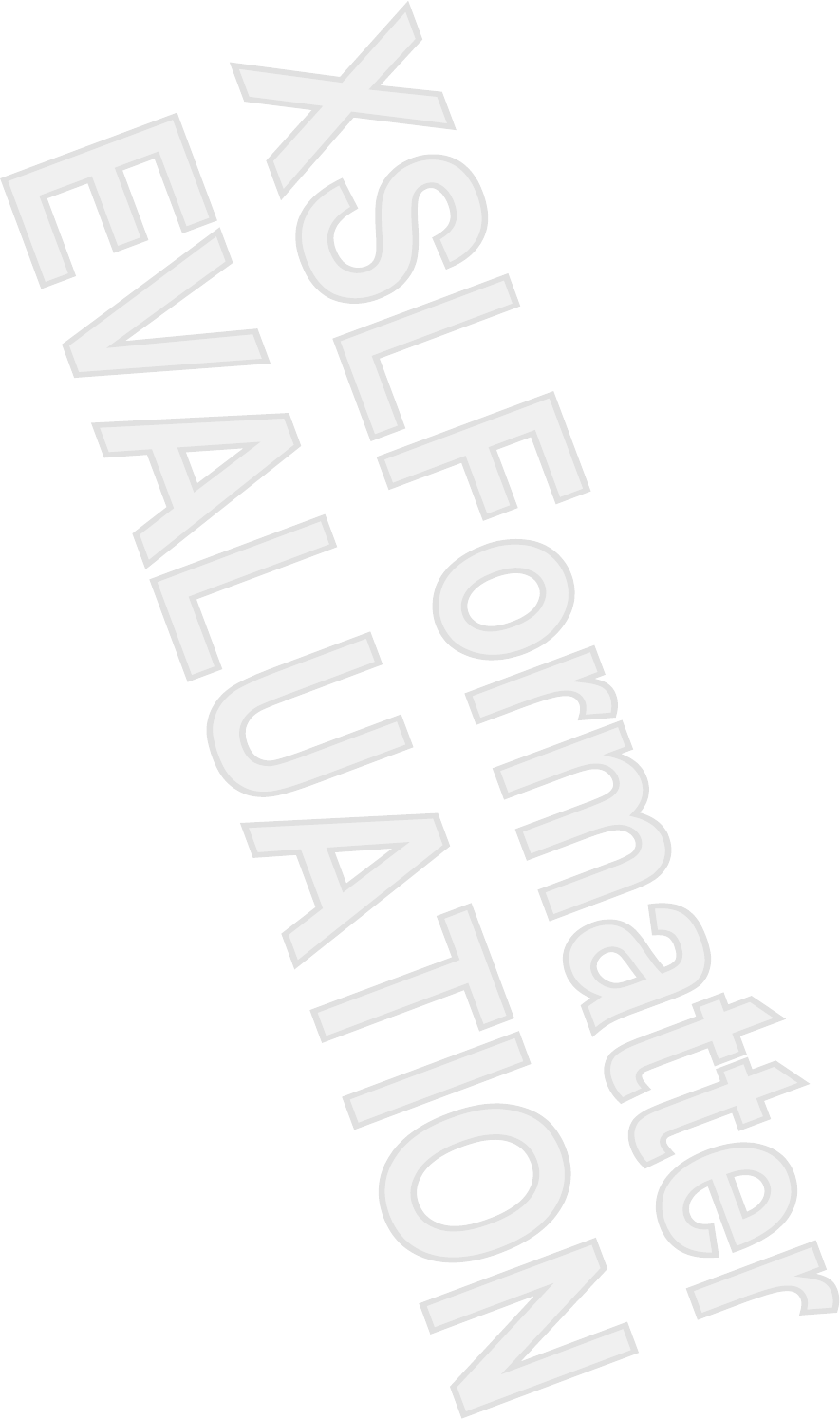
●Privacy—Turns off the capture function.
●Low Light—Lowers the frame rate automatically in a poor lighting environment to maintain the
brightness of the captured image.
The Properties dialog box is accessible from various programs that use the integrated camera, usually
from a configuration, settings, or properties menu.
ENWW Using the camera 11
Antenna House XSL Formatter (Evaluation) http://www.antennahouse.com/
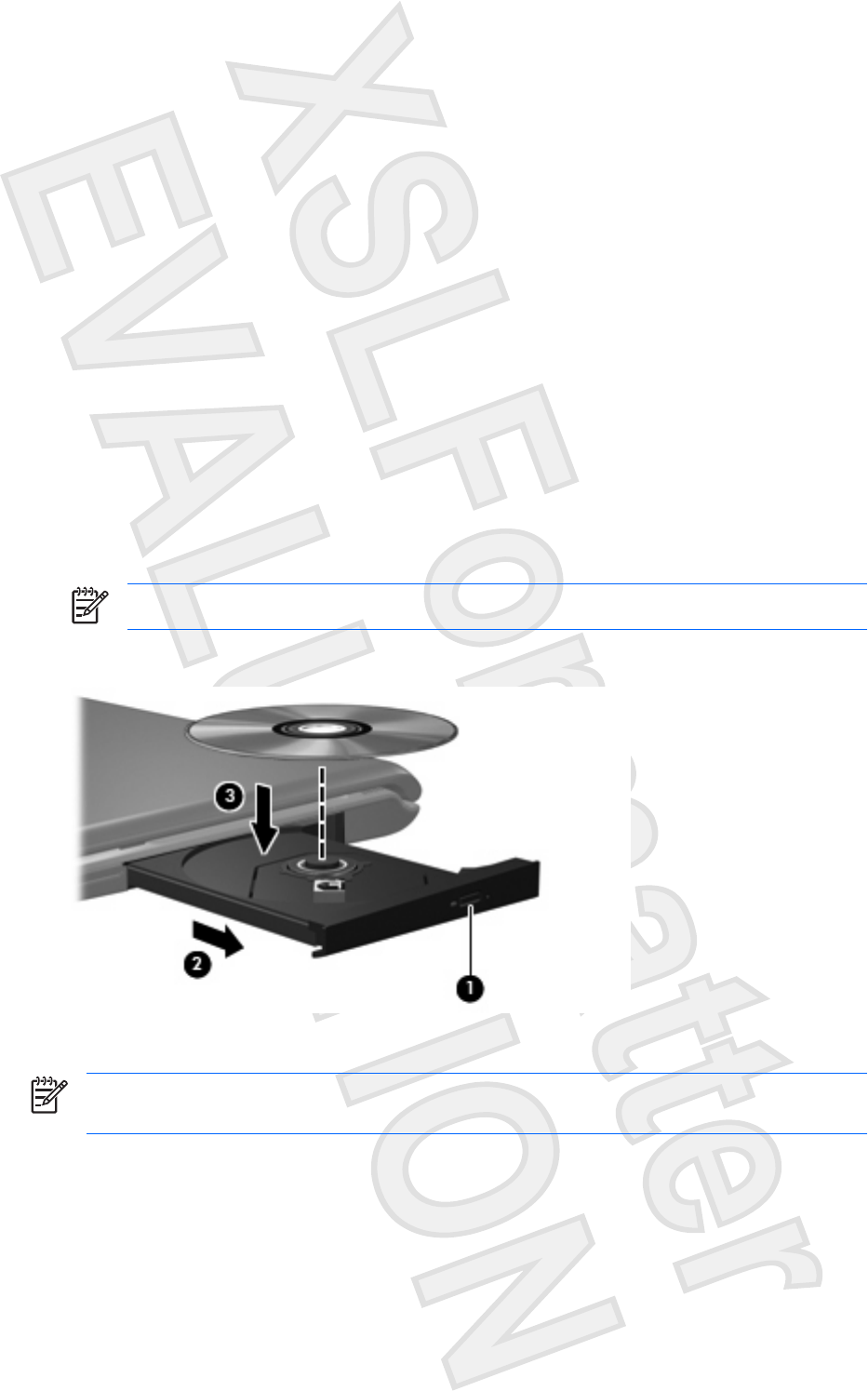
Using an optical drive
Depending on the type of optical drive and software installed in your computer, the optical drive plays,
copies, and creates CDs or DVDs.
Identifying the installed optical drive
Select Start > My Computer.
The type of optical drive installed in the computer is displayed under Devices with Removable
Storage.
Inserting an optical disc
1. Turn on the computer.
2. Press the release button (1) on the drive bezel to release the media tray.
3. Pull out the tray (2).
4. Hold the disc by the edges to avoid touching the flat surfaces and position the disc label-side up
over the tray spindle.
NOTE If the tray is not fully accessible, tilt the disc carefully to position it over the spindle.
5. Gently press the disc (3) down onto the tray spindle until the disc snaps into place.
6. Close the media tray.
NOTE After you insert a disc, a short pause is normal. If you have not selected a media player,
an AutoPlay dialog box opens. It prompts you to select how you want to use the media content.
12 Chapter 1 Using multimedia hardware ENWW
Antenna House XSL Formatter (Evaluation) http://www.antennahouse.com/
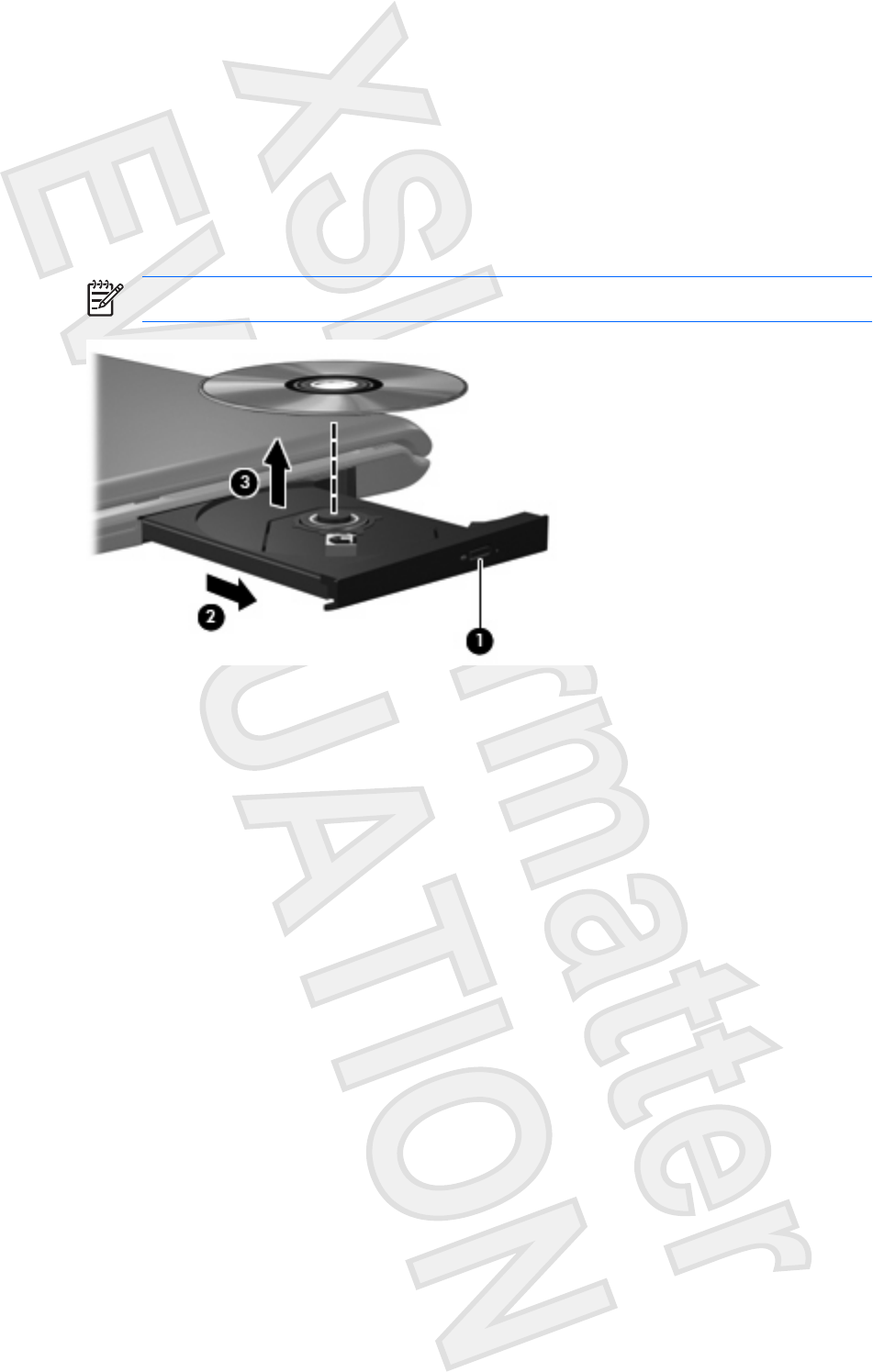
Removing an optical disc when running on battery or external
power
1. Press the release button (1) on the drive bezel to release the media tray, and then gently pull out
the tray (2) until it stops.
2. Remove the disc (3) from the tray by gently pressing down on the spindle while lifting the outer
edges of the disc. Hold the disc by the edges and avoid touching the flat surfaces.
NOTE If the tray is not fully accessible, tilt the disc carefully as you remove it.
3. Close the media tray and place the disc in a protective case.
ENWW Using an optical drive 13
Antenna House XSL Formatter (Evaluation) http://www.antennahouse.com/
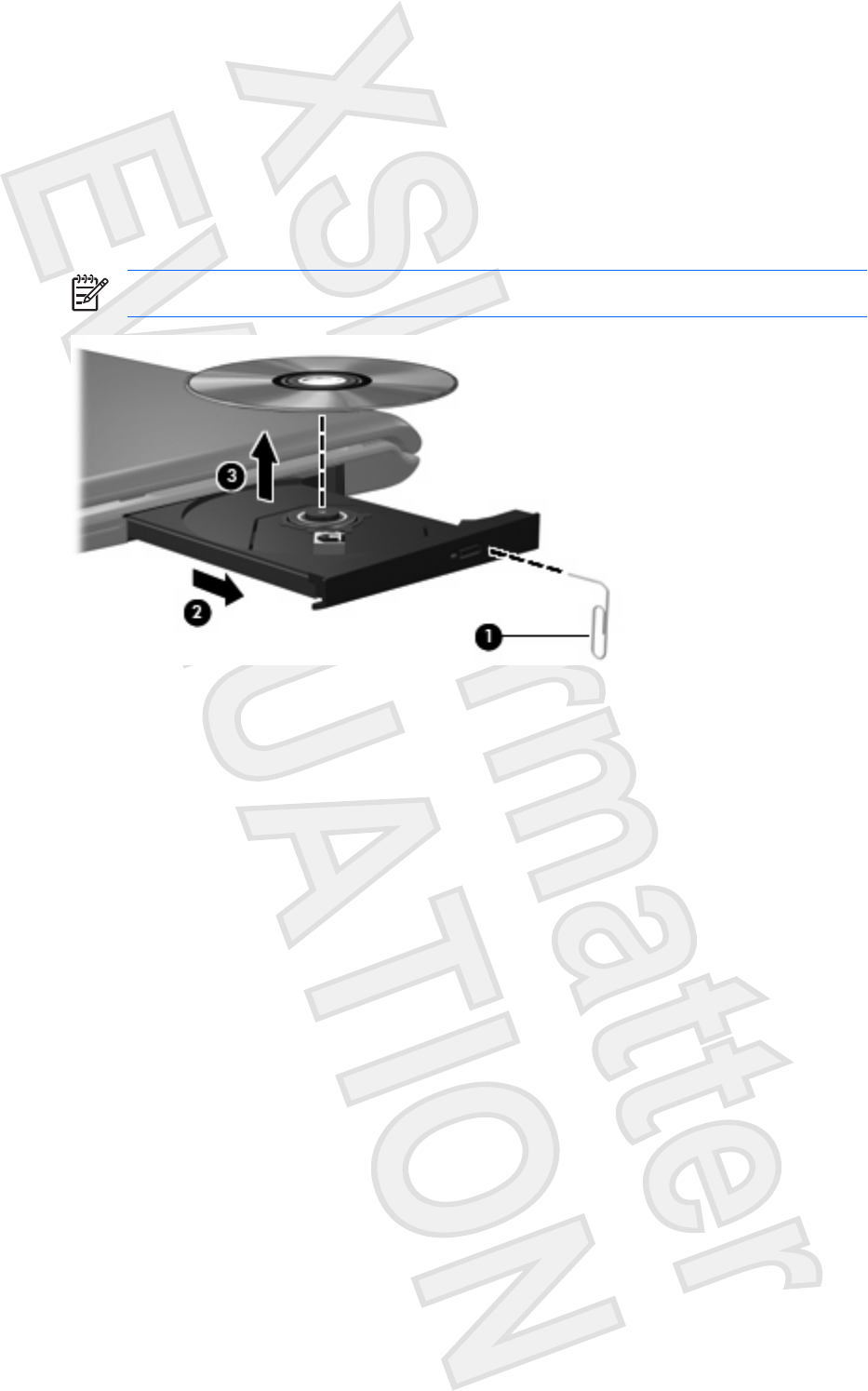
Removing an optical disc when no computer power is available
1. Insert the end of a paper clip (1) into the release access in the front bezel of the drive.
2. Press in gently on the paper clip until the tray is released, and then pull out the tray (2) until it stops.
3. Remove the disc (3) from the tray by gently pressing down on the spindle while lifting the outer
edges of the disc. Hold the disc by the edges and avoid touching the flat surfaces.
NOTE If the tray is not fully accessible, tilt the disc carefully as you remove it.
4. Close the media tray and place the disc in a protective case.
14 Chapter 1 Using multimedia hardware ENWW
Antenna House XSL Formatter (Evaluation) http://www.antennahouse.com/
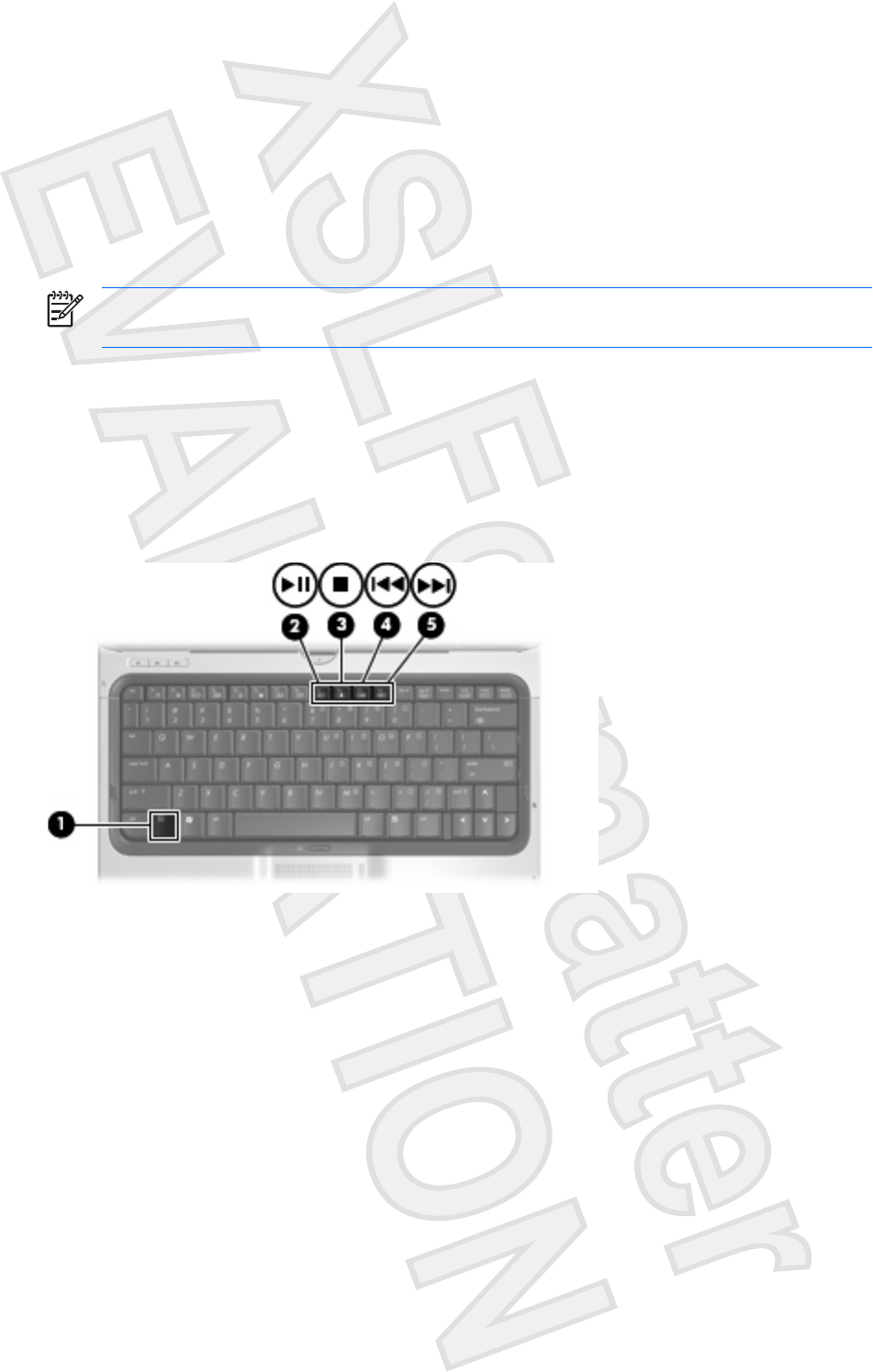
Using the media activity functions
The media activity hotkeys and the media activity buttons (select models only) control the play of an
audio CD or a DVD that is inserted into the optical drive.
Using the media activity hotkeys
A media activity hotkey is a combination of the fn key (1) and a function key.
NOTE To control the play of a video disc, use the media activity controls in your video disc
player program.
●To play, pause, or resume an audio CD or a DVD, press fn+f9 (2).
●To stop an audio CD or a DVD that is playing, press fn+f10 (3).
●To play the previous track of an audio CD or the previous chapter of a DVD that is playing,
press fn+f11 (4).
●To play the next track of an audio CD or the next chapter of a DVD that is playing, press fn+f12
(5).
ENWW Using the media activity functions 15
Antenna House XSL Formatter (Evaluation) http://www.antennahouse.com/
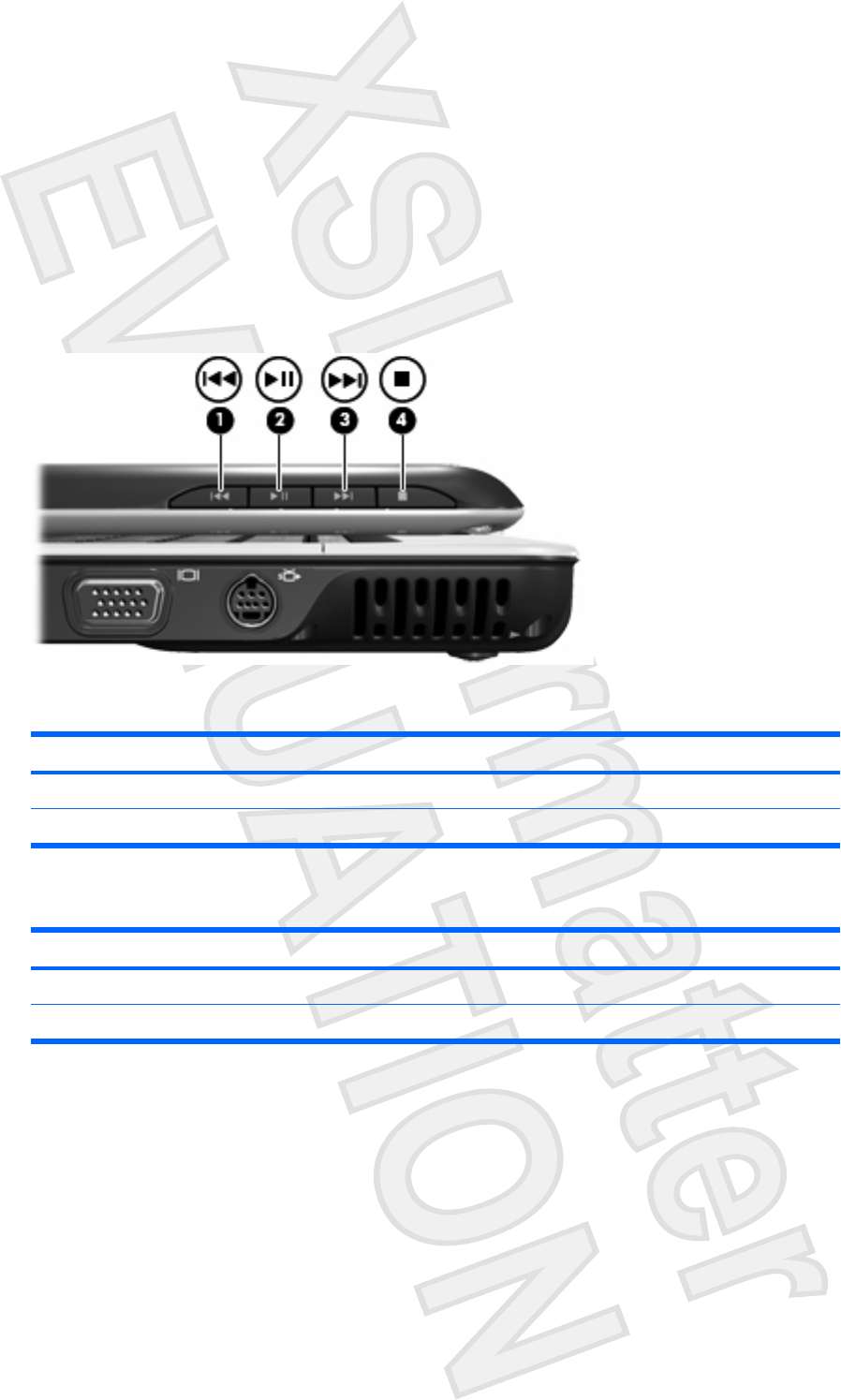
Using the media activity buttons
The following illustration and tables describe the functions of the media activity buttons when a disc is
inserted in the optical drive.
●Previous/rewind button (1)
●Play/pause button (2)
●Next/fast forward button (3)
●Stop button (4)
Previous/rewind button
Disc status Button Function
Playing Previous/rewind button Plays a previous track.
Playing fn + previous/rewind button Rewinds the playback.
Play/pause button
Disc status Button Function
Not playing Play/pause button Plays the disc.
Playing Play/pause button Pauses the playback.
16 Chapter 1 Using multimedia hardware ENWW
Antenna House XSL Formatter (Evaluation) http://www.antennahouse.com/
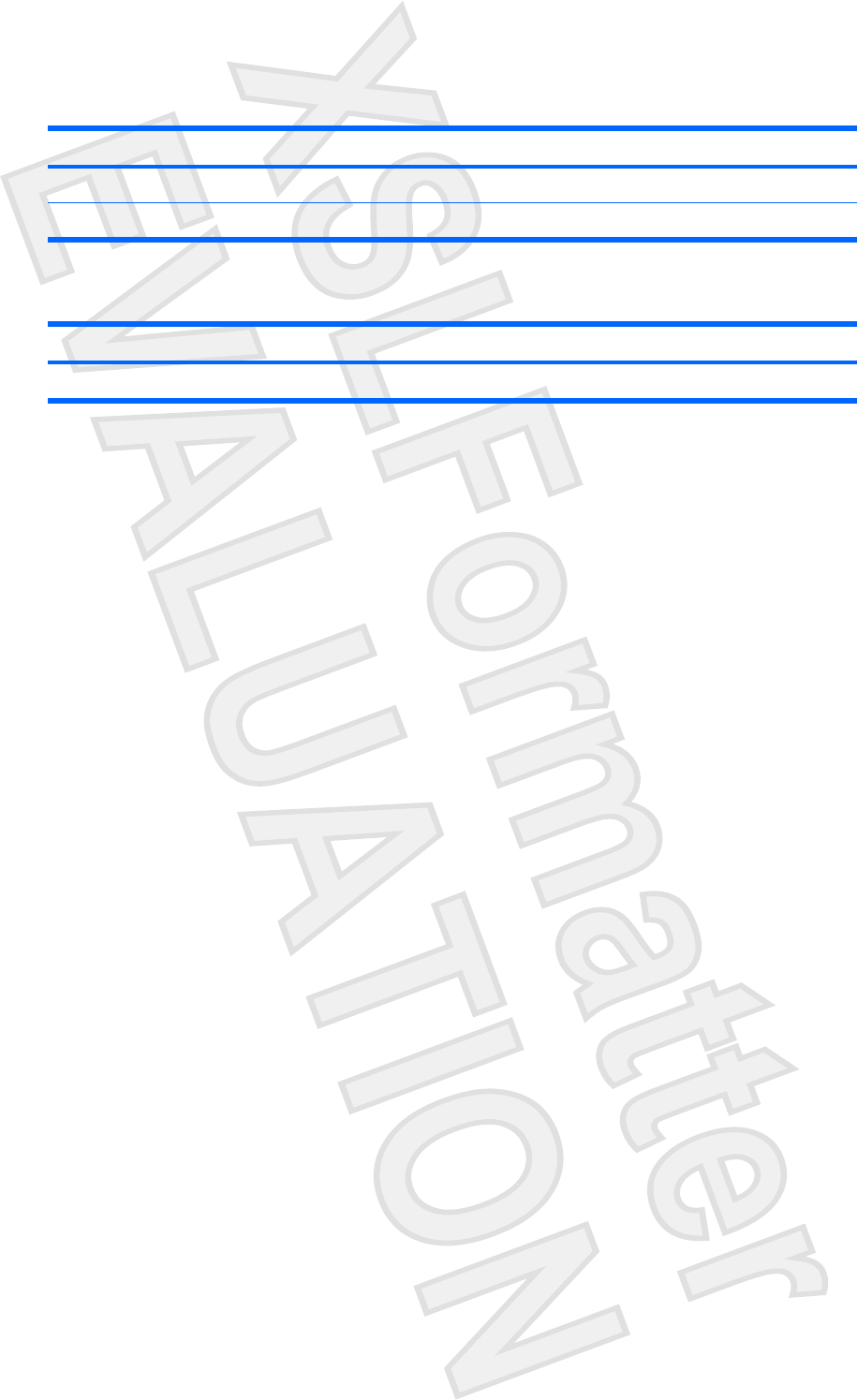
Next/fast forward button
Disc status Button Function
Playing Next/fast forward button Plays the next track or chapter.
Playing fn + next/fast forward button Fast forwards the playback.
Stop button
Disc status Button Function
Playing Stop button Stops the playback.
ENWW Using the media activity functions 17
Antenna House XSL Formatter (Evaluation) http://www.antennahouse.com/
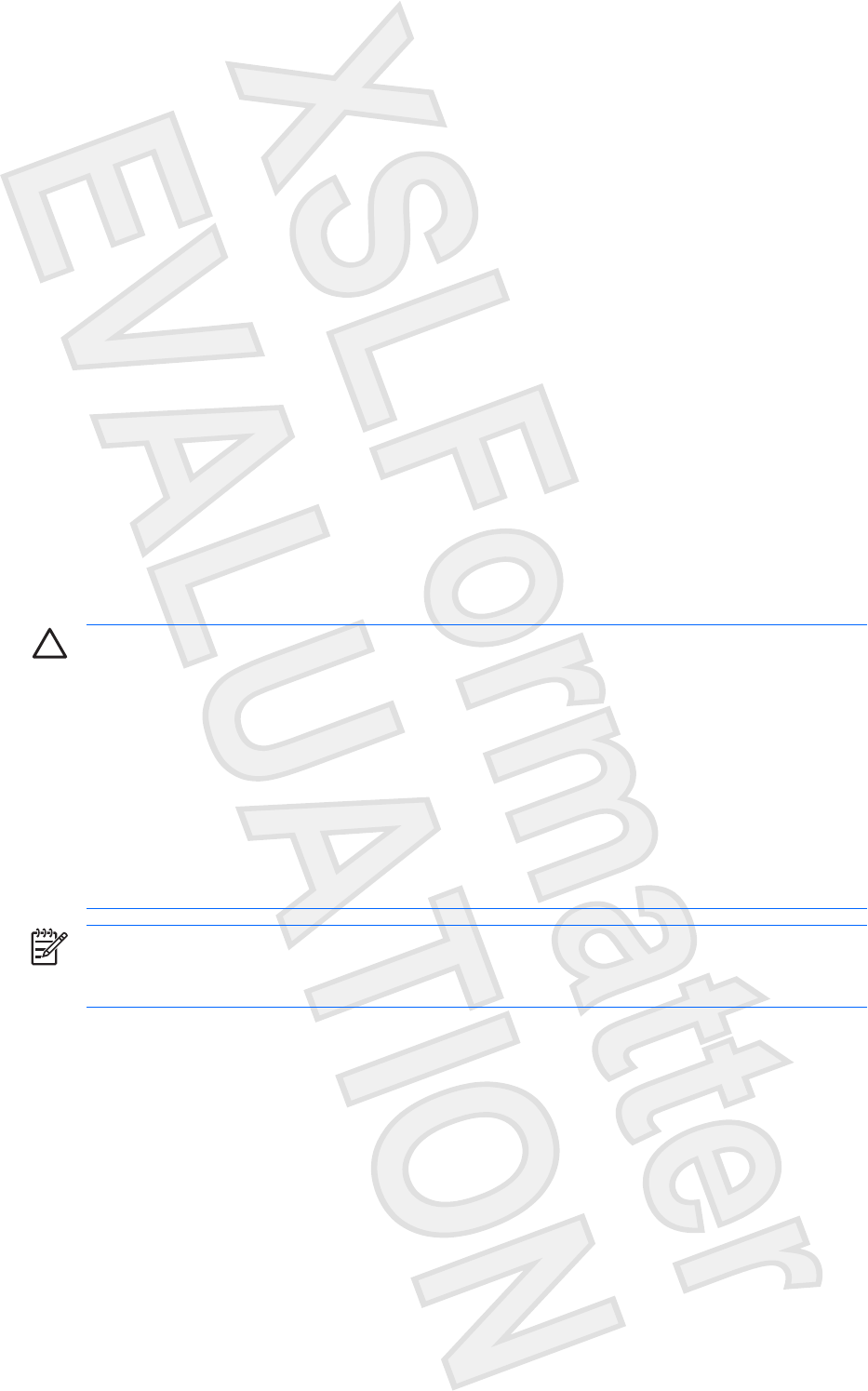
2 Working with multimedia software
The computer includes preinstalled multimedia software. Some computer models also include additional
multimedia software on an optical disc.
Depending on the hardware and software included with the computer, the following multimedia tasks
may be supported:
●Playing digital media, including audio and video CDs, audio and video DVDs, and Internet radio
●Creating or copying data CDs
●Creating, editing, and burning audio CDs
●Creating, editing, and burning a video or movie to a DVD or video CD
CAUTION To prevent loss of information or damage to a disc:
Before writing to a disc, connect the computer to a reliable external power source. Do not write
to a disc while the computer is running on battery power.
Before writing to a disc, close all open programs except the disc software you are using.
Do not copy directly from a source disc to a destination disc or from a network drive to a
destination disc. Instead, copy from a source disc or network drive to your hard drive, and then
copy from your hard drive to the destination disc.
Do not use the computer keyboard or move the computer while the computer is writing to a disc.
The write process is sensitive to vibration.
NOTE For information about using software included with the computer, refer to the software
manufacturer's instructions that may be provided on disc, as online Help files, or on the software
manufacturer's Web site.
18 Chapter 2 Working with multimedia software ENWW
Antenna House XSL Formatter (Evaluation) http://www.antennahouse.com/
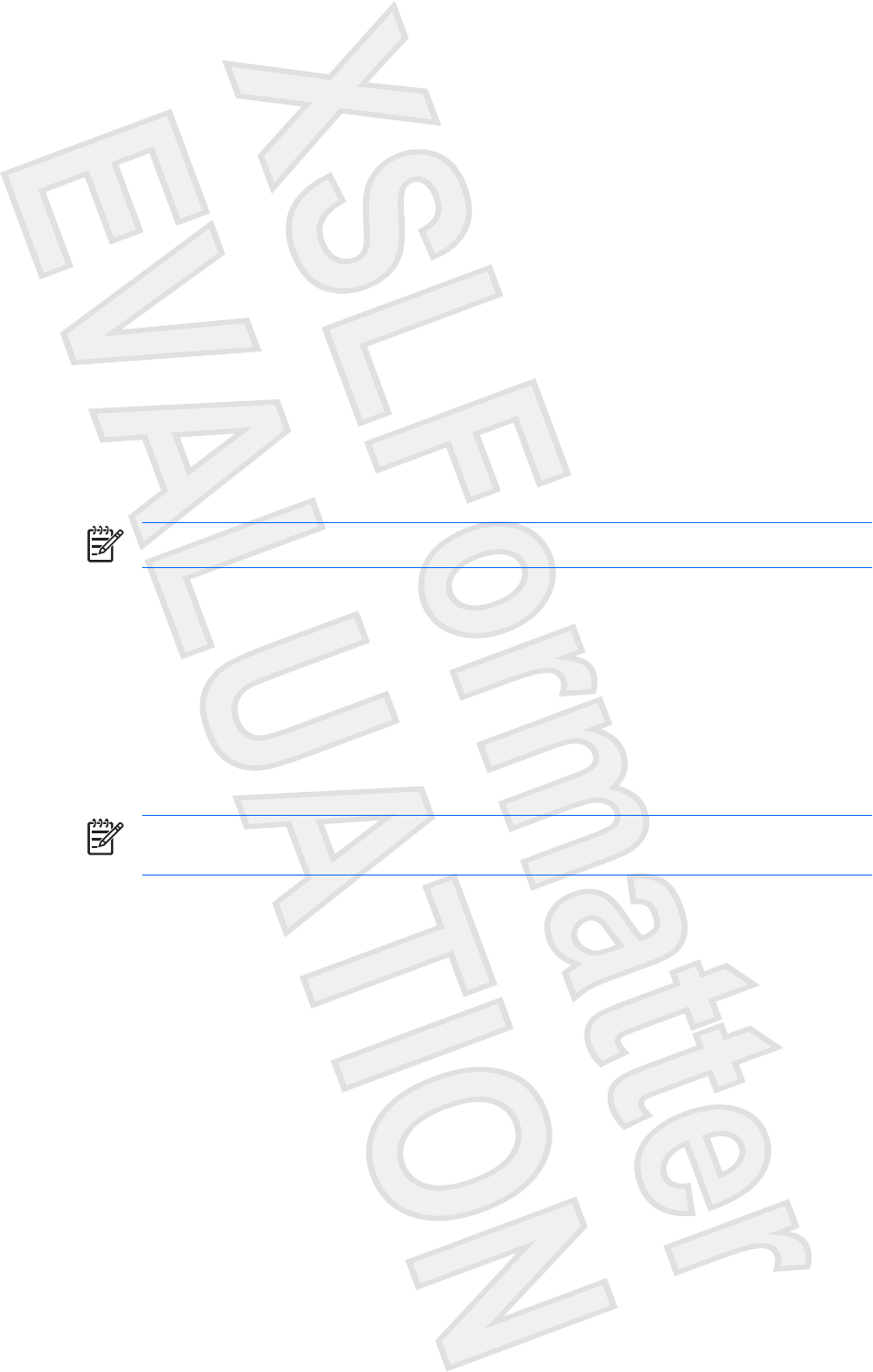
Opening preinstalled multimedia software
1. Select Start > All Programs.
2. Double-click the program that you want to open.
Installing multimedia software from a disc
1. Insert the disc into your optical drive.
2. When the installation wizard opens, follow the on-screen instructions.
3. Restart the computer if prompted to do so.
Using multimedia software
1. Select Start > All Programs, and then open the multimedia program you want to use. For example,
if you want to use Windows Media Player to play an audio CD, click Windows Media Player.
NOTE Some programs may be located in subfolders.
2. Insert the media disc, such as an audio CD, into the optical drive.
3. Follow the instructions on the screen.
– or –
1. Insert the media disc, such as an audio CD, into the optical drive.
An AutoPlay dialog box opens.
2. Click a multimedia task from the list of tasks.
NOTE The AutoPlay dialog box allows you to select a multimedia program for the media
disc. After you select a program from the list, click the Always do the selected action box.
3. Click OK.
ENWW Opening preinstalled multimedia software 19
Antenna House XSL Formatter (Evaluation) http://www.antennahouse.com/
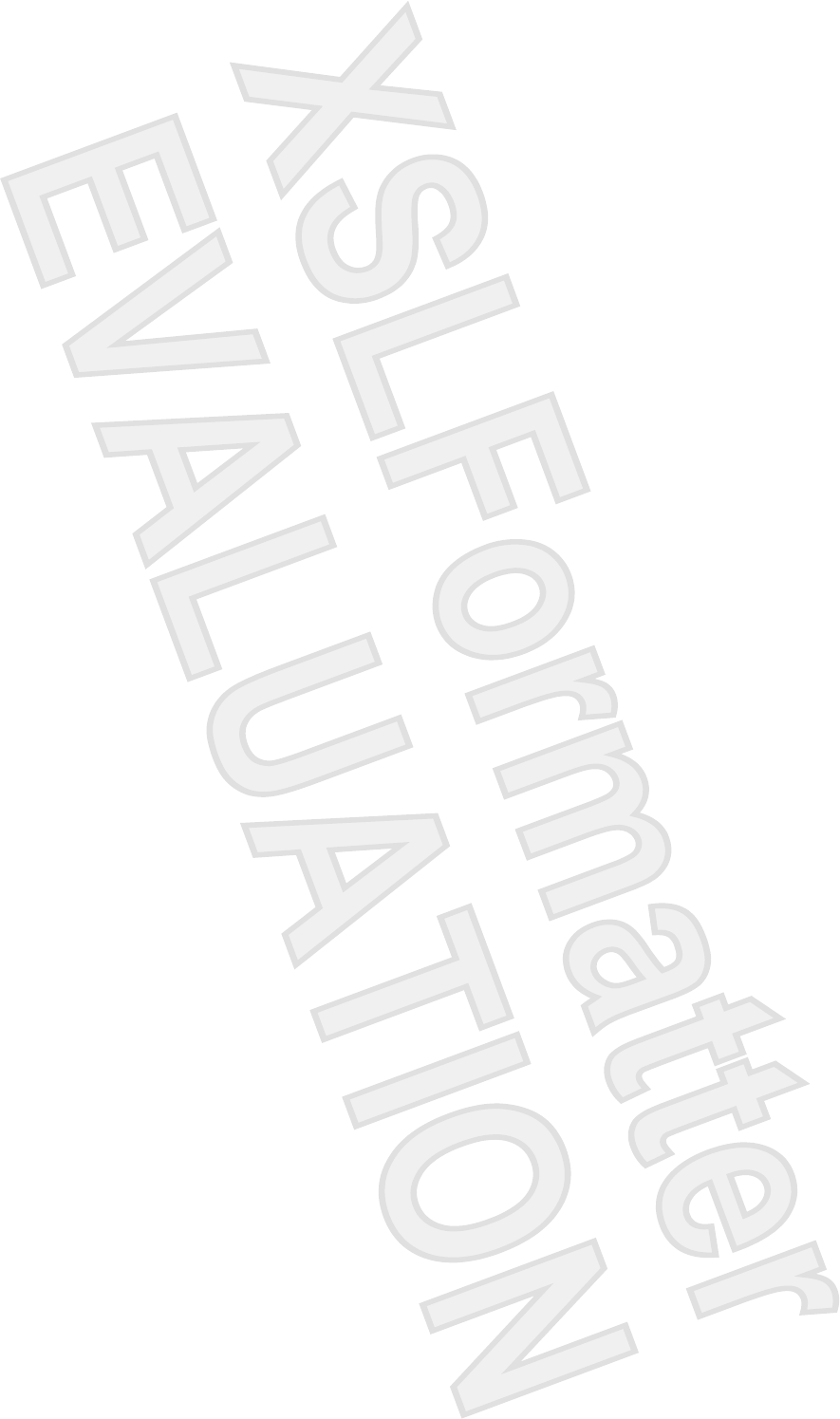
Preventing playback disruptions
To reduce the possibility of playback disruption:
●Save your work and close all open programs before playing a CD or a DVD.
●Do not connect or disconnect hardware while playing a disc.
Do not initiate standby or hibernation while playing a disc. Otherwise, you may see the warning message
“Putting the computer into hibernation or standby might stop the playback. Do you want to continue?”
If this message is displayed, click No. After you click No:
●Playback may resume.
– or –
●Playback may stop and the screen may clear. To return to playing the CD or DVD, press the power
button and then restart the disc.
20 Chapter 2 Working with multimedia software ENWW
Antenna House XSL Formatter (Evaluation) http://www.antennahouse.com/
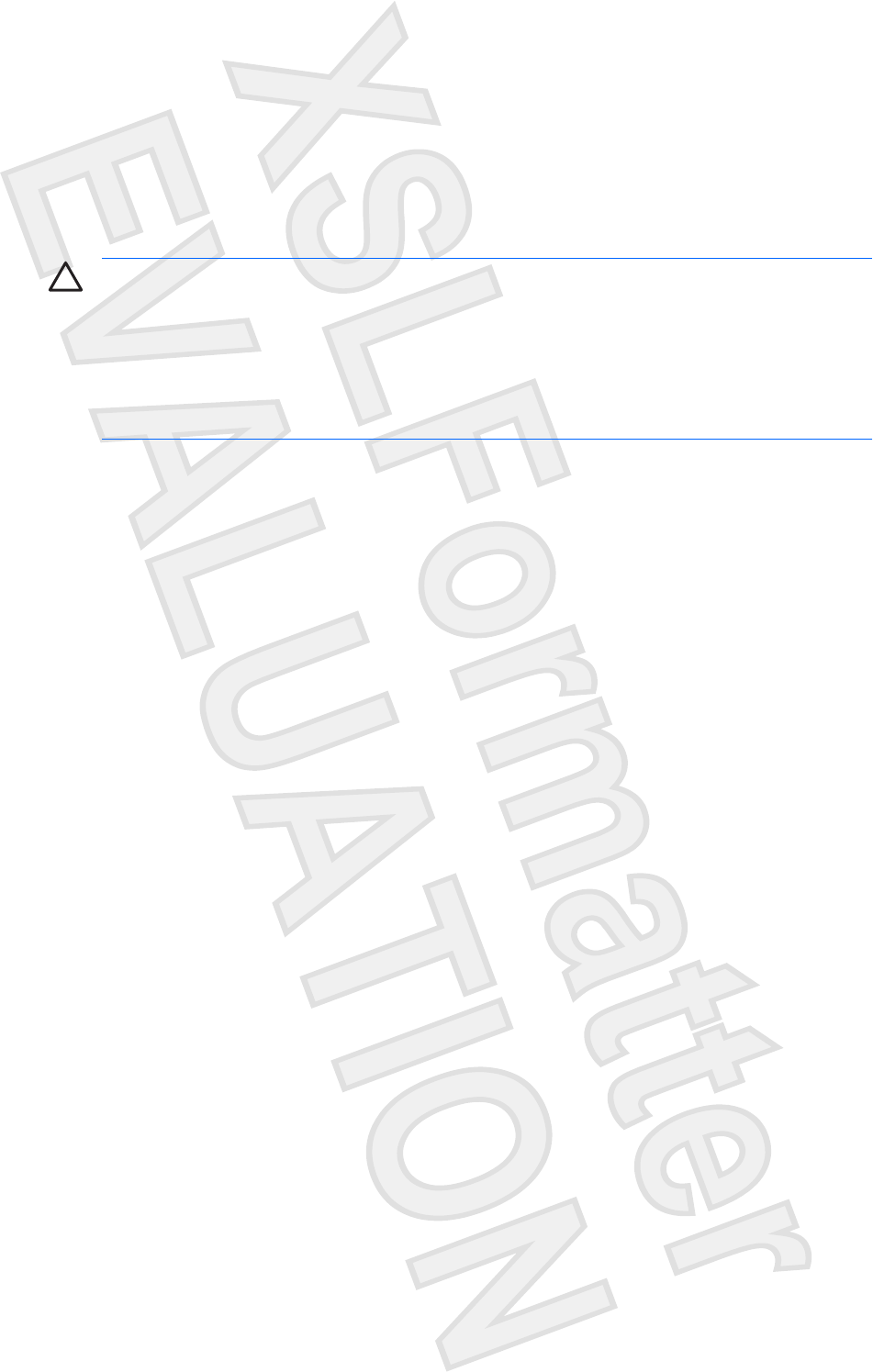
Changing DVD region settings
Most DVDs that contain copyrighted files also contain region codes. The region codes help protect
copyrights internationally.
You can play a DVD containing a region code only if the region code on the DVD matches the region
setting on your DVD drive.
CAUTION The region settings on your DVD drive can be changed only 5 times.
The region setting you select the fifth time becomes the permanent region setting on the DVD
drive.
The number of allowable region changes remaining on the drive is displayed in the Changes
remaining box on the DVD Region tab. The number in the field includes the fifth and permanent
change.
To change settings through the operating system:
1. Select Start > My Computer.
2. Right-click in the window and select Properties > Hardware tab > Device Manager.
3. Click DVD/CD-ROM drives, right-click the DVD drive for which you want to change region settings,
and then click Properties.
4. Make the desired changes on the DVD Region tab.
5. Click OK.
Observing the copyright warning
It is a criminal offense, under applicable copyright laws, to make unauthorized copies of copyright-
protected material, including computer programs, films, broadcasts, and sound recordings. Do not use
this computer for such purposes.
ENWW Changing DVD region settings 21
Antenna House XSL Formatter (Evaluation) http://www.antennahouse.com/
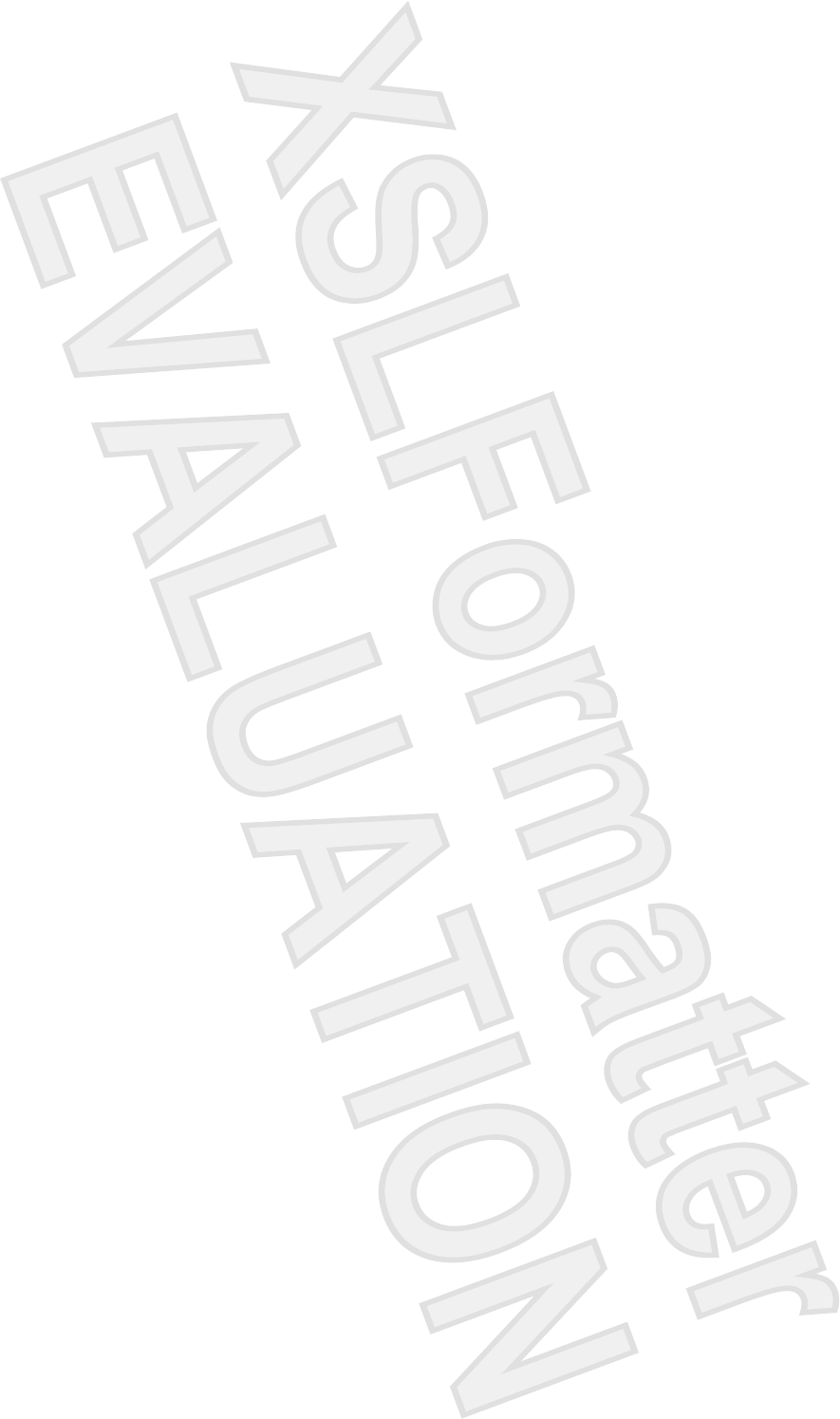
Index
A
audio features 1
audio-in (microphone) jack 1, 2
audio-out (headphone) jack 1, 2
B
buttons
DVD 4
Media 4
next/fast forward 16
play/pause 16
previous/rewind 16
stop 16
volume mute 3
C
camera
capturing video 9
identifying 8
properties 10
taking still photographs 10
CD
inserting 12
playing 20
protecting 18
removing, with power 13
removing, without power 14
writing to 18
copyright warning 21
D
DVD
changing region setting 21
inserting 12
playing 20
protecting 18
removing, with power 13
removing, without power 14
writing to 18
DVD button 4
DVD region settings 21
E
earbuds 1
external monitor port 6
H
headphones 1
J
jack
audio-in (microphone) 1
audio-out (headphone) 1
jacks
audio-in (microphone) 2
audio-out (headphone) 2
S-Video-out 7
M
media activity buttons 16
media activity hotkeys 15
Media button 4
microphones, supported 2
monitor, connecting 6
multimedia software
described 18
using 19
mute button 3
O
optical disc
inserting 12
removing, with power 13
removing, without power 14
writing to 18
optical drive
playing 20
protecting 18
P
ports
external monitor 6
programs
multimedia 18
using 19
projector, connecting 6
protecting playback 20
Q
QuickPlay 4
QuickPlay buttons 4
R
region codes, DVD 21
S
S-Video-out jack 7
S/PDIF digital audio 2
software
multimedia 18
using 19
speakers 1
T
TV 2
V
VCR 2
volume mute button 3
volume, adjusting 3
22 Index ENWW
Antenna House XSL Formatter (Evaluation) http://www.antennahouse.com/
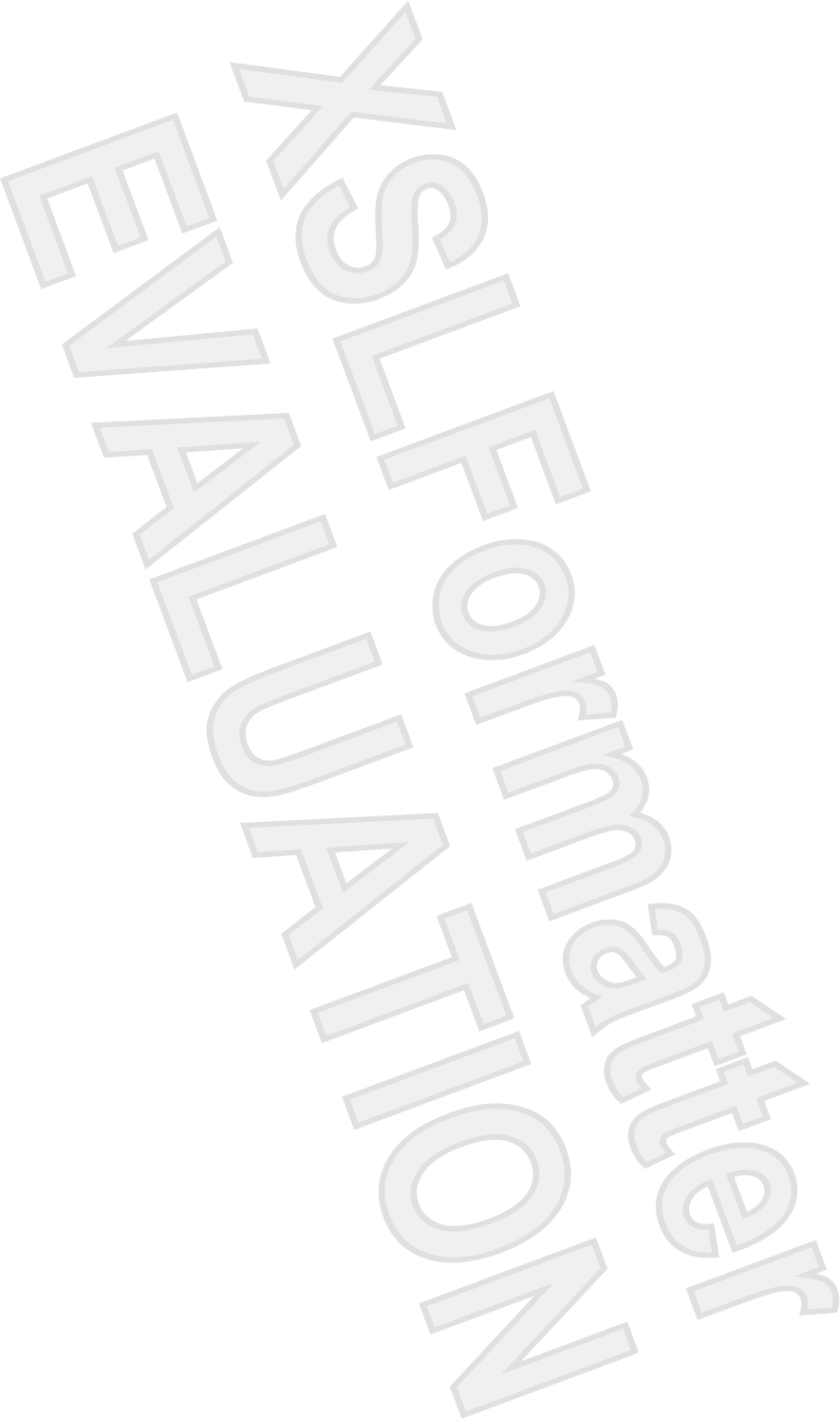
© Copyright 2007 Hewlett-Packard
Development Company, L.P.
Microsoft and Windows are U.S. registered
trademarks of Microsoft Corporation.
Bluetooth is a trademark owned by its
proprietor and used by Hewlett-Packard
Company under license. SD Logo is a
trademark of its proprietor.
The information contained herein is subject
to change without notice. The only
warranties for HP products and services are
set forth in the express warranty statements
accompanying such products and services.
Nothing herein should be construed as
constituting an additional warranty. HP shall
not be liable for technical or editorial errors
or omissions contained herein.
First Edition: January 2007
Document Part Number: 431179-001
Antenna House XSL Formatter (Evaluation) http://www.antennahouse.com/
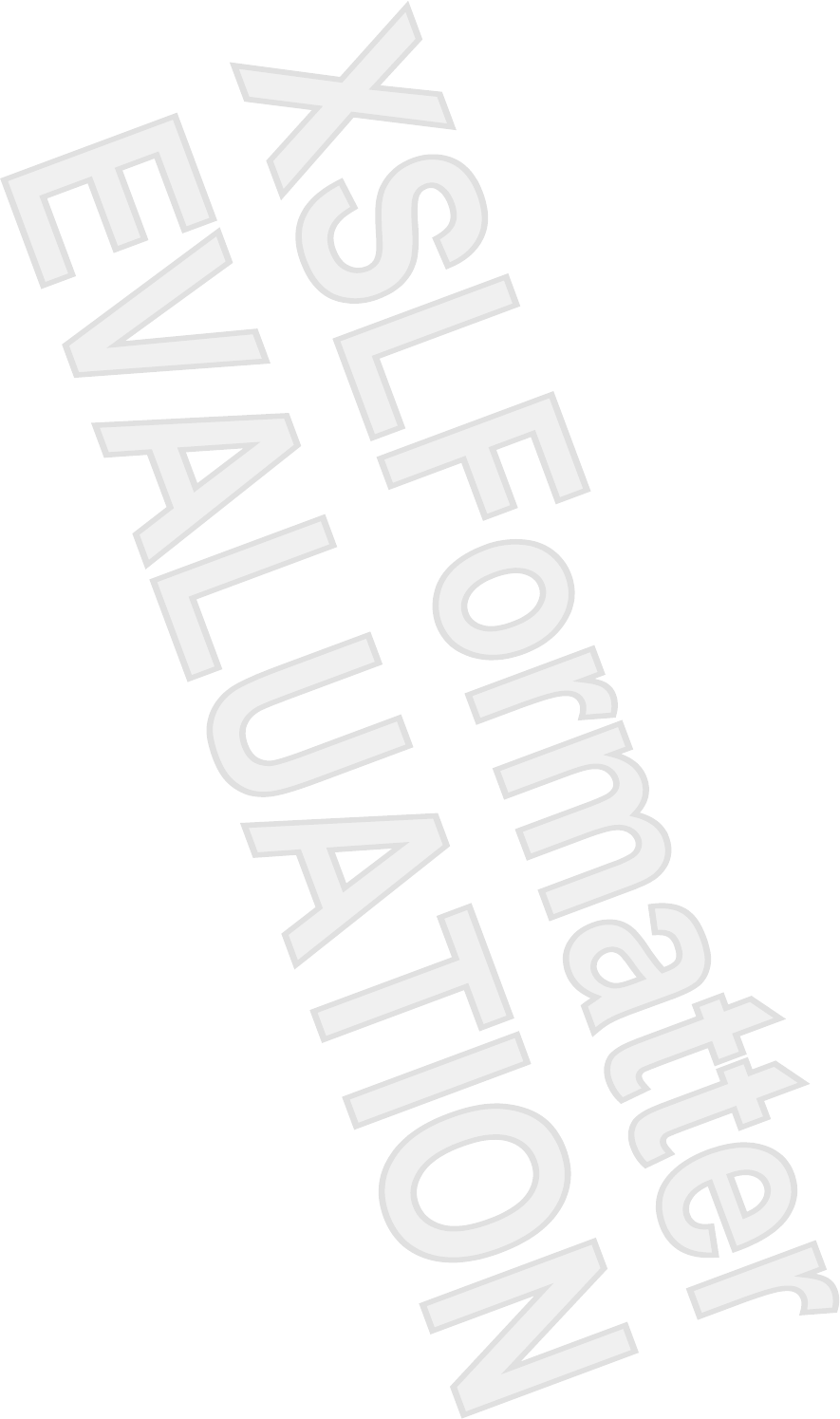
Table of contents
1 Identifying Hardware
2 Top components
TouchPad ............................................................................................................................................. 2
Keys ..................................................................................................................................................... 3
Hotkey quick reference ......................................................................................................................... 4
3 Display
Display components ............................................................................................................................. 5
Quick Launch buttons ........................................................................................................................... 6
Media buttons ....................................................................................................................................... 7
Display lights ........................................................................................................................................ 8
Wireless antennae (select models only) ............................................................................................... 9
WWAN antenna ................................................................................................................................. 10
4 Front components
5 Rear components
6 Right-side components
7 Left-side components
8 Bottom components
9 Additional hardware components
10 Labels
Index ................................................................................................................................................................... 20
ENWW iii
Antenna House XSL Formatter (Evaluation) http://www.antennahouse.com/
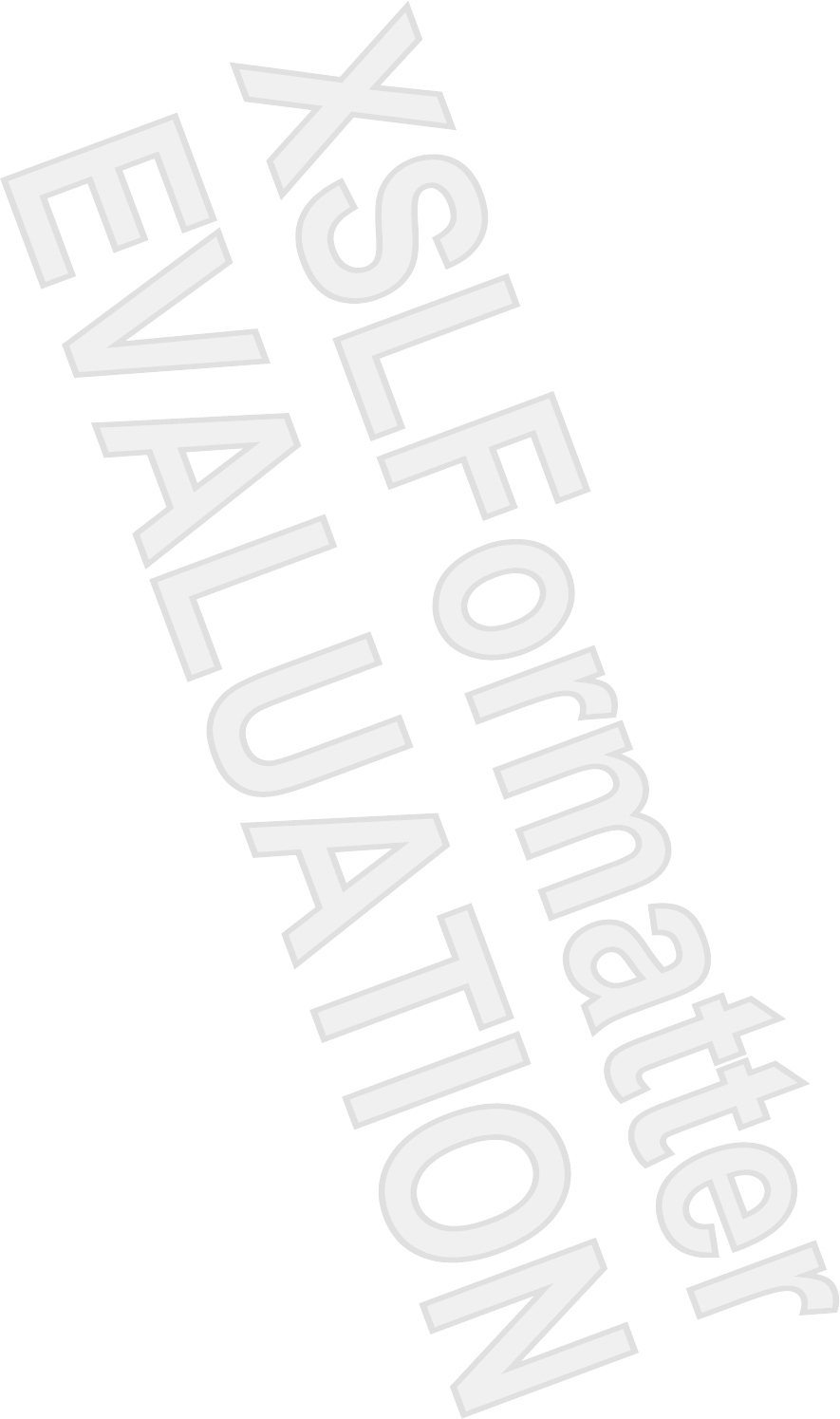
1 Identifying Hardware
To see a list of hardware installed in the computer:
1. Select Start > Computer > Properties.
2. In the left pane, click Hardware and Device Settings.
3. In the Windows Security dialog box, click Allow.
4. Select Hardware tab > Device Manager.
You can also add hardware or modify device configurations using Device Manager.
ENWW 1
Antenna House XSL Formatter (Evaluation) http://www.antennahouse.com/
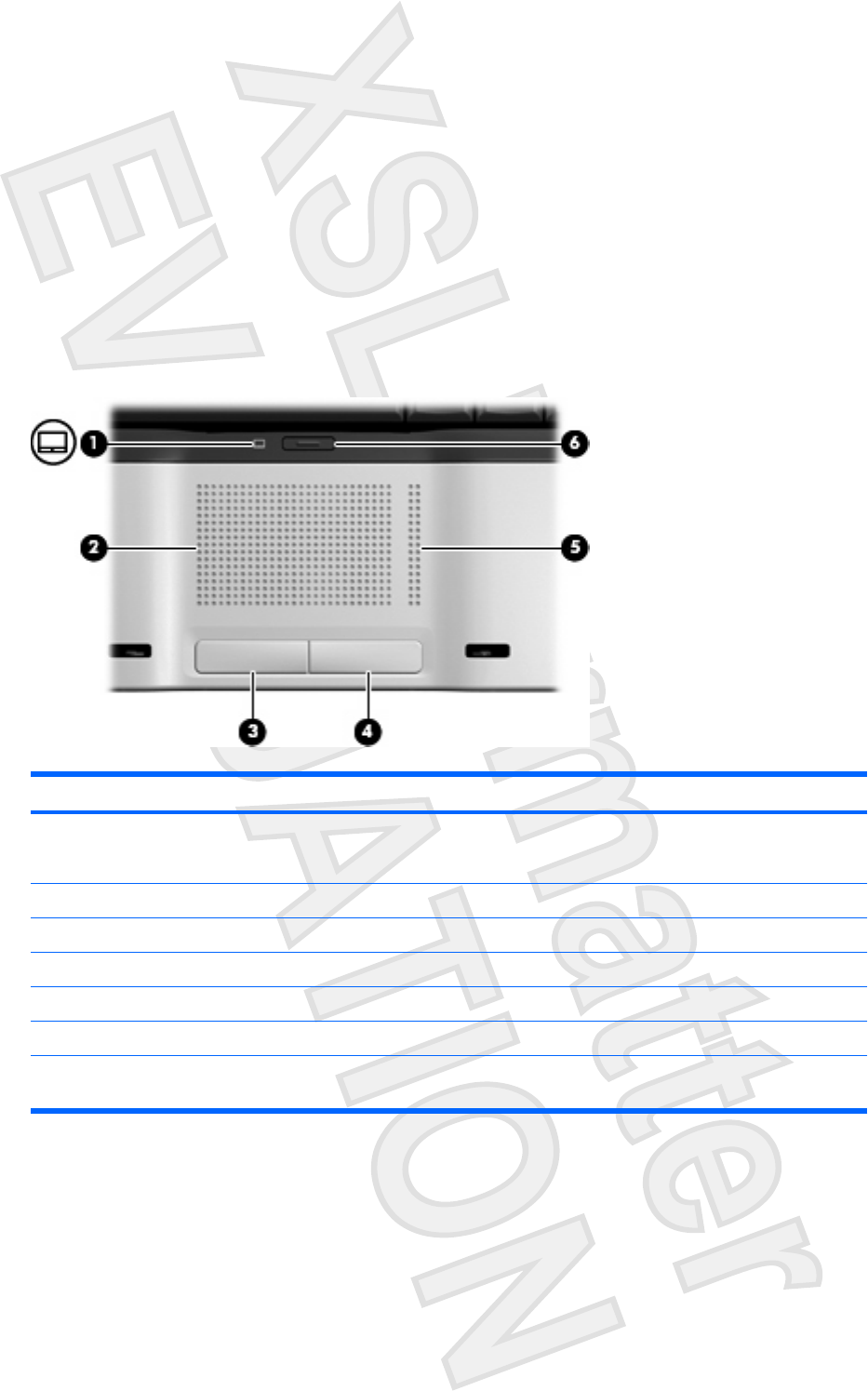
2 Top components
TouchPad
Component Description
(1) TouchPad light Blue: TouchPad is enabled.
Amber: TouchPad is disabled.
(2) TouchPad* Moves the pointer and selects or activates items on the screen.
(3) Left TouchPad button* Functions like the left button on an external mouse.
(4) Right TouchPad button* Functions like the right button on an external mouse.
(5) TouchPad scroll zone* Scrolls up or down.
(6) TouchPad on/off button Enables/disables the TouchPad.
*This table describes factory settings. To view and change pointing device preferences, select Start > Control Panel >
Hardware and Sound > Mouse. In the Windows Security dialog box, click Allow.
2 Chapter 2 Top components ENWW
Antenna House XSL Formatter (Evaluation) http://www.antennahouse.com/
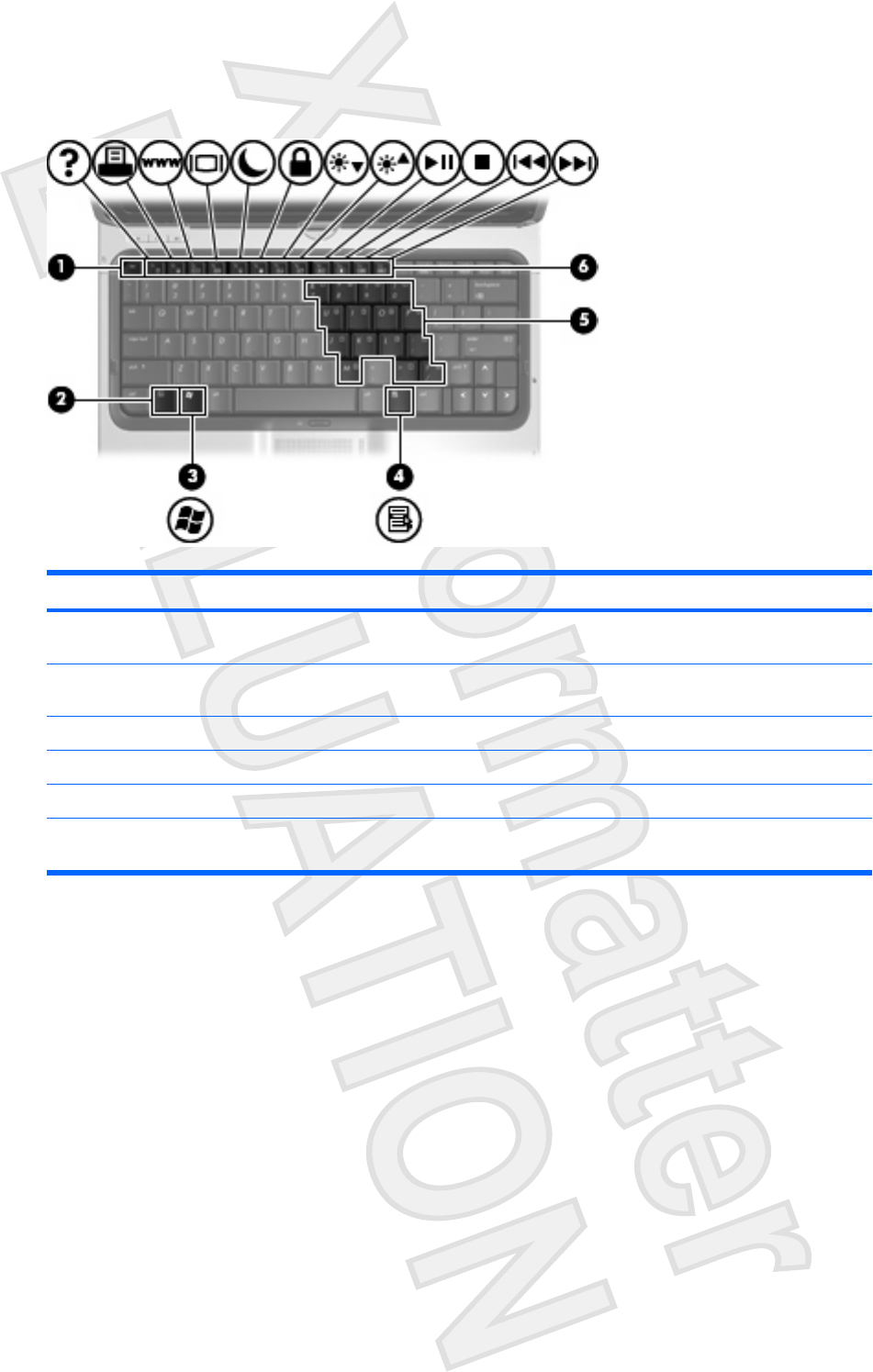
Keys
Component Description
(1) esc key Displays system information when pressed in combination with
the fn key.
(2) fn key Executes frequently used system functions when pressed in
combination with a function key or the esc key.
(3) Windows logo key Displays the Microsoft Windows Start menu.
(4) Windows applications key Displays a shortcut menu for items beneath the pointer.
(5) Embedded numeric keypad keys Can be used like the keys on an external numeric keypad.
(6) Function keys Execute frequently used system functions when pressed in
combination with the fn key.
ENWW Keys 3
Antenna House XSL Formatter (Evaluation) http://www.antennahouse.com/
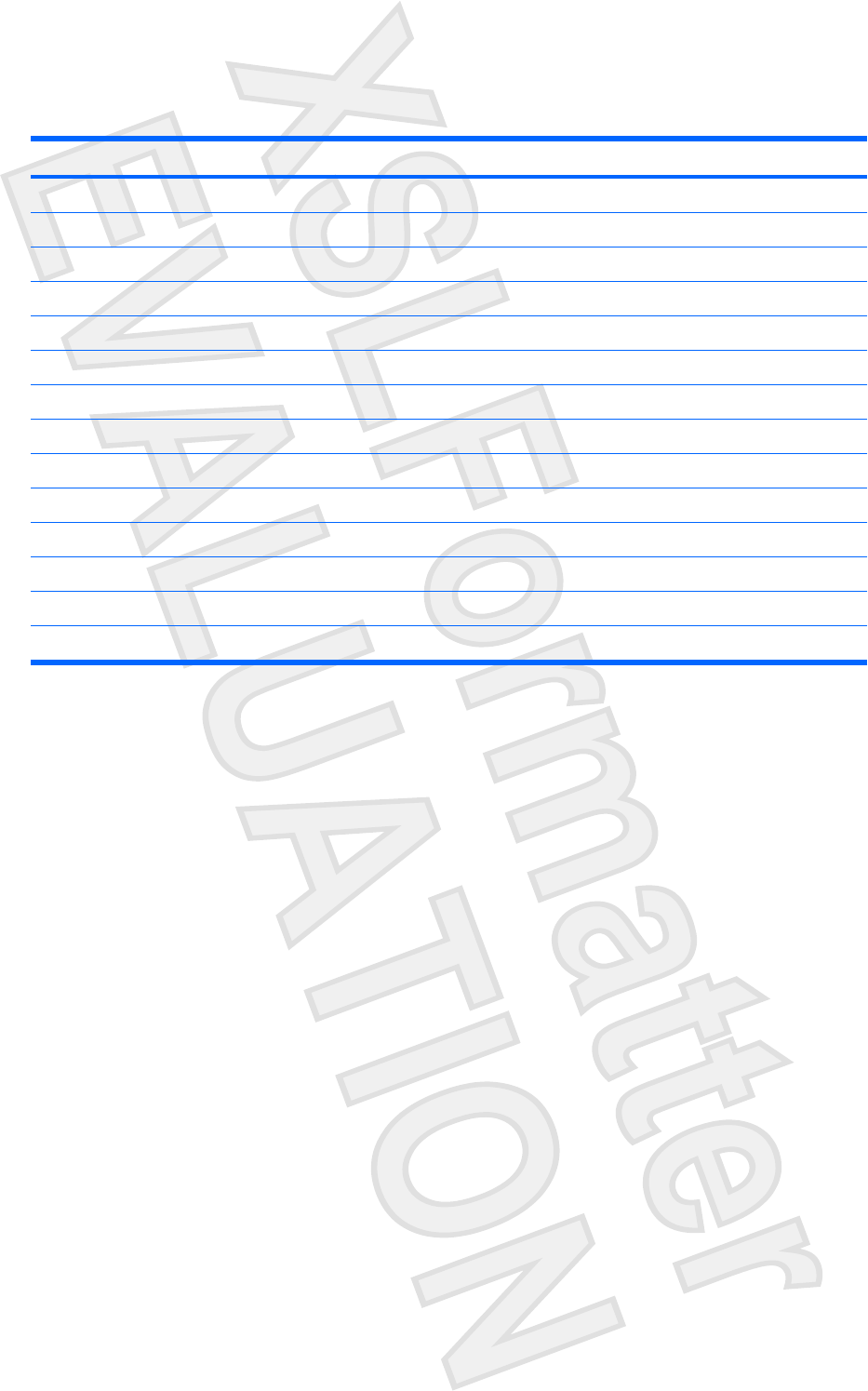
Hotkey quick reference
To perform this function Press
Display information. fn+esc
Clear system information. fn+esc or press enter
Open the Help and Support Center. fn+f1
Open the Print Options window. fn+f2
Open a Web browser. fn+f3
Alternate between computer display and external display. fn+f4
Initiate the Sleep state. fn+f5
Initiate QuickLock. fn+f6
Decrease screen brightness. fn+f7
Increase screen brightness. fn+f8
Play, pause, or resume an audio CD or a DVD. fn+f9
Stop an audio CD or a DVD. fn+f10
Play the previous track or section on an audio CD or a DVD. fn+f11
Play the next track on an audio CD or a DVD. fn+12
4 Chapter 2 Top components ENWW
Antenna House XSL Formatter (Evaluation) http://www.antennahouse.com/
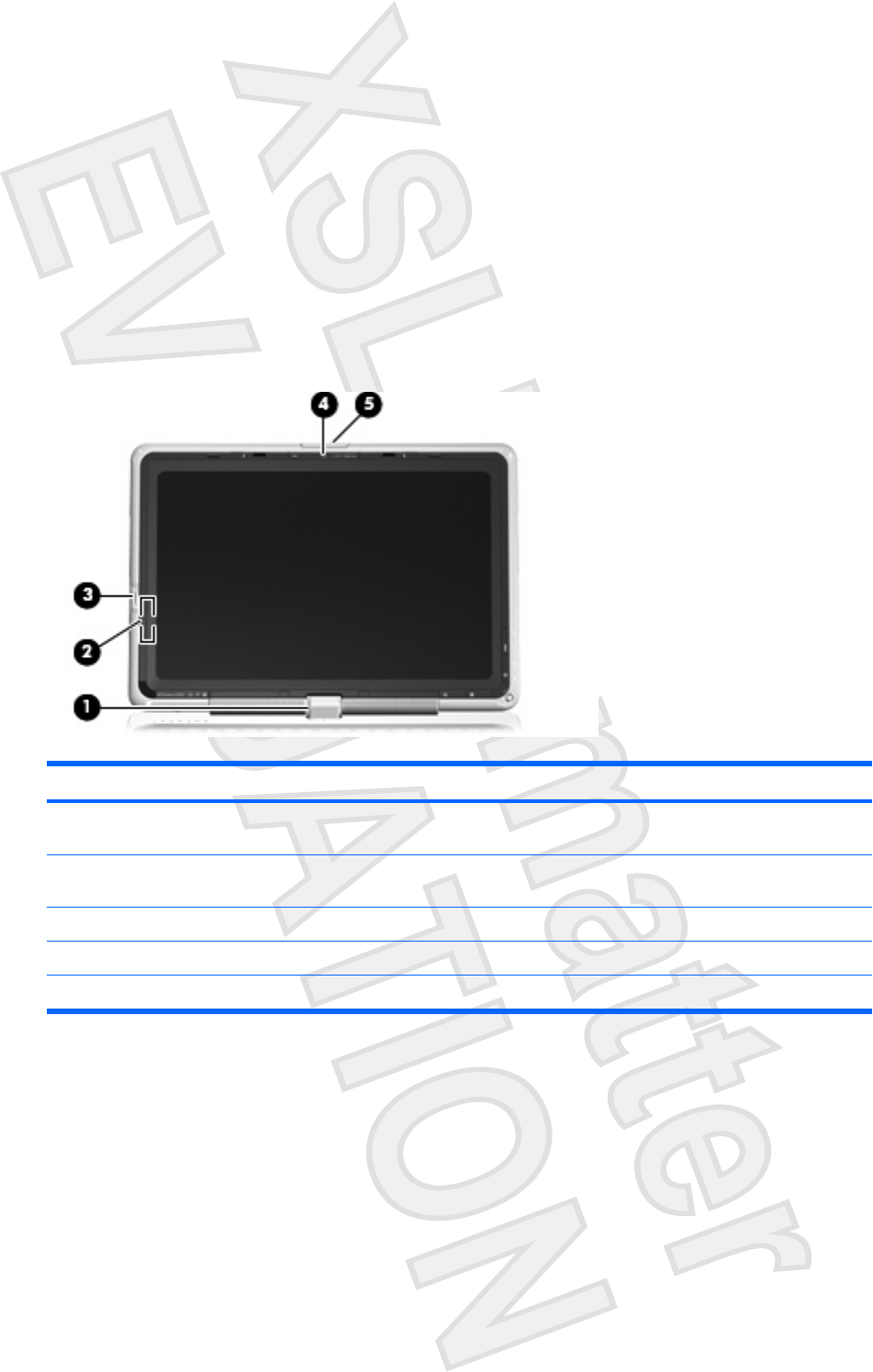
3Display
Display components
Component Description
(1) Rotating hinge Swivels the display and converts the computer from notebook
mode into tablet PC mode or vice versa.
(2) Internal display switch Turns off the display if the display is closed while the computer is
turned on.
(3) Fingerprint reader Allows a fingerprint logon to Windows, instead of a password logon.
(4) Integrated camera (select models only) Records video and captures still photographs.
(5) Display release latch Opens the computer.
ENWW Display components 5
Antenna House XSL Formatter (Evaluation) http://www.antennahouse.com/
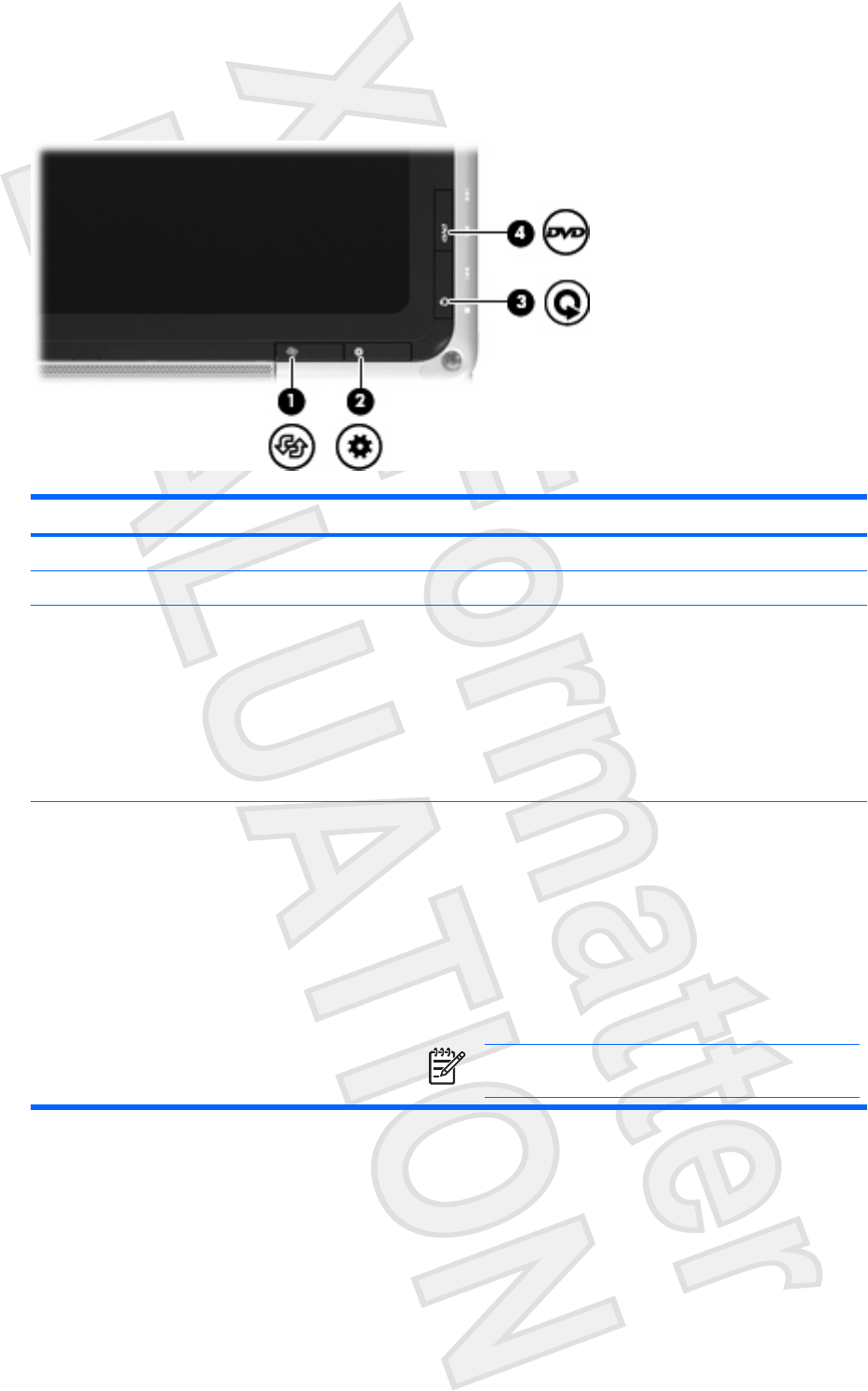
Quick Launch buttons
Component Description
(1) Rotate button Switches the image between landscape and portrait orientation.
(2) Mobility Center button Press to open Mobility Center.
(3) Media button When the computer is
●On, the media button opens the music program or Media
menu, allowing you to select a multimedia program.
●Off, the media button opens the music program or the Media
menu, allowing you to select a multimedia program.
●In the Sleep state, the media button resumes from Sleep into
Windows.
(4) DVD button When the computer is
●On, the DVD button opens the default DVD program to start
a DVD in the optical drive.
●Off, the DVD button opens QuickPlay to start a DVD in the
optical drive. If the QuickPlay software is not installed, the
computer starts in Windows.
●In Hibernation, opens QuickPlay to start a DVD in the optical
drive. If the QuickPlay software is not installed, the computer
resumes from Hibernation.
NOTE Refer to the QuickPlay online Help for details on
using QuickPlay.
6 Chapter 3 Display ENWW
Antenna House XSL Formatter (Evaluation) http://www.antennahouse.com/
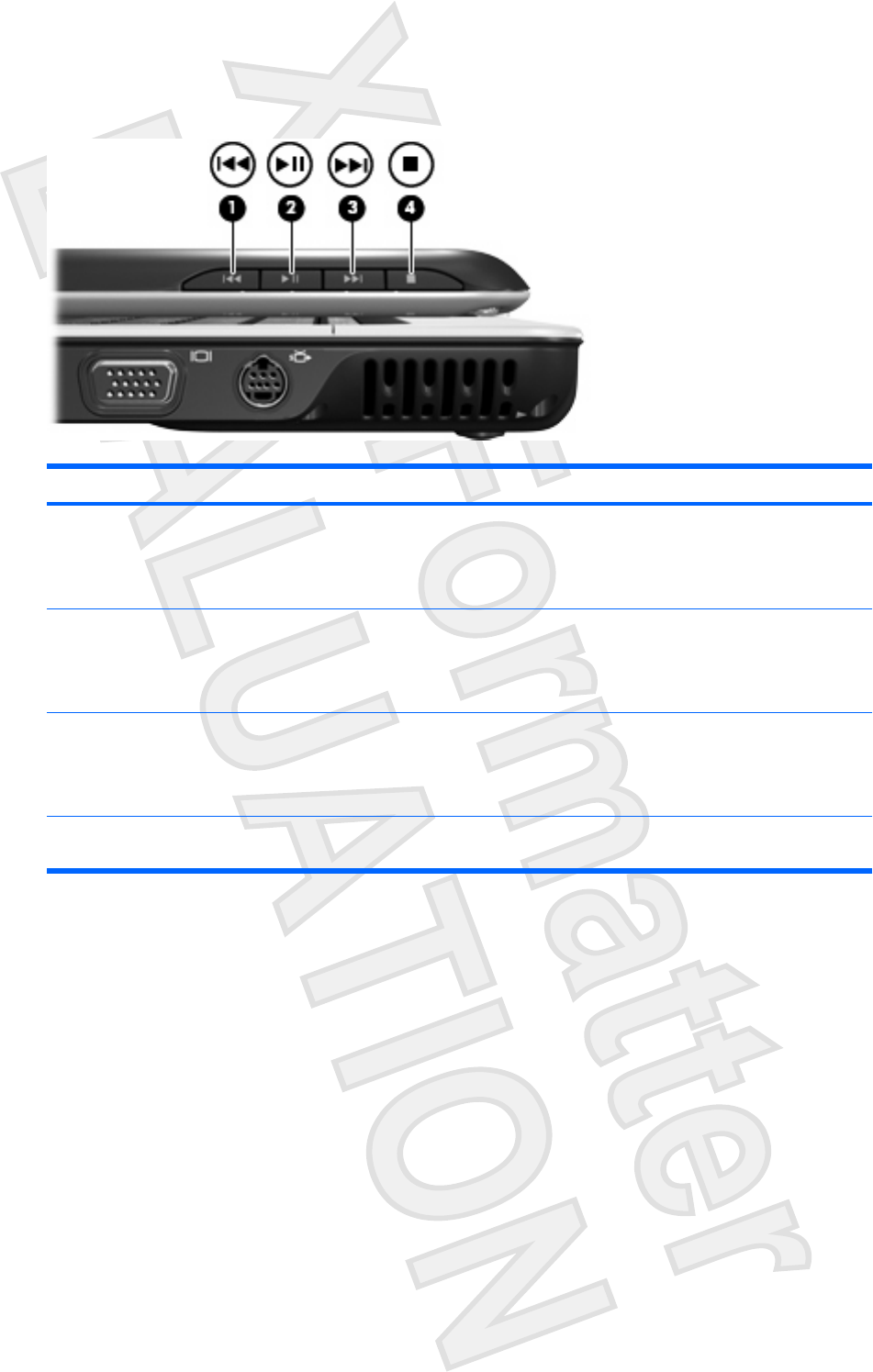
Media buttons
Component Description
(1) Previous/rewind button When a disc is playing in the optical drive:
●Press to play the previous track or chapter.
●Press fn+ this button to rewind.
(2) Play/pause button When a disc is in the optical drive and is
●Not playing, press to play the disc.
●Playing, press to pause the disc.
(3) Next/fast forward button When a disc is playing in the optical drive:
●Press once to play the next track or chapter.
●Press fn+ this button to fast forward.
(4) Stop button When a disc is playing in the optical drive, press to stop the current
disc activity.
ENWW Media buttons 7
Antenna House XSL Formatter (Evaluation) http://www.antennahouse.com/
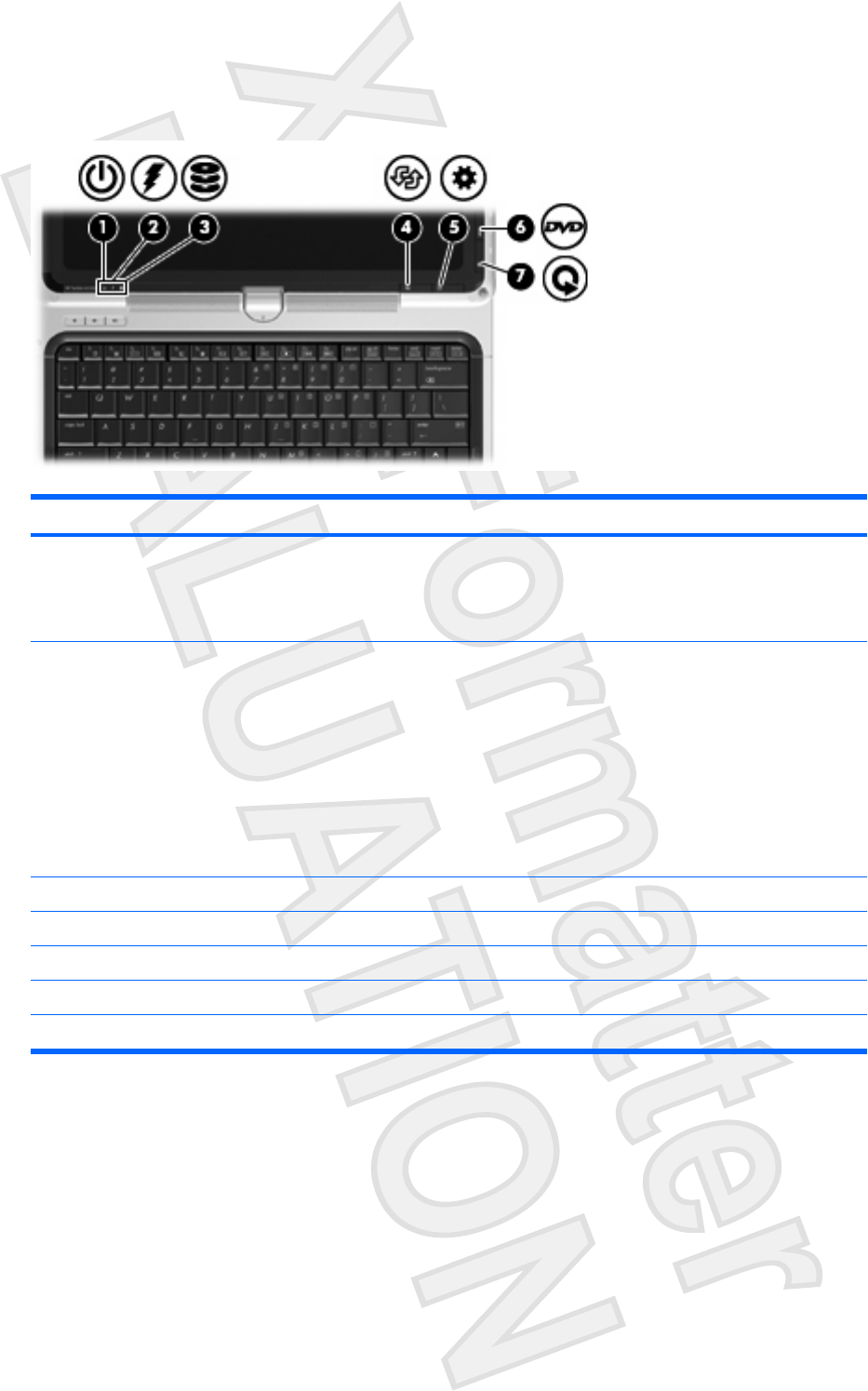
Display lights
Component Description
(1) Power light* ●On: The computer is on.
●Blinking: The computer is in the Sleep state.
●Off: The computer is off or in Hibernation.
(2) Battery light ●On: A battery is charging.
●Blinking: A battery that is the only available power source has
reached a low-battery condition. When the battery reaches
a critical low-battery condition, the battery light begins blinking
rapidly.
●Off: If the computer is plugged into an external power source,
the light is turned off when all batteries in the computer are
fully charged. If the computer is not plugged into an external
power source, the light stays off until the battery reaches a
low-battery condition.
(3) Drive light Blinking: The hard drive or optical drive is being accessed.
(4) Rotate button light On: The image is in landscape mode. [PLEASE VERIFY]
(5) Mobility Center button light On: Mobility Center is open. [PLEASE VERIFY]
(6) Media button light On: QuickPlay media mode is open. [PLEASE VERIFY]
(7) DVD button light On: QuickPlay DVD mode is open. [PLEASE VERIFY]
8 Chapter 3 Display ENWW
Antenna House XSL Formatter (Evaluation) http://www.antennahouse.com/
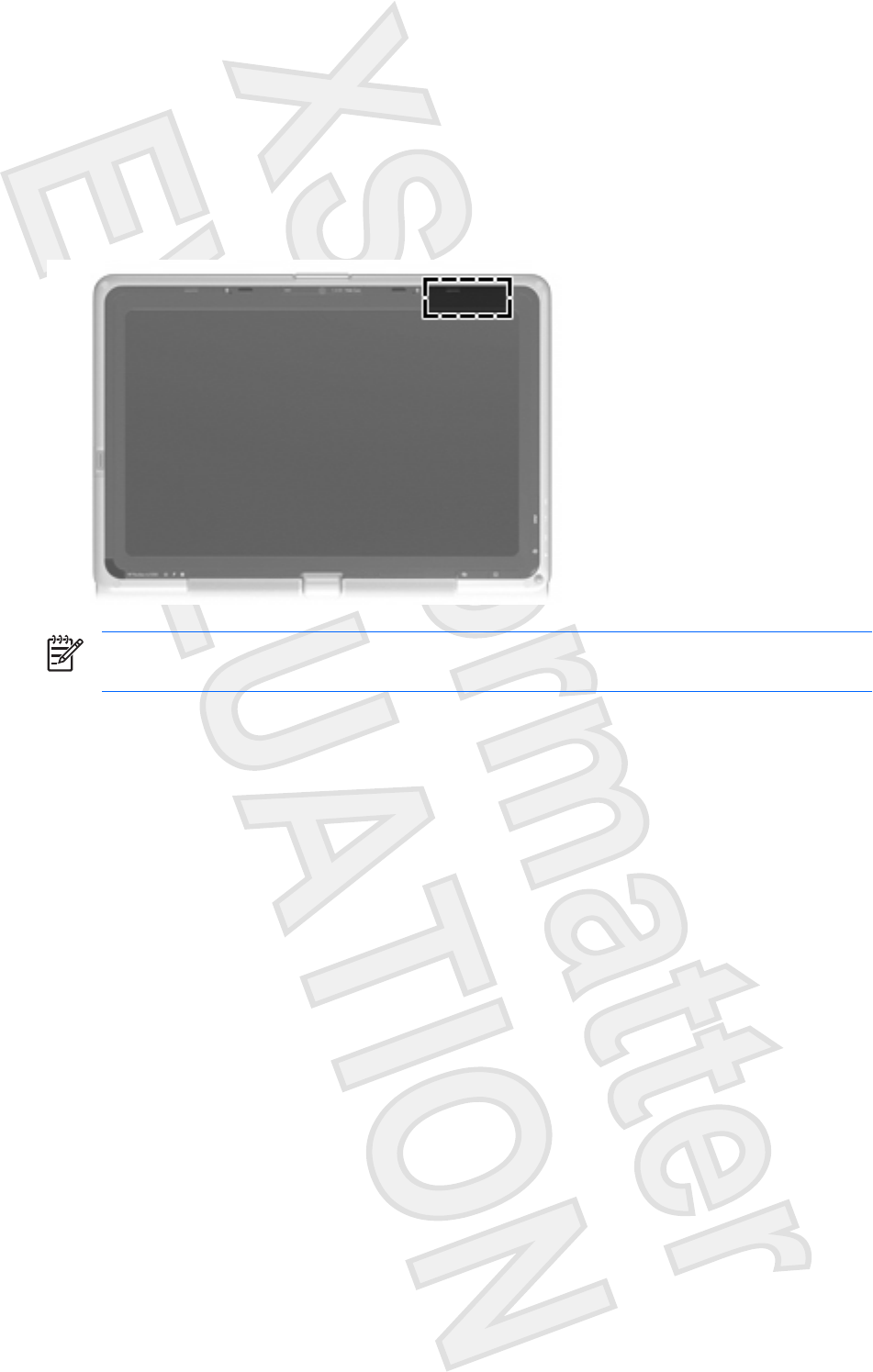
Wireless antennae (select models only)
On select computer models, at least 2 antennae send and receive signals from one or more wireless
devices. These antennae are not visible from the outside of the computer.
To see wireless regulatory notices, refer to your region's section of the Regulatory, Safety and
Environmental Notices located in the Help and Support Center.
NOTE For optimal transmission, keep the areas immediately around the antennae free from
obstructions.
ENWW Wireless antennae (select models only) 9
Antenna House XSL Formatter (Evaluation) http://www.antennahouse.com/
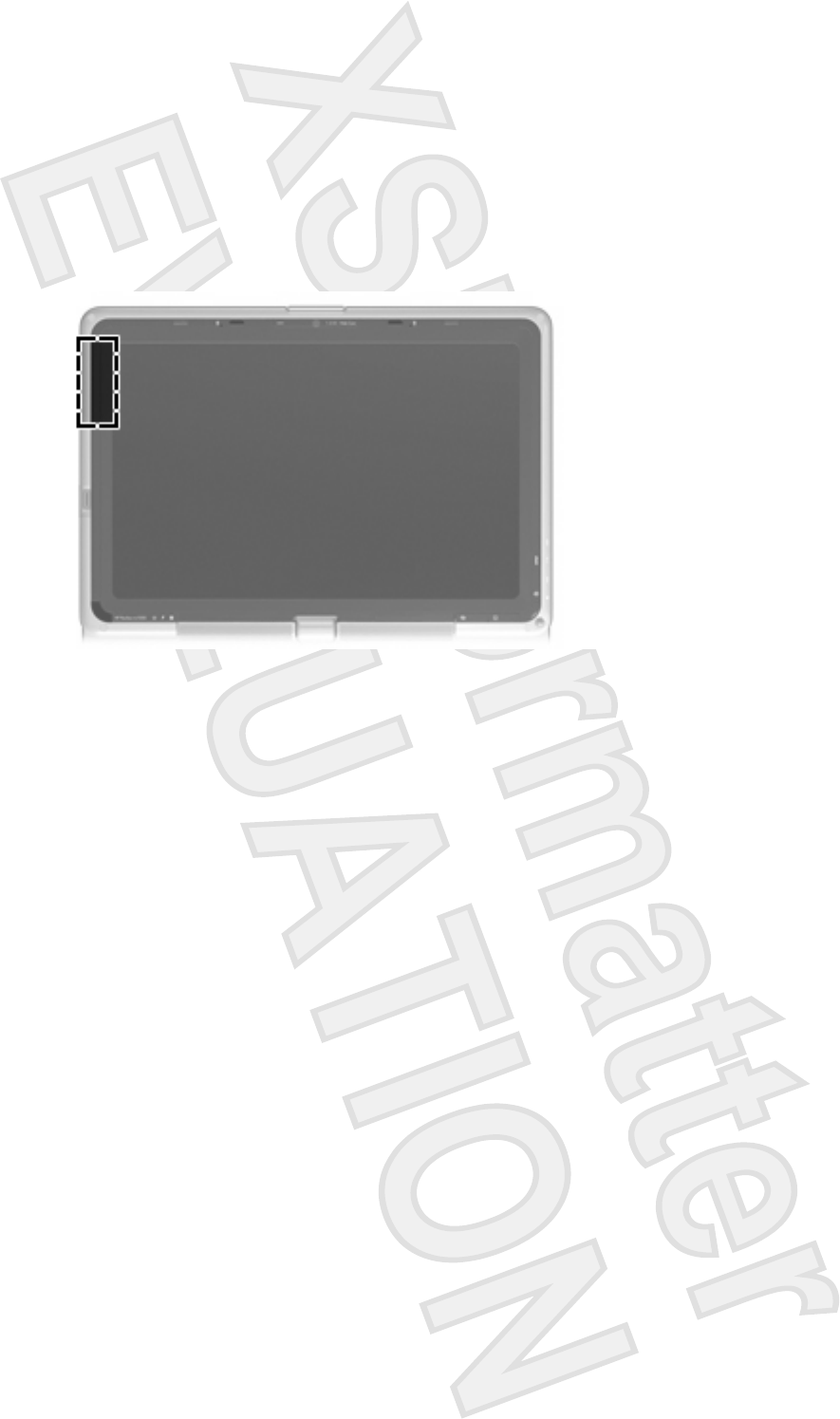
WWAN antenna
The wireless antenna inside the display enclosure allows you to connect to a wireless wide-area network
(WWAN), and then to the Internet, using the integrated HP Broadband Wireless module and service
from a supported cellular network operator.
For more information on HP Broadband Wireless and how to sign up for service, refer to the HP
Broadband Wireless Getting Started guide included with your computer.
10 Chapter 3 Display ENWW
Antenna House XSL Formatter (Evaluation) http://www.antennahouse.com/
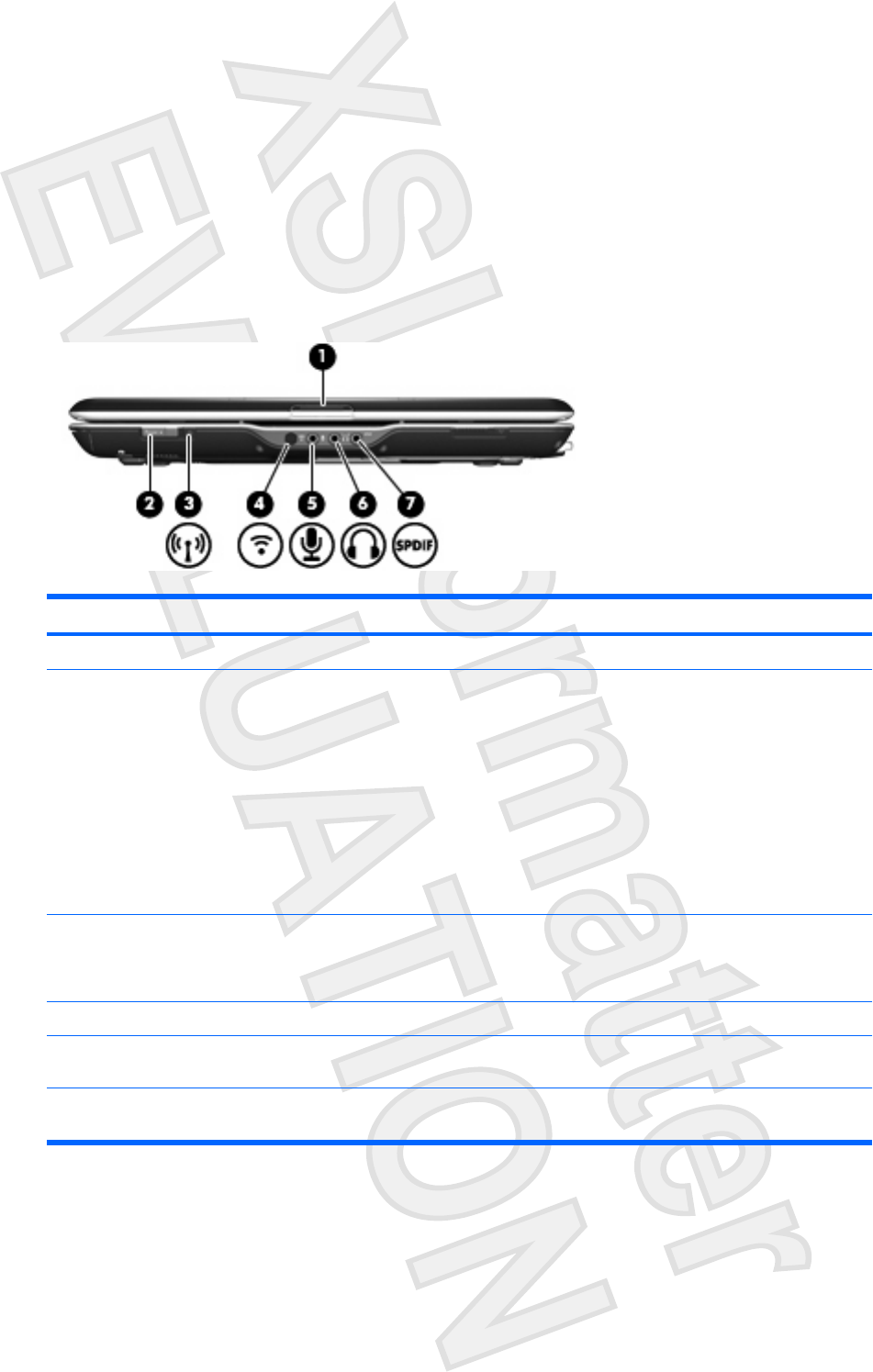
4 Front components
Component Description
(1) Display release latch Opens the computer.
(2) Power button* When the computer is
●Off, press to turn on the computer.
●On, press to enter Hibernation.
●In the Sleep state, briefly press to exit Sleep.
●In Hibernation, briefly press to exit Hibernation.
If the computer has stopped responding and Microsoft® Windows®
shutdown procedures cannot be used, press and hold the power
button for at least 5 seconds to turn off the computer.
(3) Wireless light Blue: An integrated wireless device, such as a wireless local area
network (LAN) device and/or a Bluetooth® device, is turned on.
Amber: an integrated wireless device is turned off.
(4) Consumer infrared lens Links the computer to the HP Remote Control.
(5) Audio-in (microphone) jack Connects an optional computer headset microphone, stereo array
microphone, or monaural microphone.
(6) Audio-out (headphone) jack Produce sound when connected to optional powered stereo
speakers, headphones, ear buds, a headset, or television audio.
ENWW 11
Antenna House XSL Formatter (Evaluation) http://www.antennahouse.com/
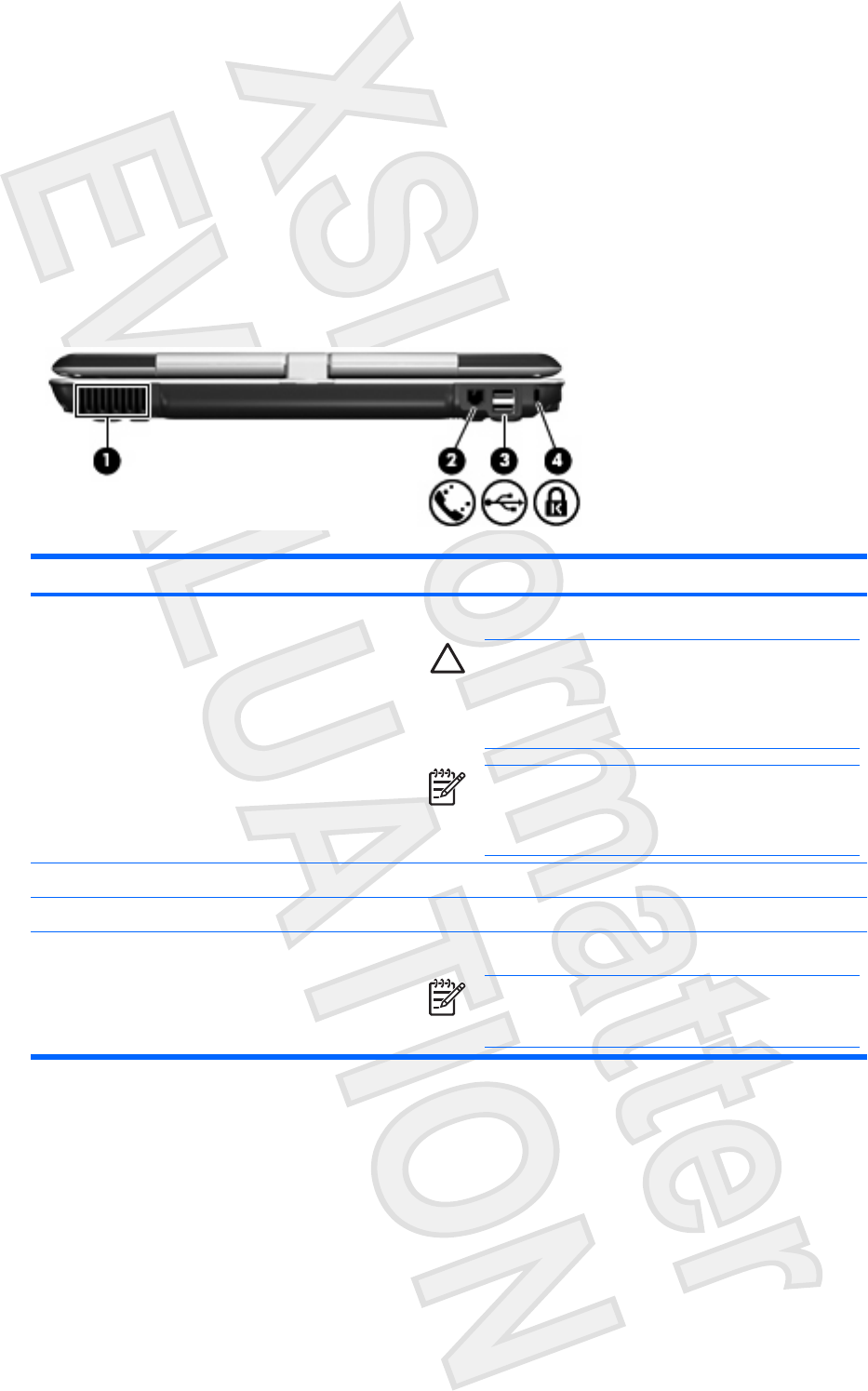
5 Rear components
Component Description
(1) Vent Enables airflow to cool internal components.
CAUTION To prevent overheating, do not obstruct
vents. Use the computer only on a hard, flat surface. Do
not allow another hard surface, such as an adjoining
optional printer, or a soft surface, such as pillows or thick
rugs or clothing, to block airflow.
NOTE The computer fan starts up automatically to cool
internal components and prevent overheating. It is normal
for the internal fan to cycle on and off during routine
operation.
(2) RJ-11 (modem) jack Connects a modem cable.
(3) USB port Connects an optional USB device.
(4) Security cable slot Attaches an optional security cable to the computer.
NOTE The security cable is designed to act as a
deterrent, but may not prevent the computer from being
mishandled or stolen.
12 Chapter 5 Rear components ENWW
Antenna House XSL Formatter (Evaluation) http://www.antennahouse.com/
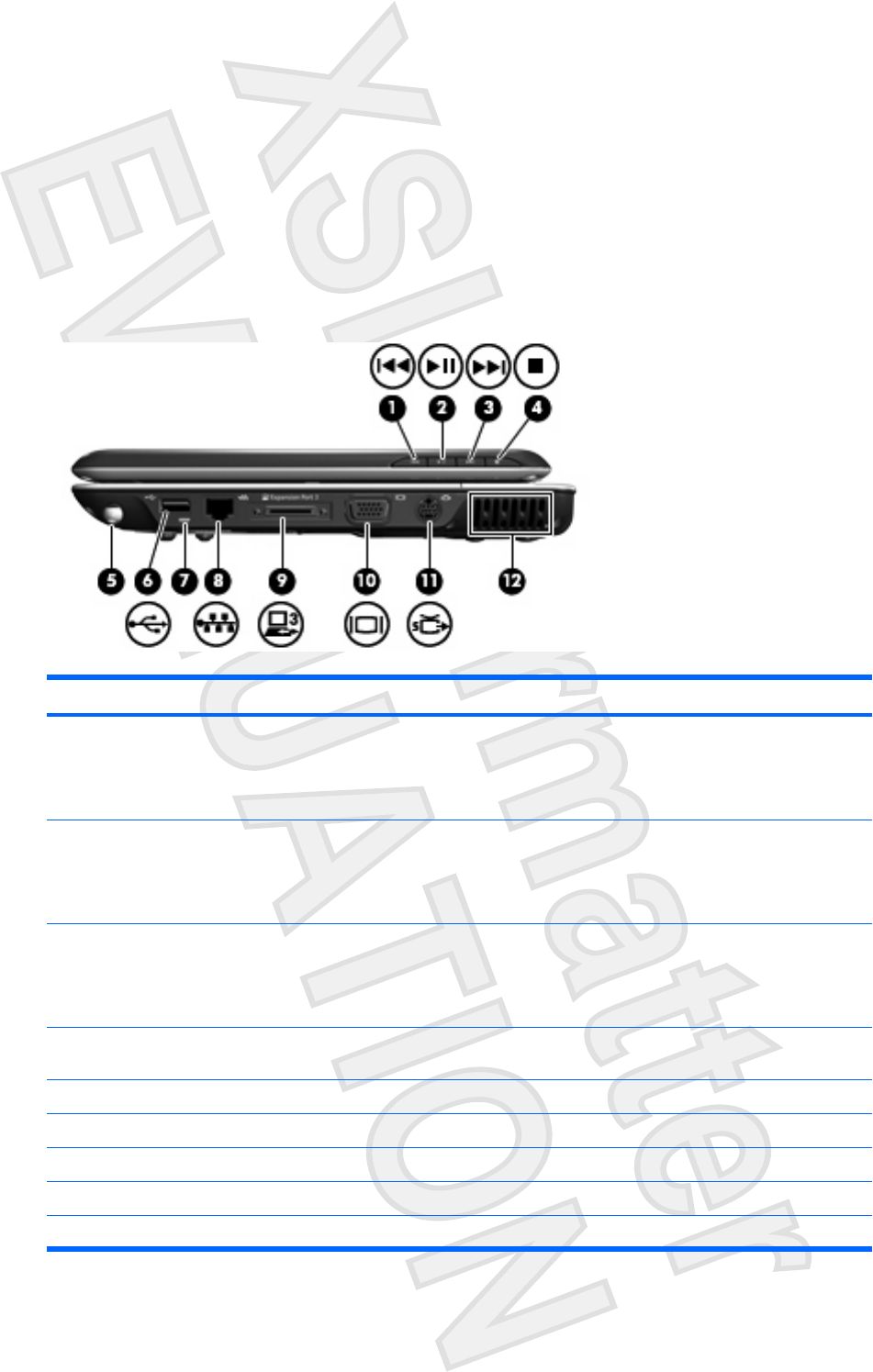
6 Right-side components
Component Description
(1) Previous/rewind button When a disc is playing in the optical drive:
●Press to play the previous track or chapter.
●Press fn+ this button to rewind.
(2) Play/pause button When a disc is in the optical drive and is
●Not playing, press to play the disc.
●Playing, press to pause the disc.
(3) Next/fast forward button When a disc is playing in the optical drive:
●Press once to play the next track or chapter.
●Press fn+ this button to fast forward.
(4) Stop button When a disc is playing in the optical drive, press to stop the current
disc activity.
(5) Pen holder Secures the pen to the computer.
(6) USB port Connects an optional USB device.
(7) Pen tether Connects the pen tether
(8) RJ-45 (network) jack Connects a network cable.
(9) Expansion port 3 Connects the computer to an optional expansion product.
ENWW 13
Antenna House XSL Formatter (Evaluation) http://www.antennahouse.com/
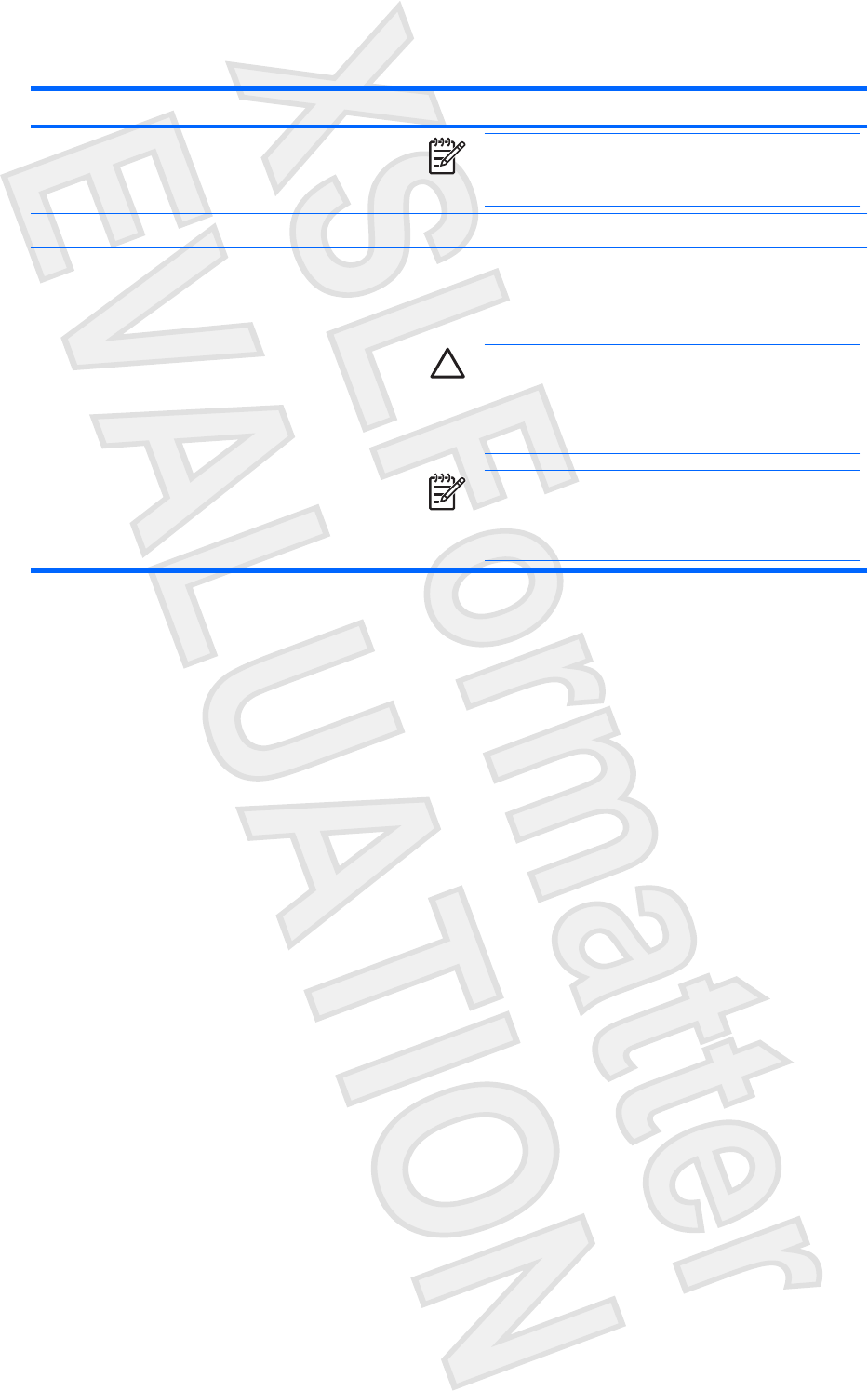
Component Description
NOTE The computer has only one expansion port. The
term expansion port 3 describes the type of expansion
port.
(10) External monitor port Connects an external VGA monitor or projector.
(11) S-Video-out jack Connects an optional S-Video device such as a television, VCR,
camcorder, overhead projector, or video capture card.
(12) Vent Enables airflow to cool internal components.
CAUTION To prevent overheating, do not obstruct
vents. Use the computer only on a hard, flat surface. Do
not allow another hard surface, such as an adjoining
optional printer, or a soft surface, such as pillows or thick
rugs or clothing, to block airflow.
NOTE The computer fan starts up automatically to cool
internal components and prevent overheating. It is normal
for the internal fan to cycle on and off during routine
operation.
14 Chapter 6 Right-side components ENWW
Antenna House XSL Formatter (Evaluation) http://www.antennahouse.com/
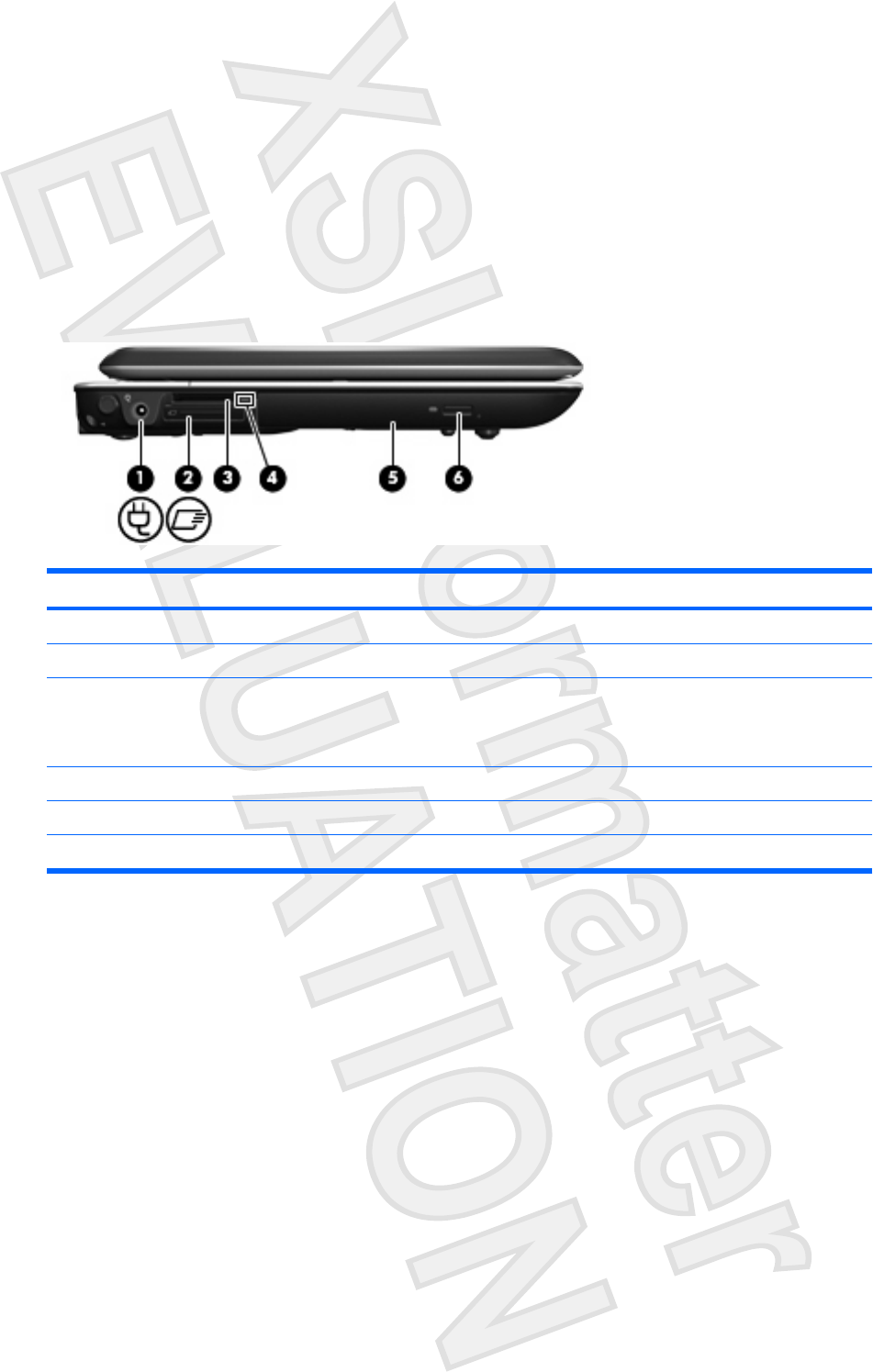
7 Left-side components
Component Description
(1) Power connector Connects an AC adapter.
(2) ExpressCard slot Supports optional ExpressCard/54 cards.
(3) Digital Media Slot Supports the following optional digital card formats: Secure Digital
(SD) Memory Card, MultiMediaCard (MMC), Secure Digital Input/
Output (SD I/O), Memory Stick (MS), Memory Stick Pro (MSP), xD-
Picture Card (XD), xD-Picture Card (XD) Type M.
(4) Digital Media Slot light On: A digital card is being accessed.
(5) Optical drive Reads an optical disc.
(6) Optical drive release button Releases the optical drive tray.
ENWW 15
Antenna House XSL Formatter (Evaluation) http://www.antennahouse.com/
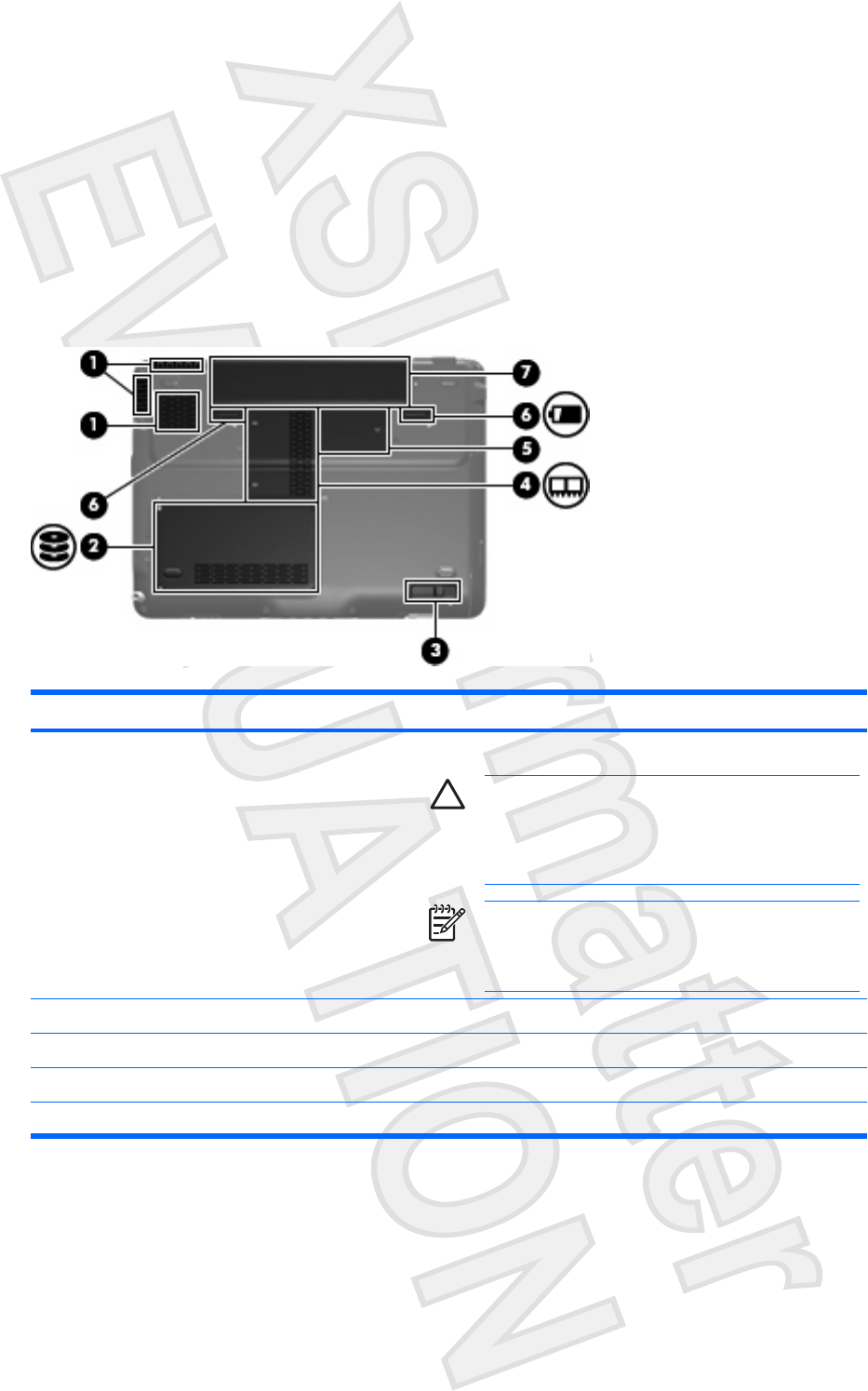
8 Bottom components
Component Description
(1) Vents (3) Enable airflow to cool internal components.
CAUTION To prevent overheating, do not obstruct
vents. Use the computer only on a hard, flat surface. Do
not allow another hard surface, such as an adjoining
optional printer, or a soft surface, such as pillows or thick
rugs or clothing, to block airflow.
NOTE The computer fan starts up automatically to cool
internal components and prevent overheating. It is normal
for the internal fan to cycle on and off during routine
operation.
(2) Hard drive bay Holds the hard drive.
(3) Optical drive release latch Releases the optical drive from the drive bay.
(4) Memory module compartment Contains the memory module slots.
(5) Mini Card compartment Holds a wireless LAN device (select models only).
16 Chapter 8 Bottom components ENWW
Antenna House XSL Formatter (Evaluation) http://www.antennahouse.com/
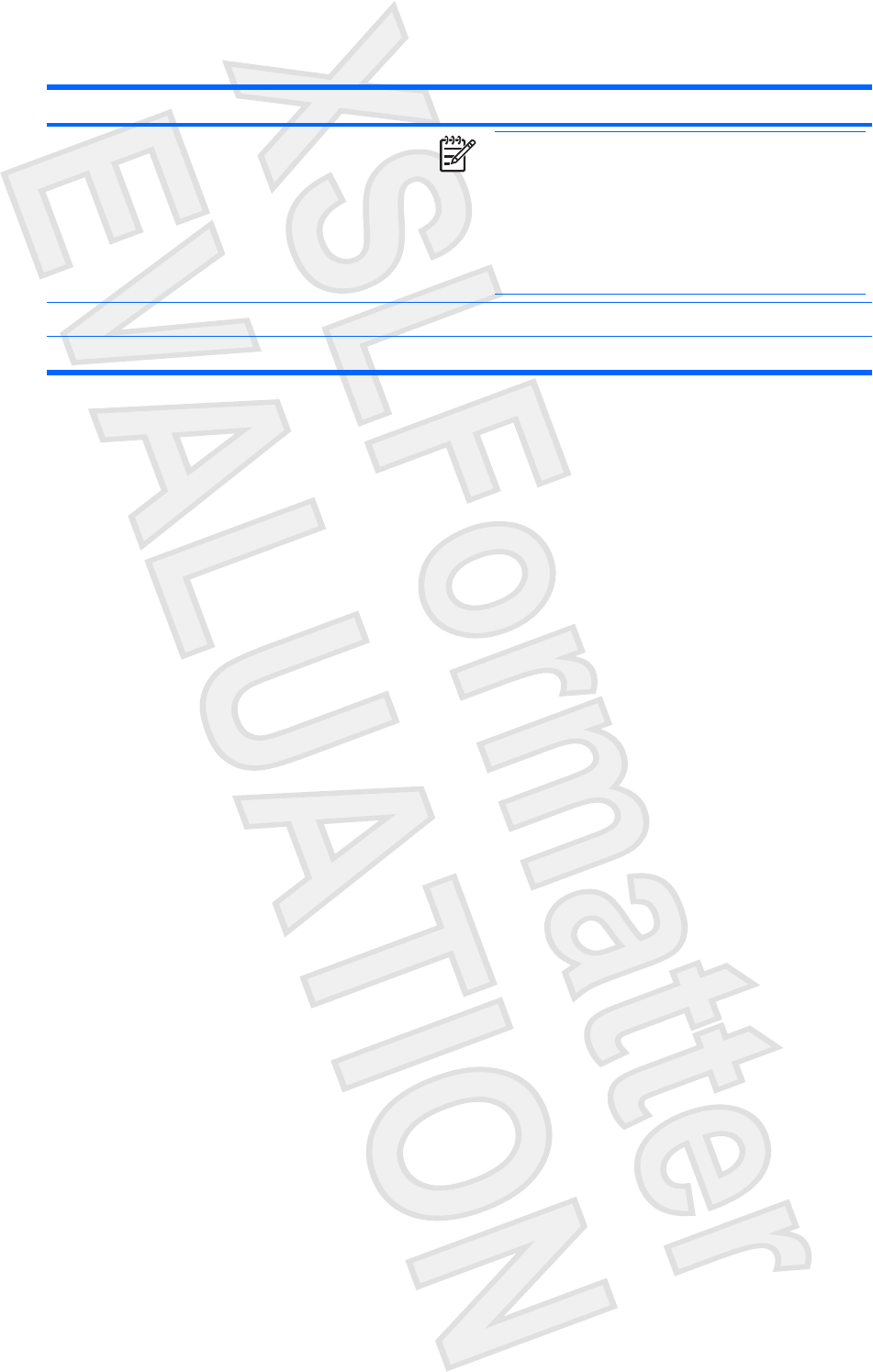
Component Description
NOTE To prevent an unresponsive system and the
display of a warning message, replace with only a Mini
Card device authorized for use in the computer by the
governmental agency that regulates wireless devices in
your country. If you replace the device and then receive a
warning message, remove the device to restore computer
functionality. Then contact Customer Care through the
Help and Support Center.
(6) Battery release latch Releases the battery from the battery bay.
(7) Battery bay Holds the battery.
ENWW 17
Antenna House XSL Formatter (Evaluation) http://www.antennahouse.com/
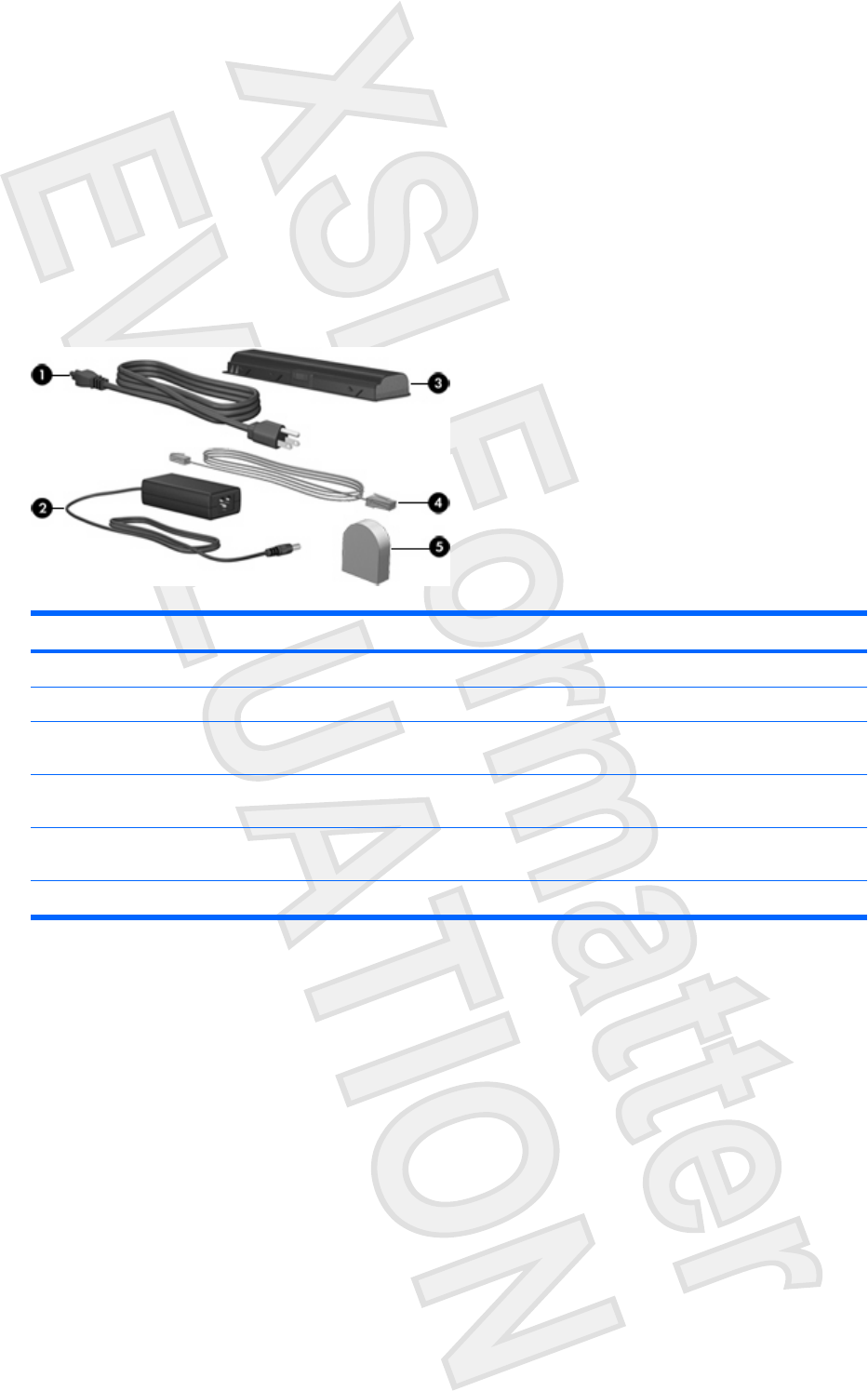
9 Additional hardware components
Component Description
(1) Power cord* Connects an AC adapter to an AC outlet.
(2) AC adapter Converts AC power to DC power.
(3) Battery* Powers the computer when the computer is not plugged into
external power.
(4) Modem cable* Connects the internal modem to an RJ-11 telephone jack or to a
country-specific modem adapter.
(5) Country-specific modem cable adapter (select
models only)
Adapts the modem cable to a non-RJ-11 telephone jack.
*Modem cables, batteries, and power cords vary in appearance by region and country.
18 Chapter 9 Additional hardware components ENWW
Antenna House XSL Formatter (Evaluation) http://www.antennahouse.com/
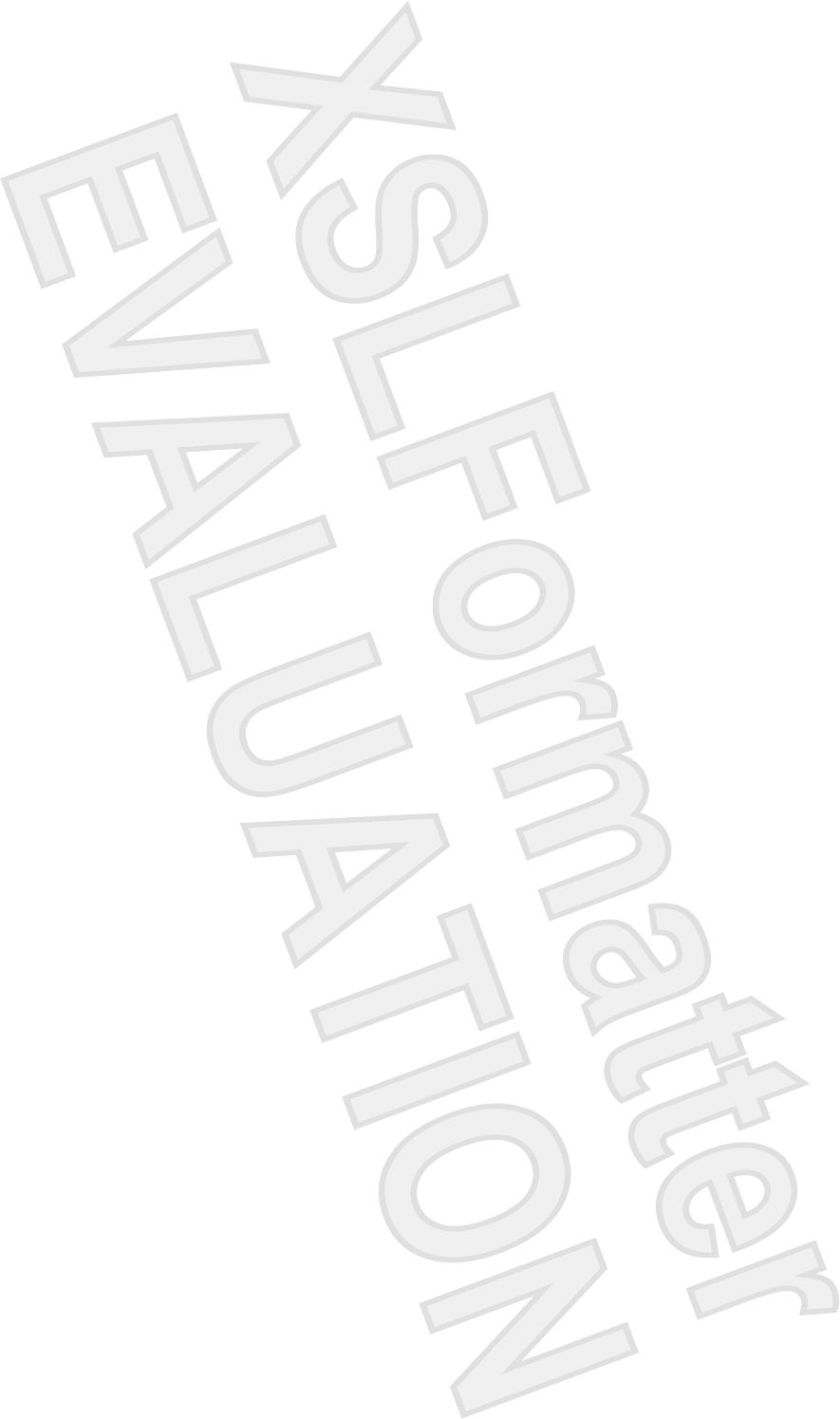
10 Labels
The labels affixed to the computer provide information you may need when you troubleshoot system
problems or travel internationally with the computer.
●Service tag—Provides the product brand and series name, serial number (s/n), and product
number (p/n) of your computer. Have this information available when you contact Customer Care.
The service tag label is affixed to the bottom of the computer.
●Microsoft Certificate of Authenticity—Contains the Microsoft® Windows® Product Key. You may
need the Product Key to update or troubleshoot the operating system. This certificate is affixed to
the bottom of the computer.
●Regulatory label—Provides regulatory information about the computer. The regulatory label is
affixed inside the hard drive bay.
●Modem approval label—Provides regulatory information about the modem and lists the agency
approval markings required by some of the countries in which the modem has been approved for
use. You may need this information when traveling internationally. The modem approval label is
affixed inside the hard drive bay.
●Wireless certification label(s) (select models only)—Provide information about optional wireless
devices and the approval markings of some of the countries in which the devices have been
approved for use. An optional device may be a wireless local area network (WLAN) device or an
optional Bluetooth® device. If your computer model includes one or more wireless devices, one or
more certification labels are included with your computer. You may need this information when
traveling internationally. Wireless certification labels are affixed inside the memory module
compartment.
ENWW 19
Antenna House XSL Formatter (Evaluation) http://www.antennahouse.com/
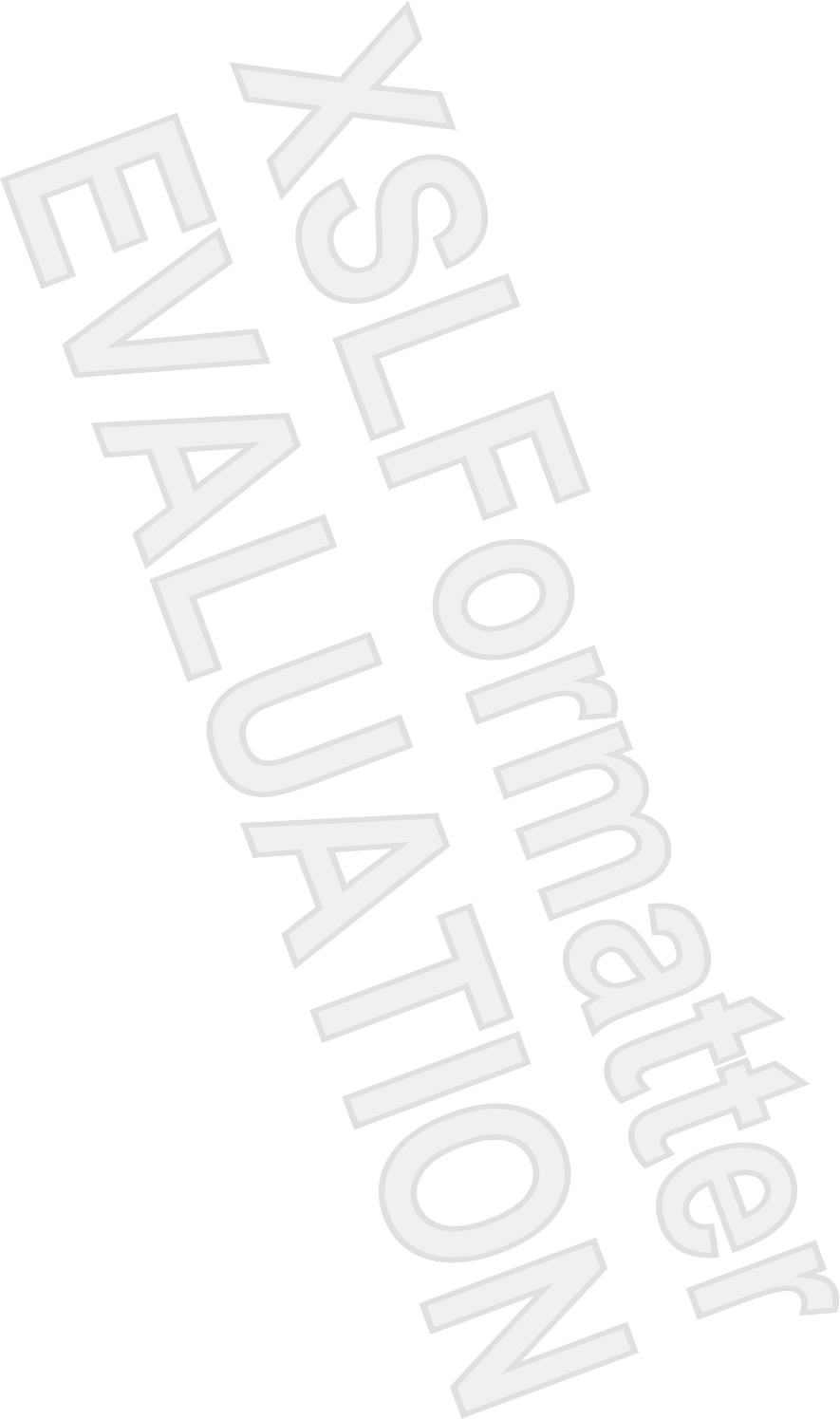
Index
A
AC adapter, identifying 18
antennae 9
applications key, Windows 3
audio-in (microphone) jack,
identifying 11
audio-out (headphone) jack,
identifying 11
B
battery bay 17, 19
battery light, identifying 8
battery release latch,
identifying 17
battery, identifying 18
bays
battery 17, 19
hard drive 16
Bluetooth label 19
buttons
DVD 6
media 6
next/fast forward 7, 13
play/pause 7, 13
power 11
previous/rewind 7, 13
stop 7, 13
TouchPad 2
TouchPad on/off 2
C
cable, RJ-11 (modem) 18
Certificate of Authenticity label 19
compartments
memory module 16
Mini Card 16
components
additional hardware 18
bottom 16
display 5
front 11
left-side 15
rear 12
right-side 13
top 2
connector, power 15
cord, power 18
D
Digital Media Slot light,
identifying 15
Digital Media Slot, identifying 15
display release latch 5, 11
display switch, identifying 5
drive light, identifying 8
drives
hard 16
DVD button, identifying 6
E
esc key, identifying 3
expansion port, identifying 13
ExpressCard slot, identifying 15
external monitor port,
identifying 14
F
fingerprint reader 5
fn key, identifying 3
function keys, identifying 3
H
hard drive bay, identifying 16
headphone (audio-out) jack 11
hotkeys, quick reference 4
I
infrared lens, identifying 11
integrated camera light,
identifying 5
internal display switch,
identifying 5
J
jacks
audio-in (microphone) 11
audio-out (headphone) 11
RJ-11 (modem) 12
RJ-45 (network 13
S-Video-out 14
K
keypad keys, identifying 3
keys
esc 3
fn 3
function 3
keypad 3
Windows applications 3
Windows logo 3
L
labels
Bluetooth 19
Microsoft Certificate of
Authenticity 19
modem approval 19
regulatory 19
service tag 19
wireless certification 19
WLAN 19
latch, battery release 17
latches
display release 5, 11
lights
battery 8
Digital Media Slot 15
drive 8
integrated camera 5
power 8
20 Index ENWW
Antenna House XSL Formatter (Evaluation) http://www.antennahouse.com/
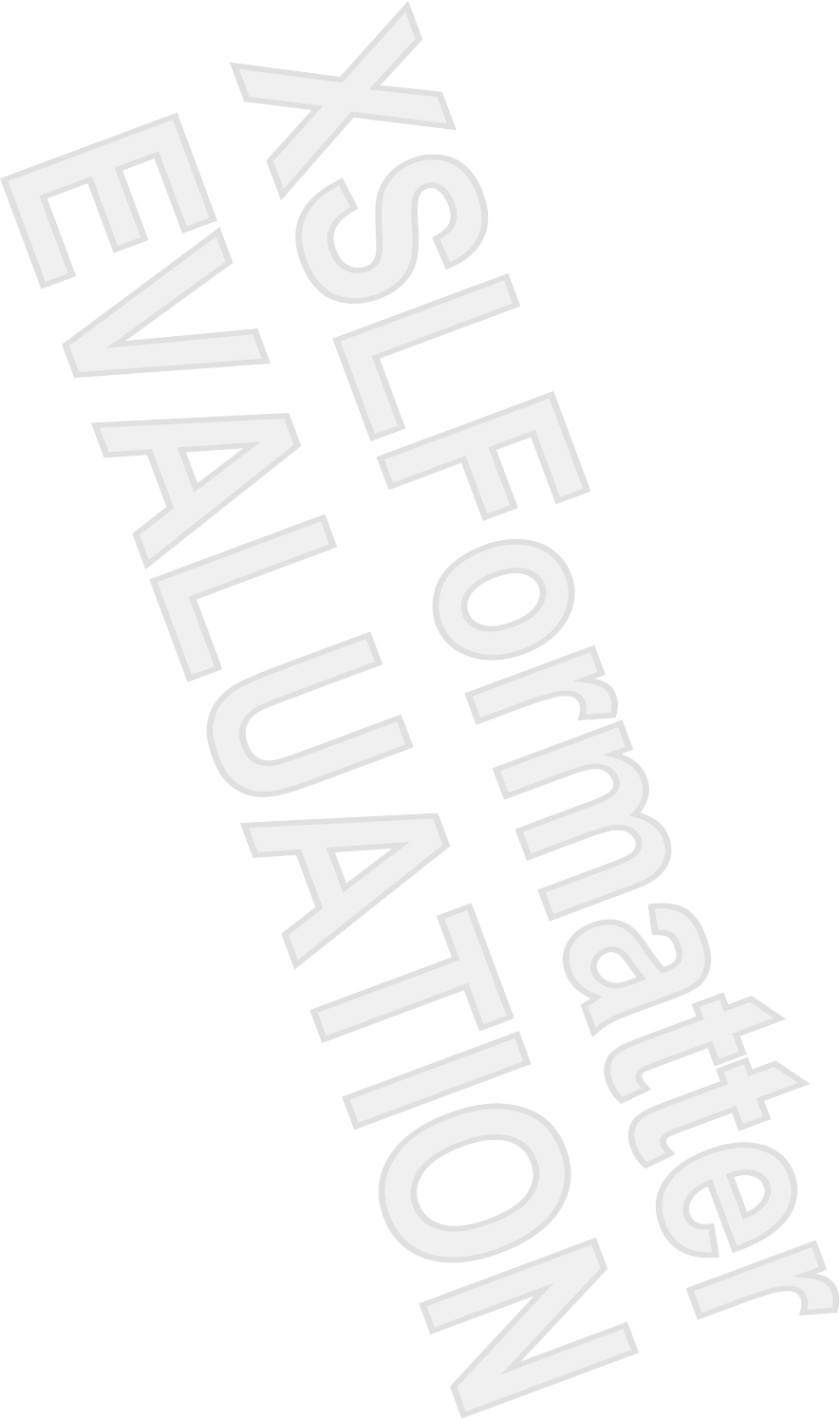
TouchPad 2
wireless 11
M
media activity buttons,
identifying 7, 13
media button, identifying 6
memory module compartment,
identifying 16
microphone (audio-in) jack 11
Microsoft Certificate of Authenticity
label 19
Mini Card compartment,
identifying 16
modem approval label 19
modem cable adapter,
identifying 18
monitor port, external 14
N
next/fast forward button,
identifying 7, 13
O
operating system
Microsoft Certificate of
Authenticity label 19
Product Key 19
P
play/pause button, identifying 7,
13
ports
expansion 13
external monitor 14
USB 13
power button, identifying 11
power connector, identifying 15
power cord, identifying 18
power light, identifying 8
Previous/rewind button,
identifying 7, 13
Product Key 19
product name and number,
computer 19
R
reader, fingerprint 5
regulatory information
modem approval label 19
regulatory label 19
wireless certification labels 19
release latch, battery 17
RJ-11 (modem) cable,
identifying 18
RJ-11 (modem) jack,
identifying 12
RJ-45 (network) jack,
identifying 13
S
S-Video-out jack, identifying 14
scrolling regions, TouchPad 2
security cable slot, identifying 12
serial number, computer 19
service tag 19
slots
Digital Media 15
ExpressCard 15
memory module 16
security cable 12
stop button, identifying 7, 13
T
TouchPad
buttons 2
identifying 2
scrolling regions 2
TouchPad light, identifying 2
TouchPad on/off button 2
traveling with the computer
modem approval label 19
wireless certification labels 19
U
USB ports, identifying 13
V
vents, identifying 12, 14, 16
W
Windows applications key,
identifying 3
Windows logo key, identifying 3
wireless antennae 9
wireless certification label 19
wireless light, identifying 11
WLAN device 19
WLAN label 19
WWAN device 10
ENWW Index 21
Antenna House XSL Formatter (Evaluation) http://www.antennahouse.com/
